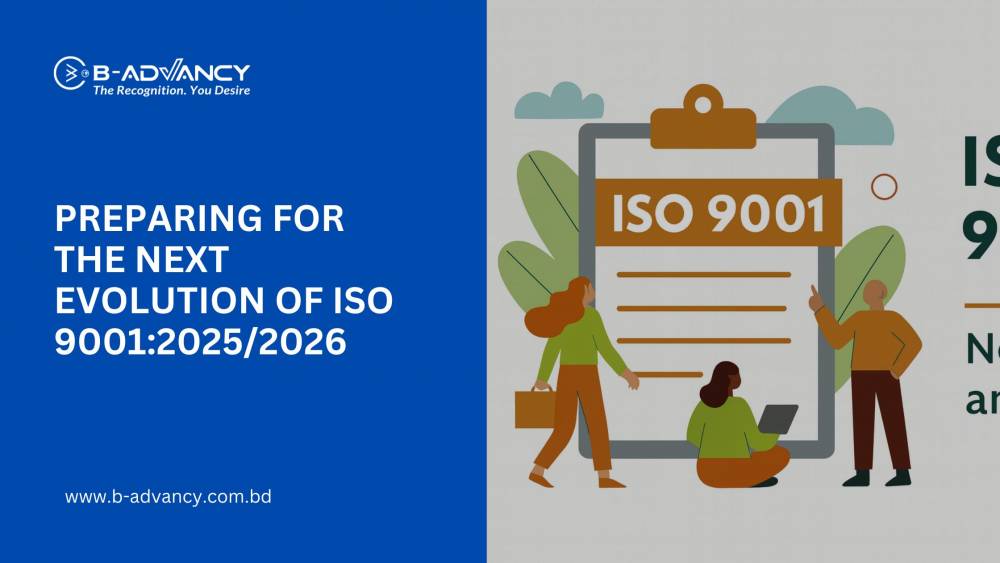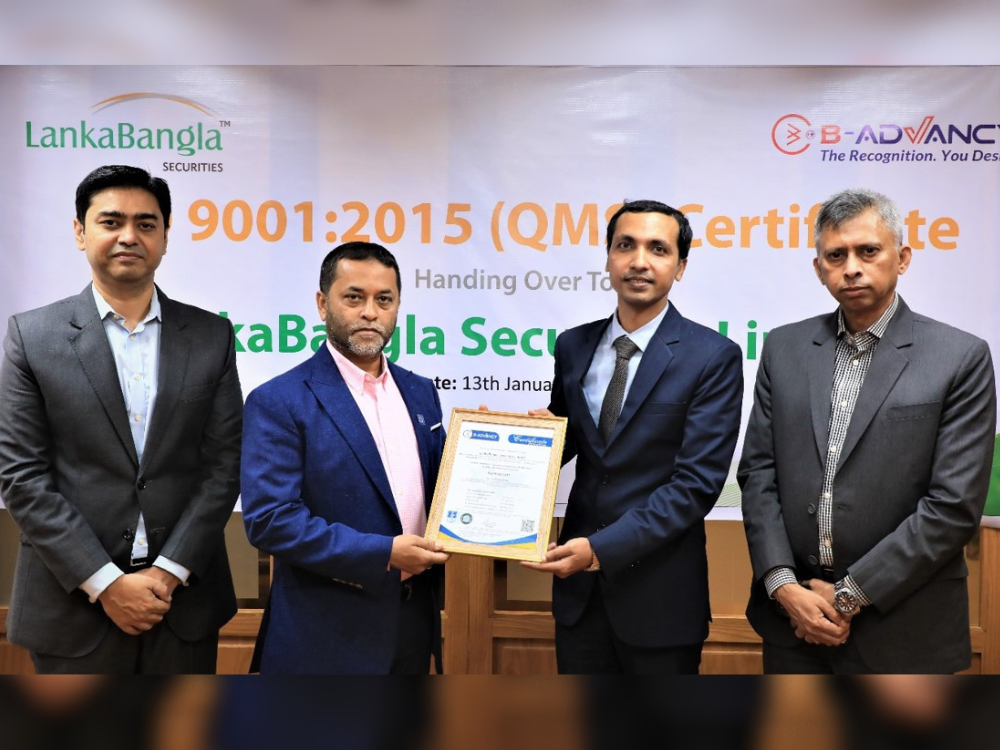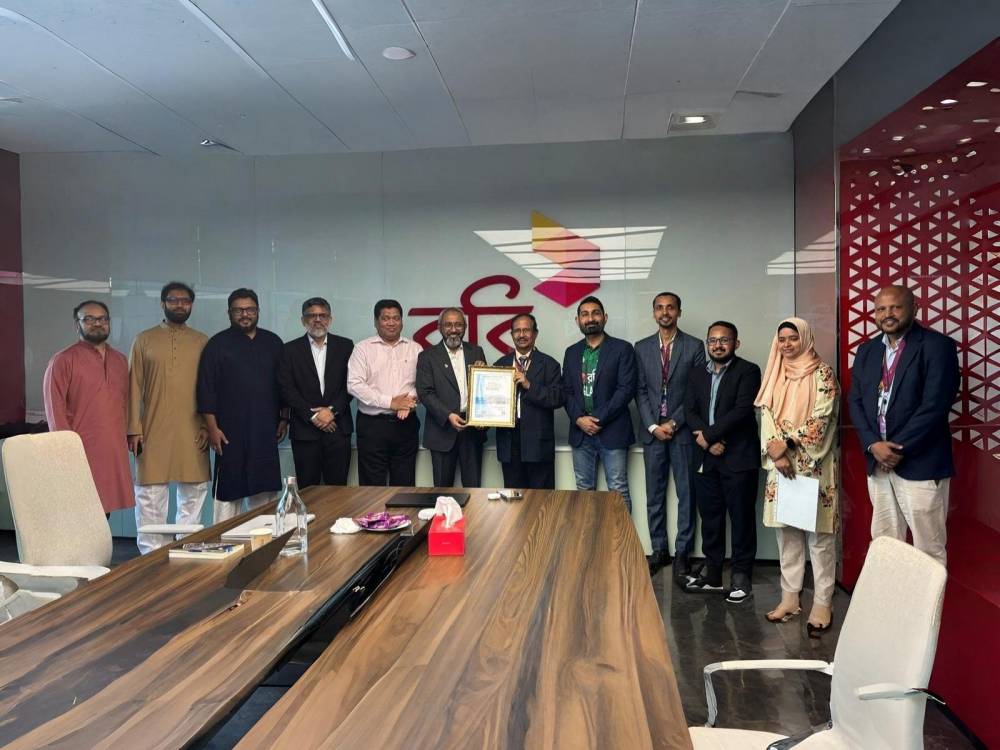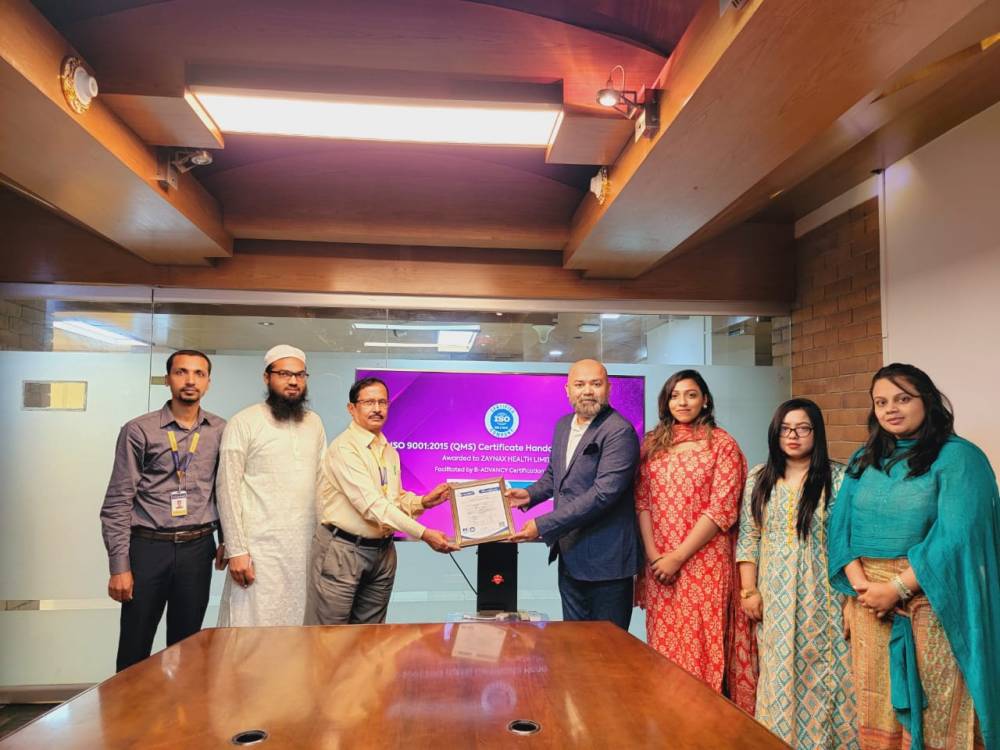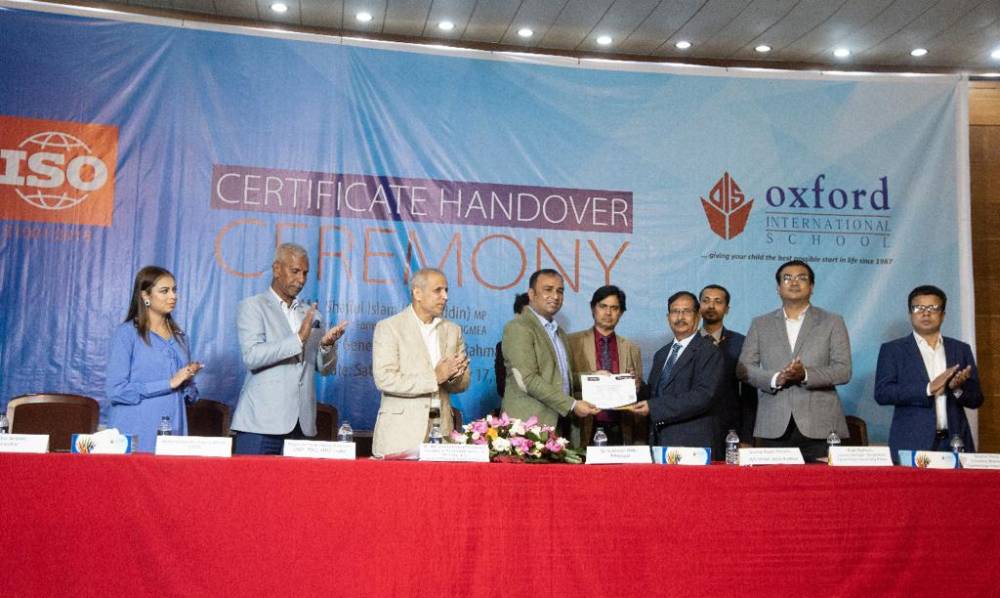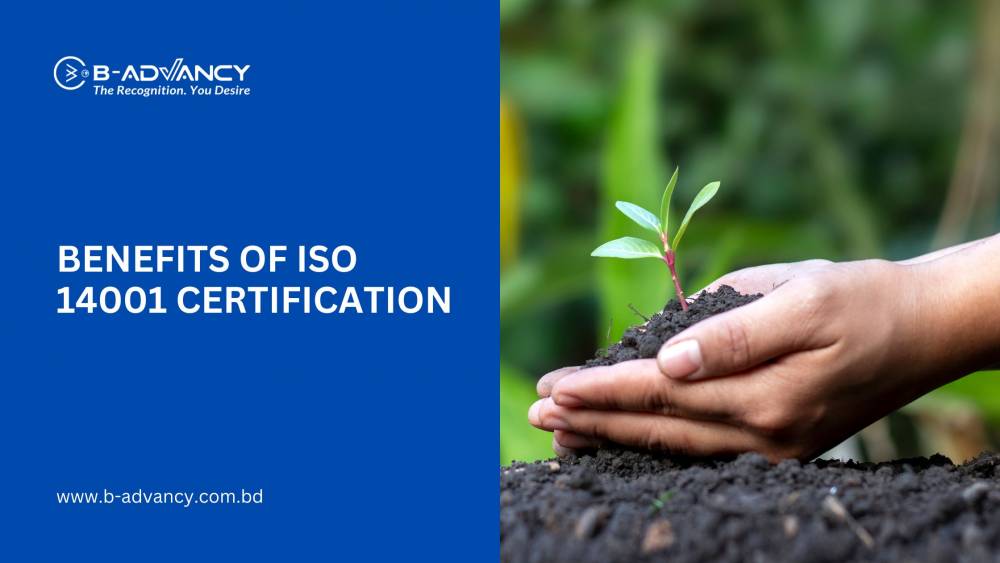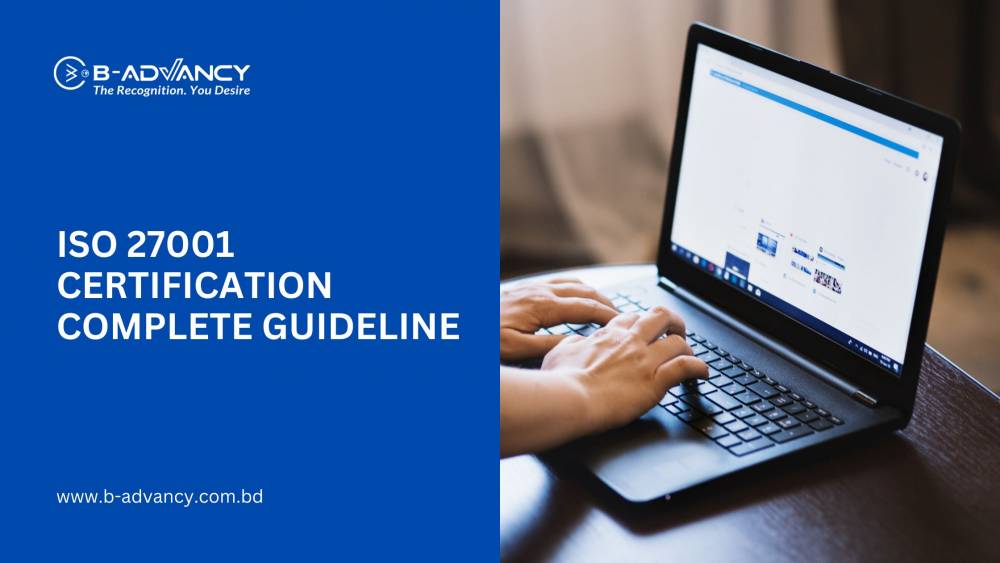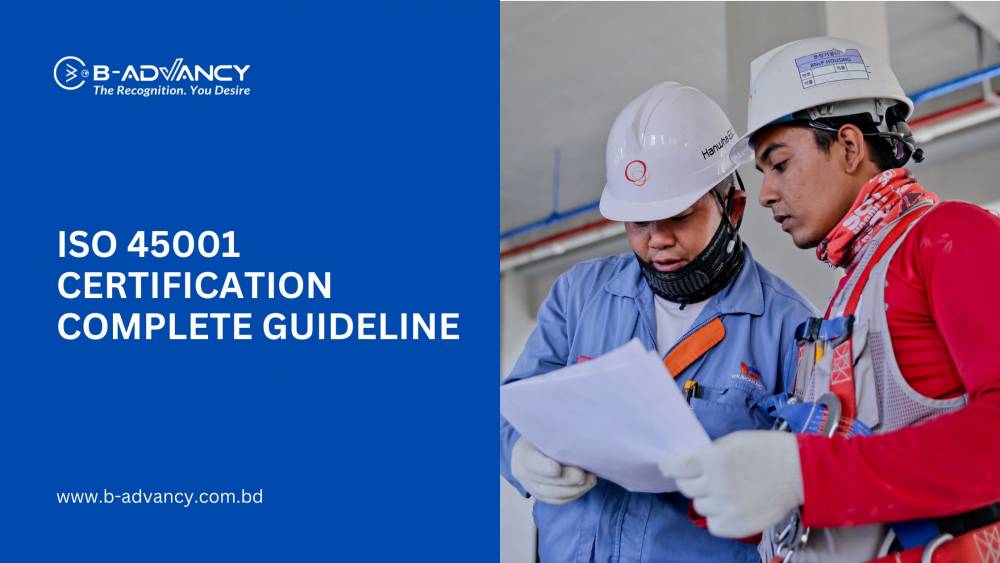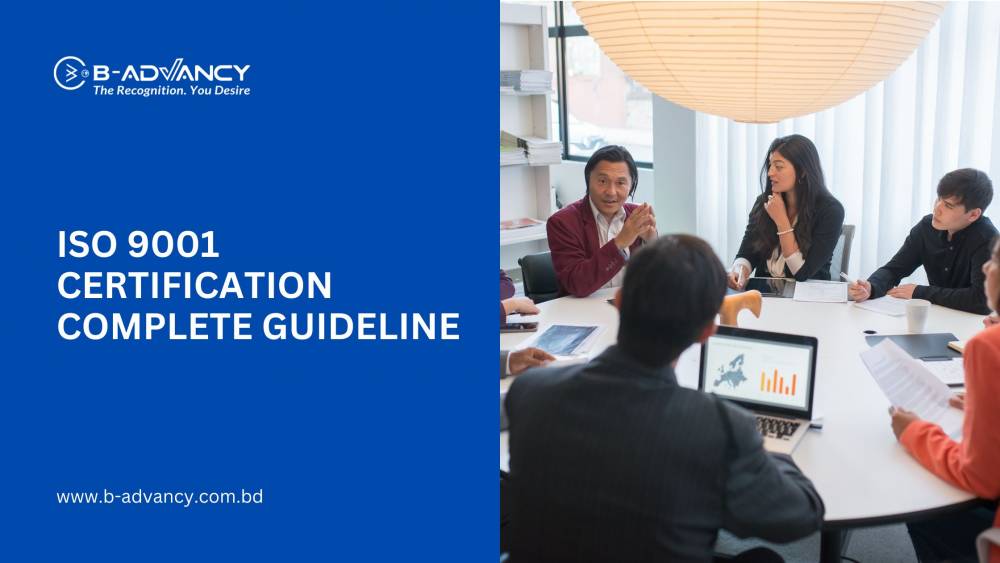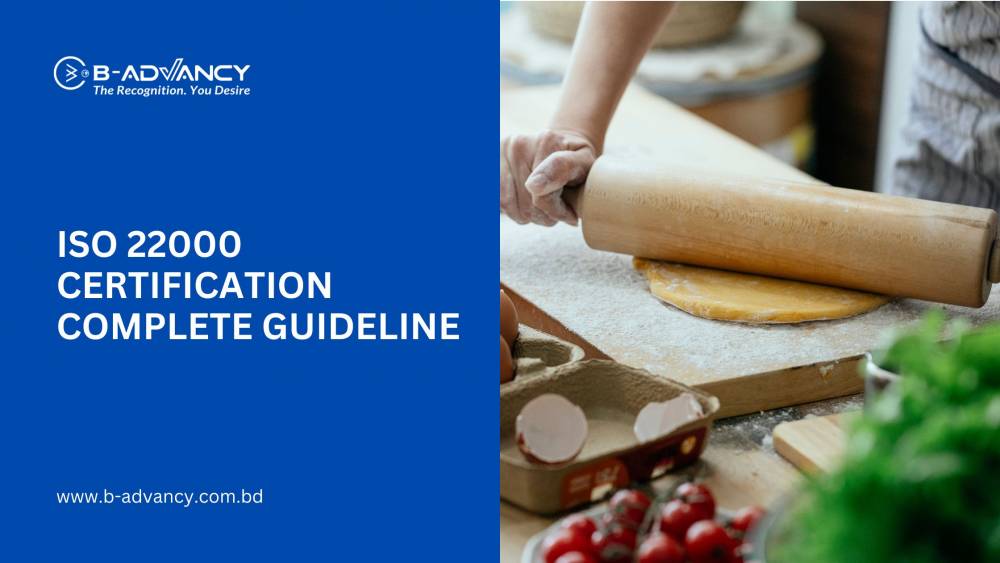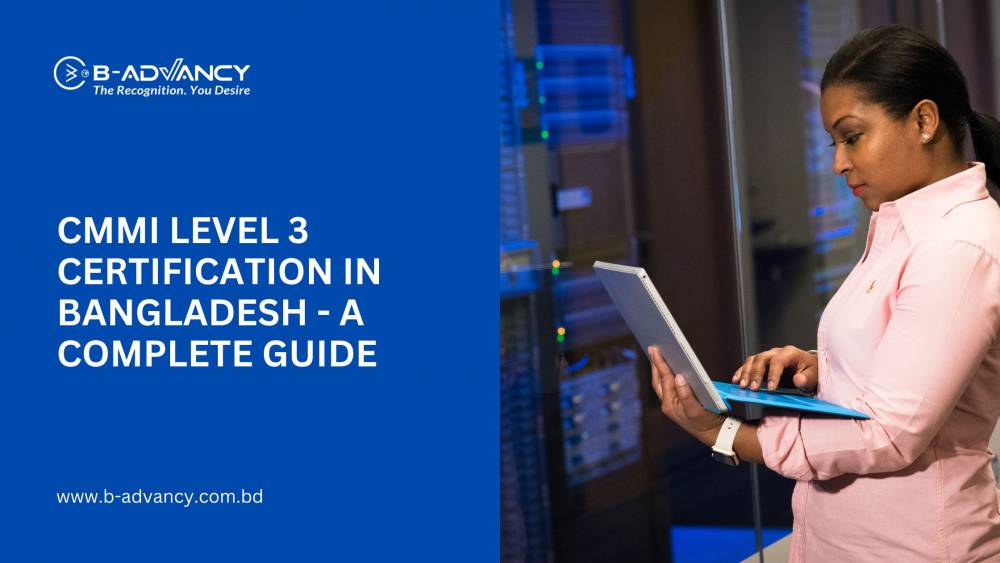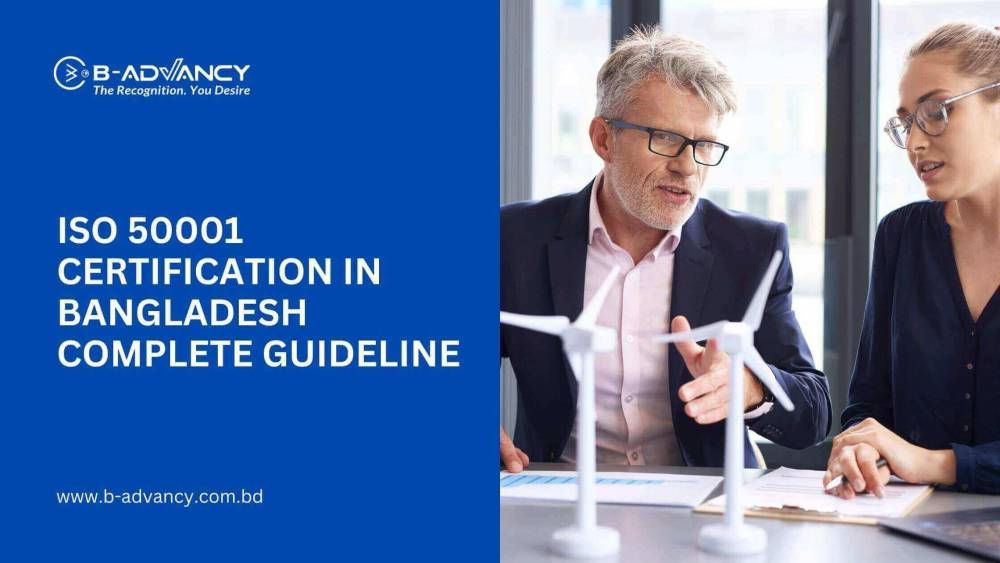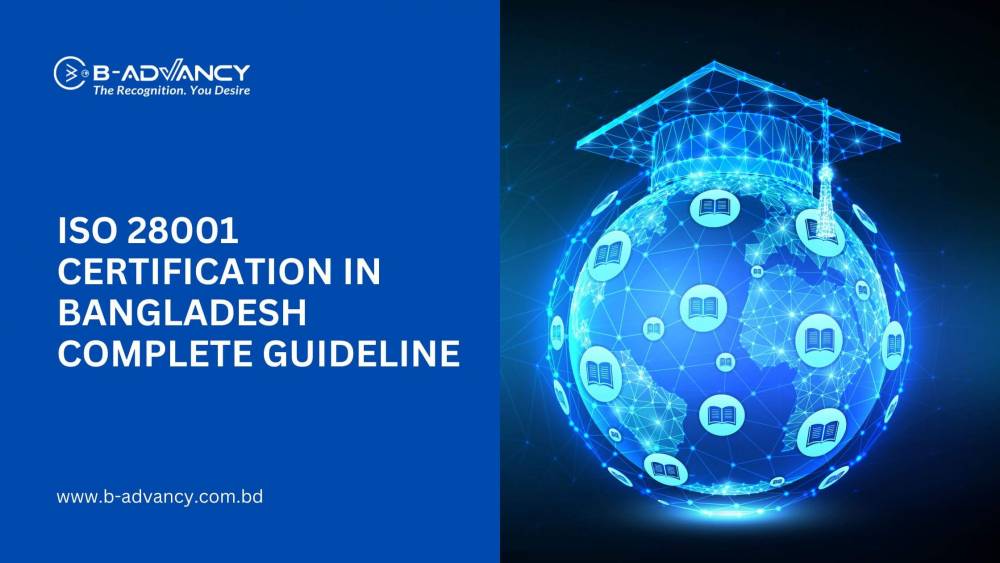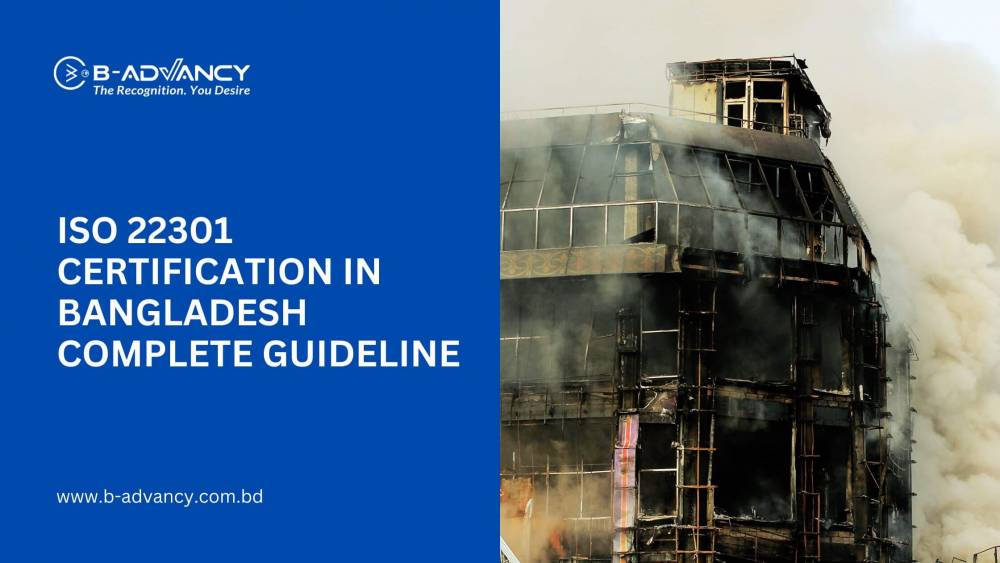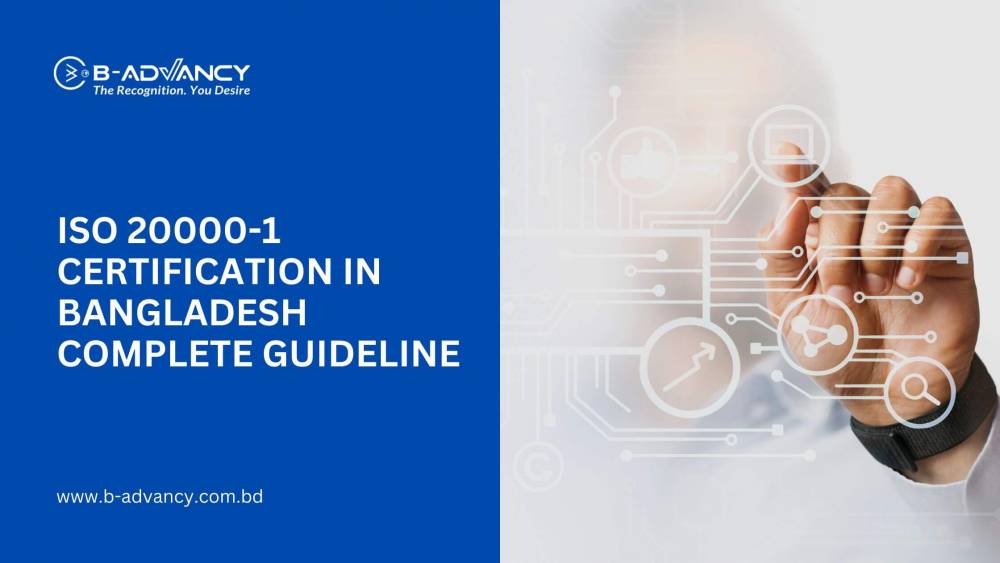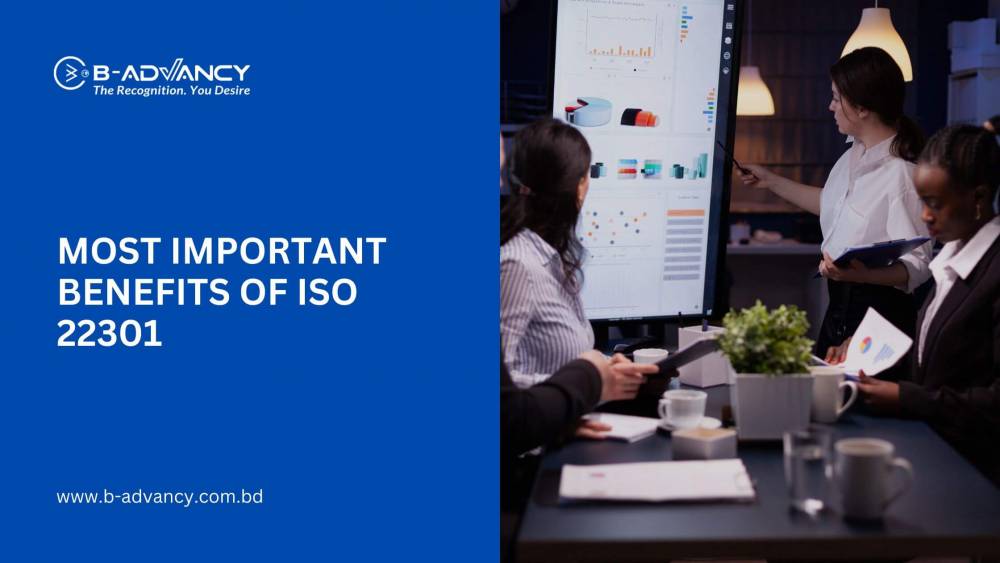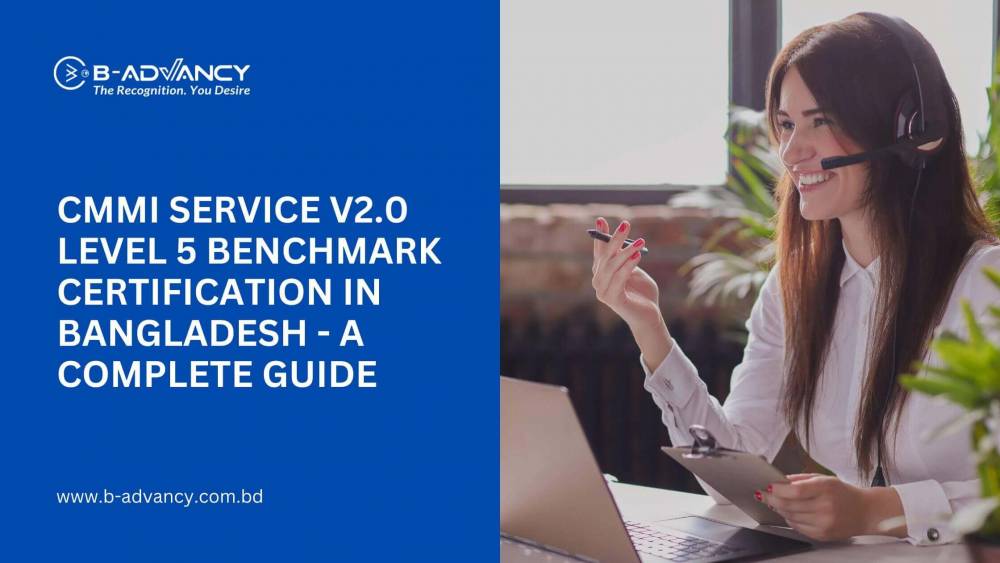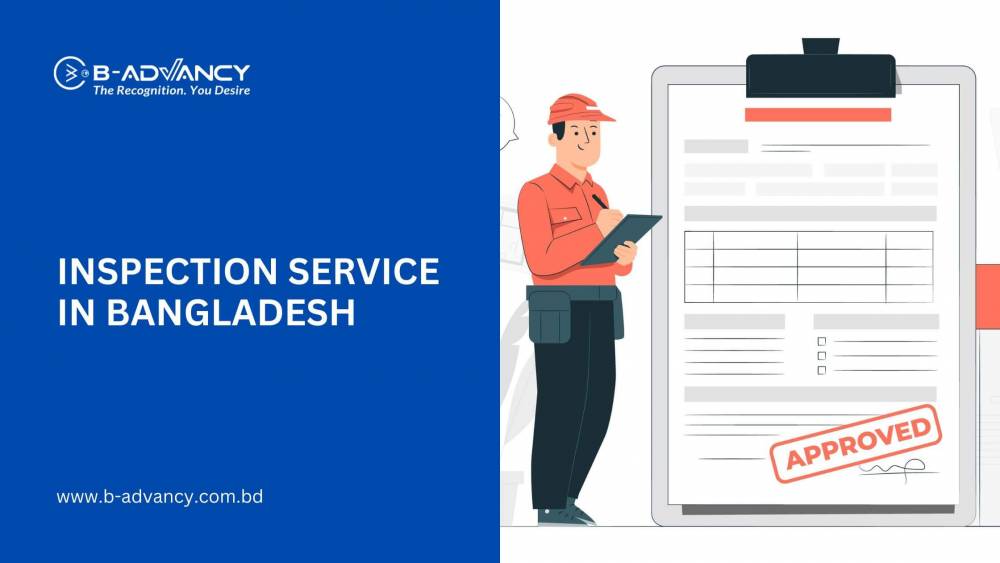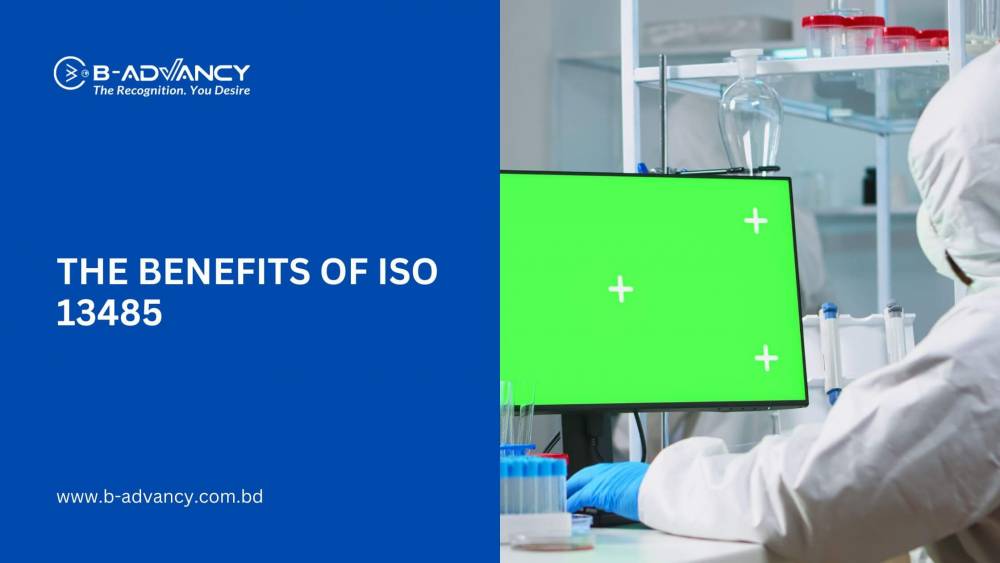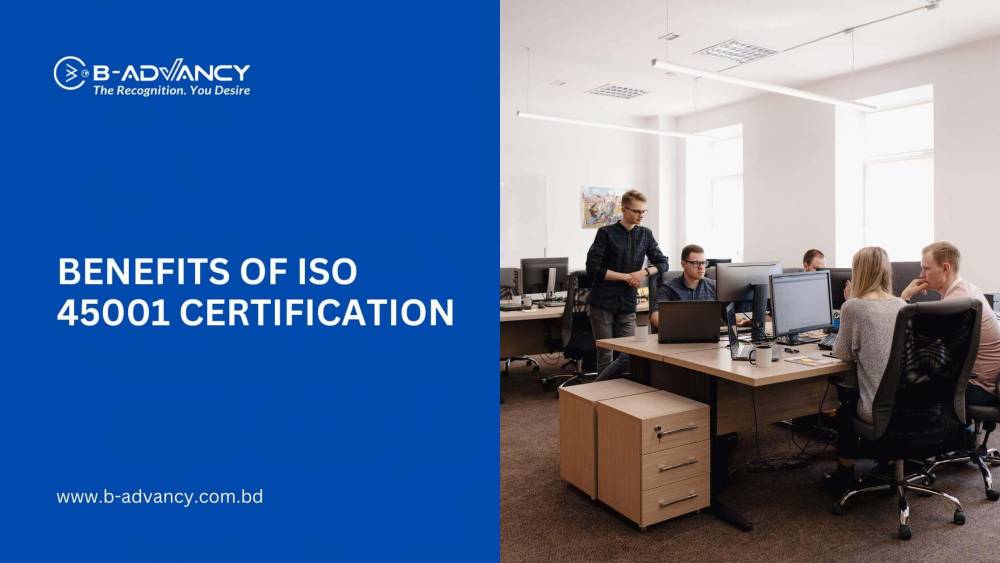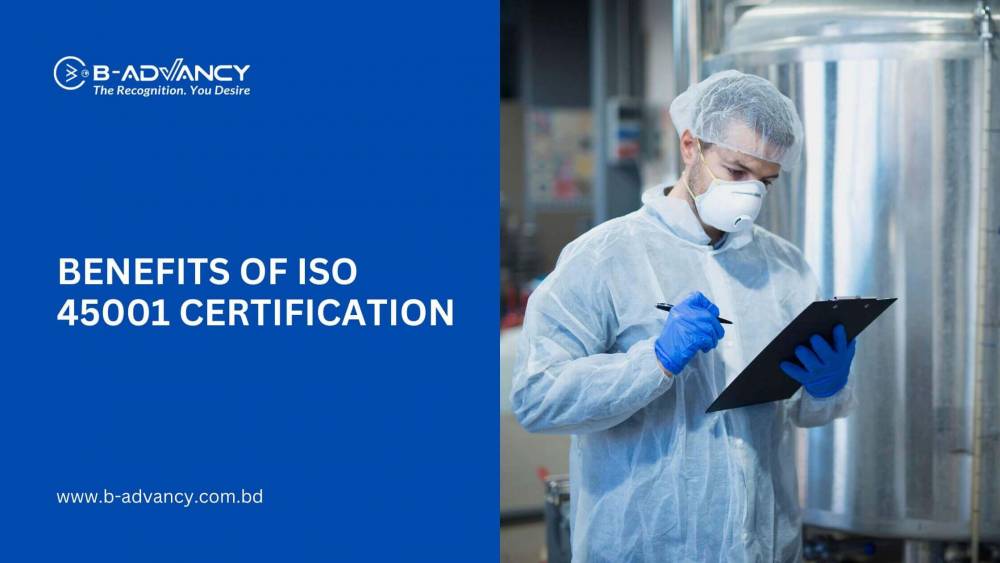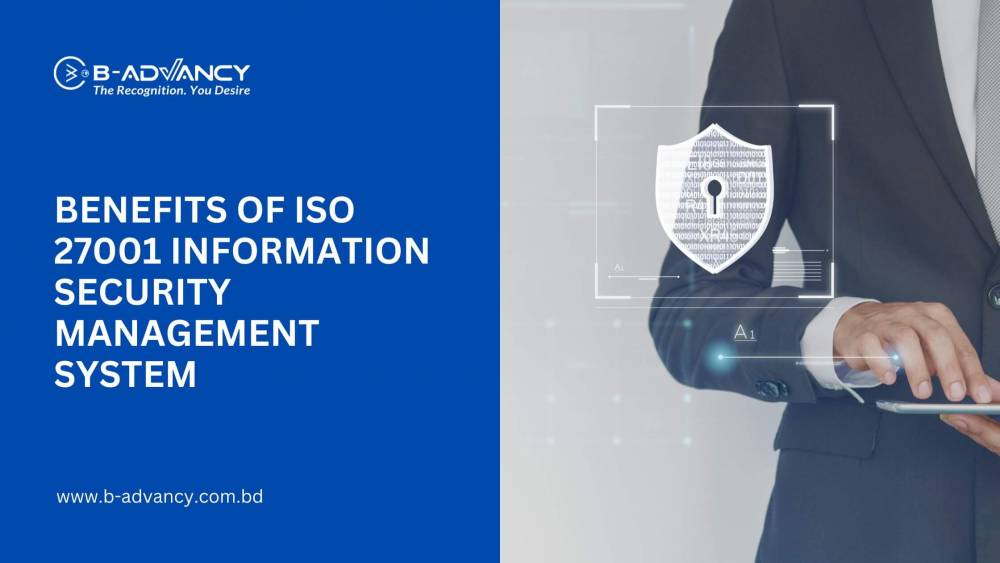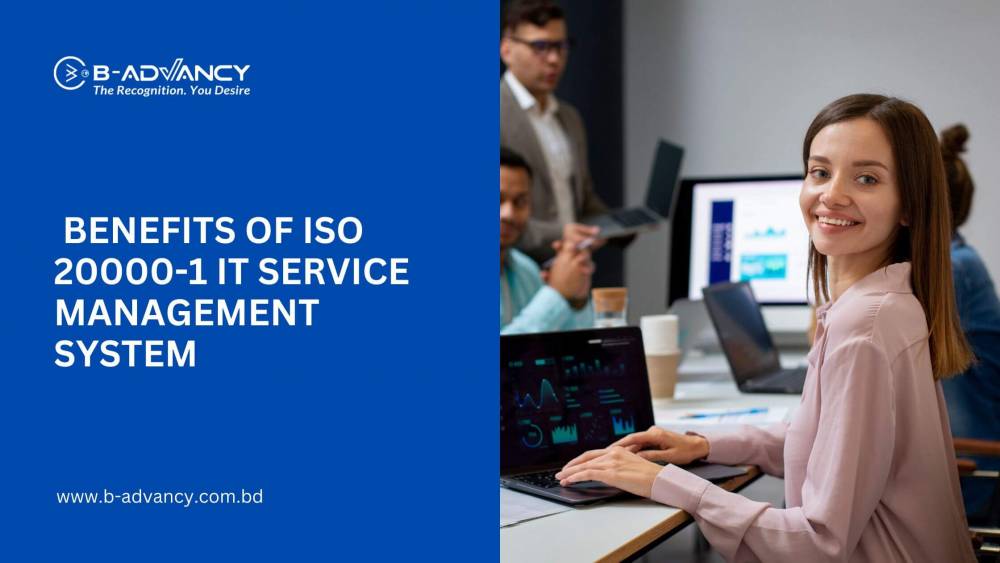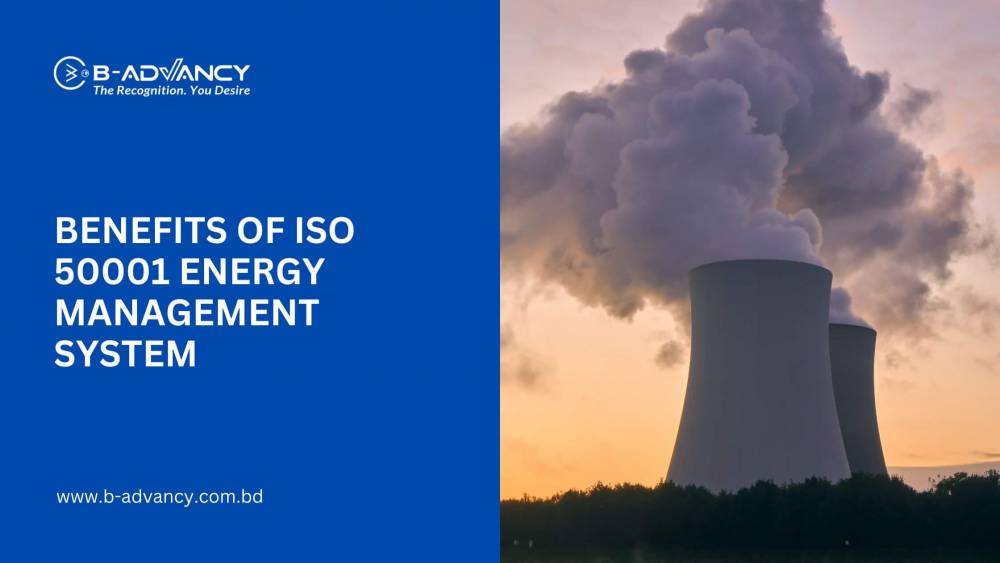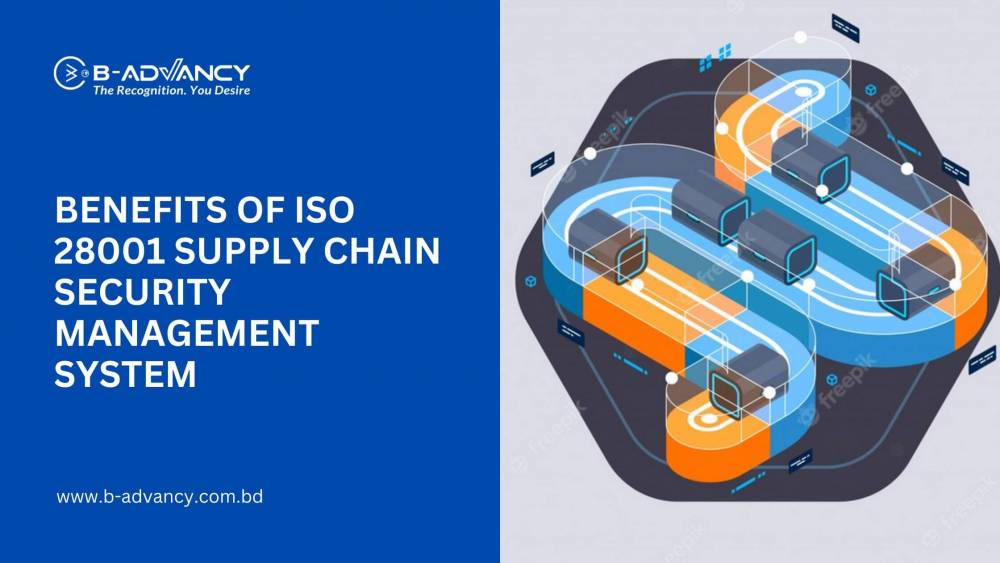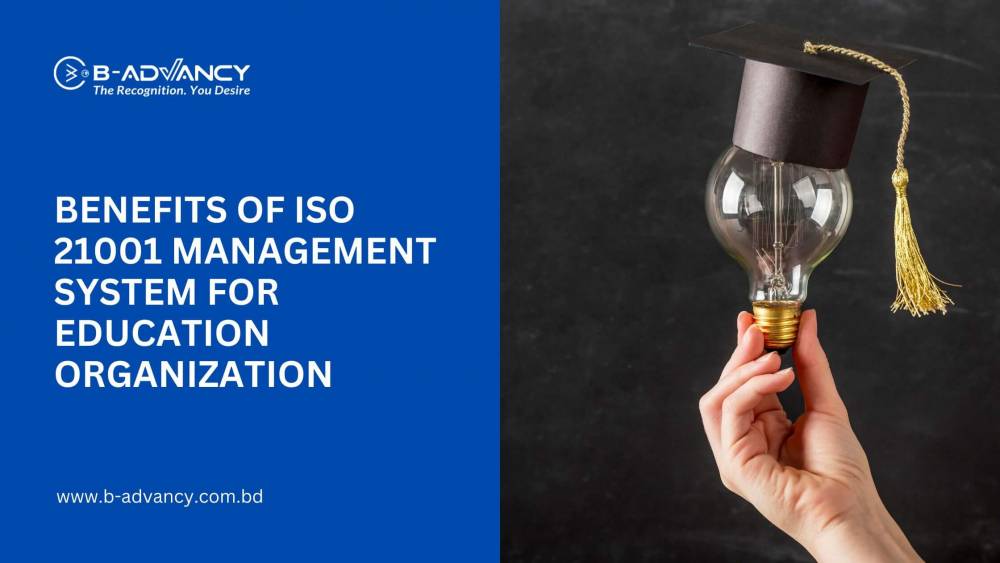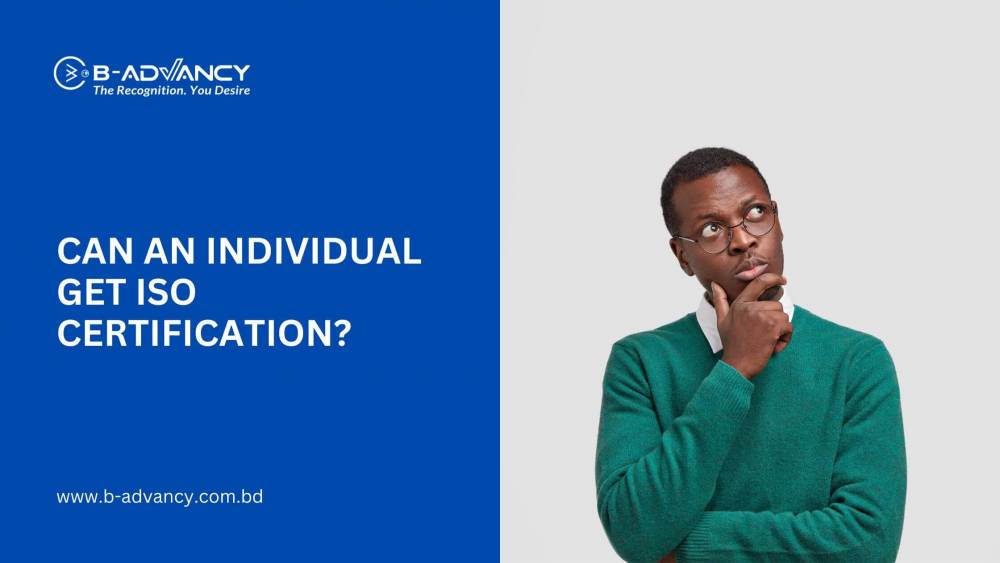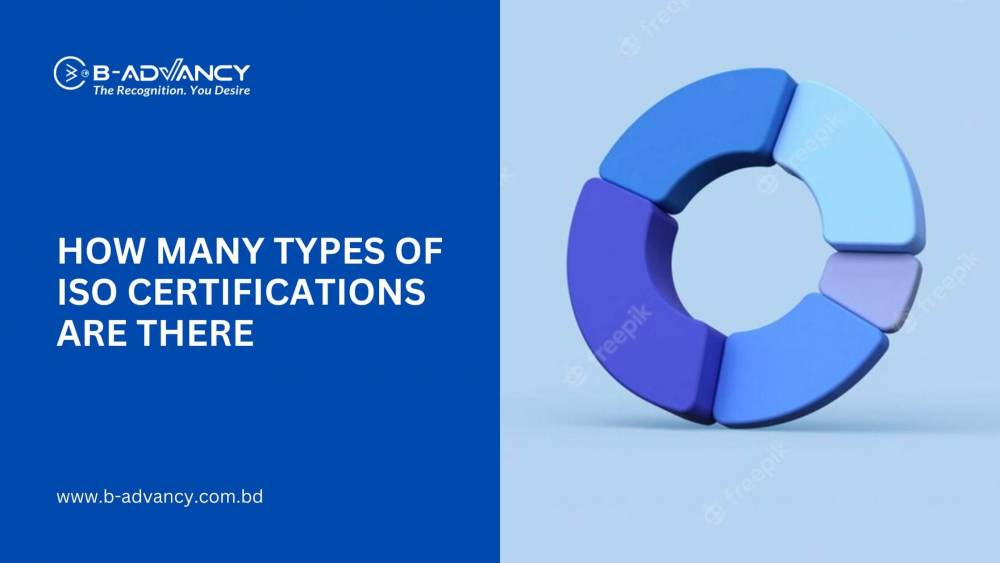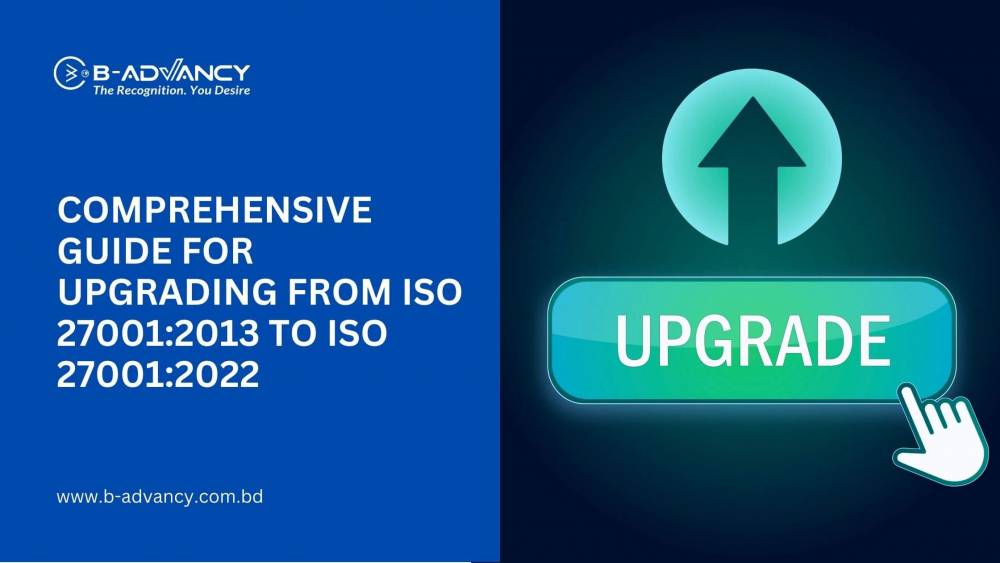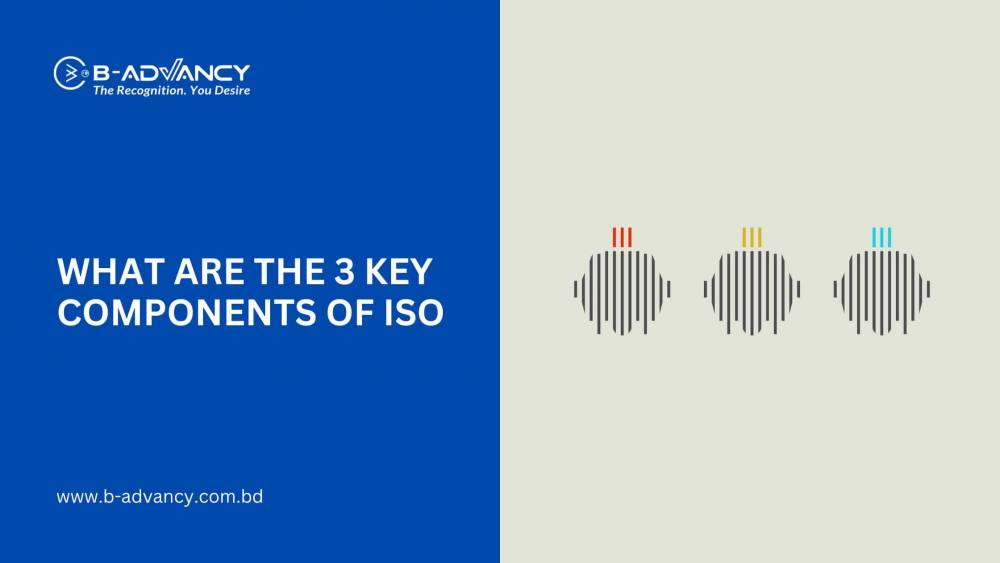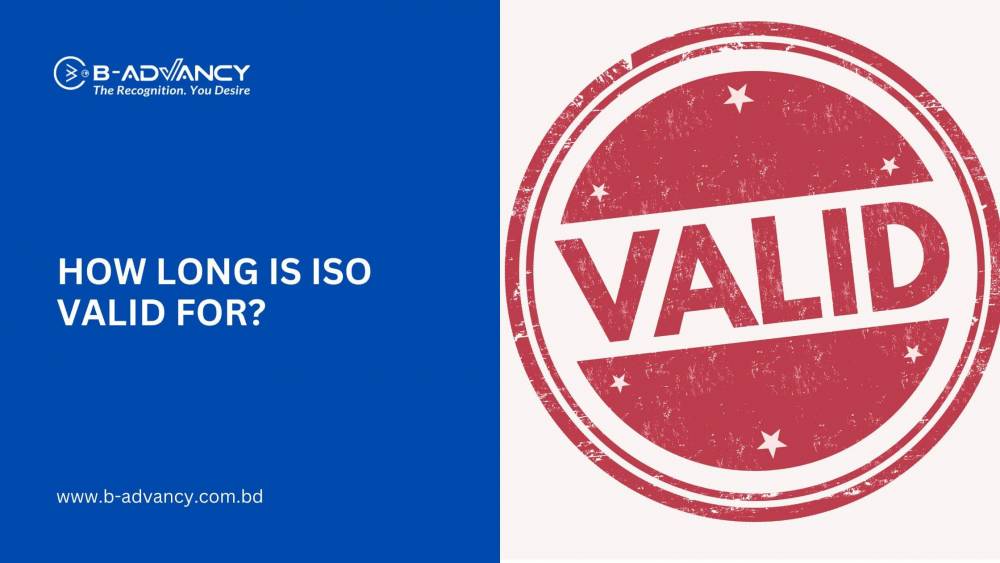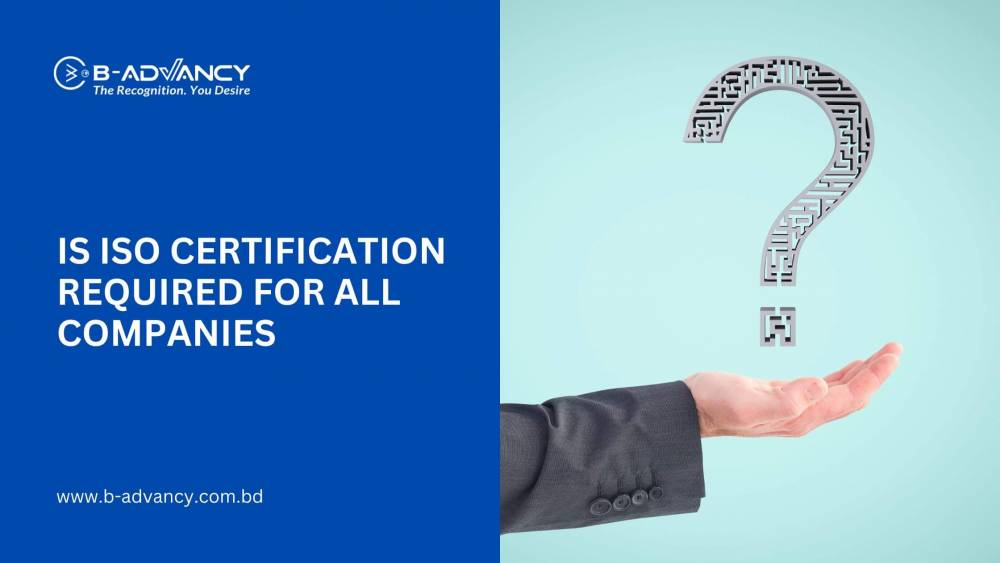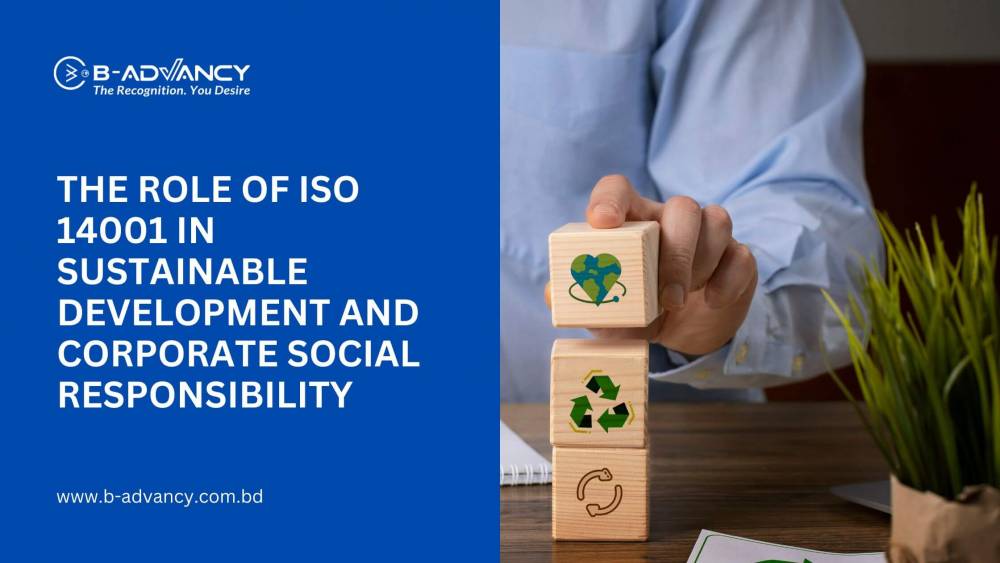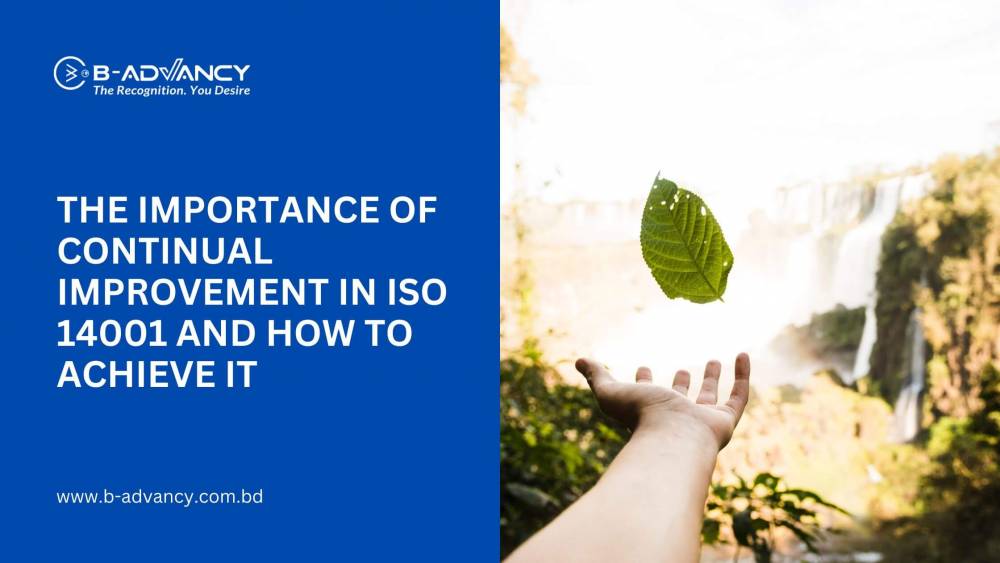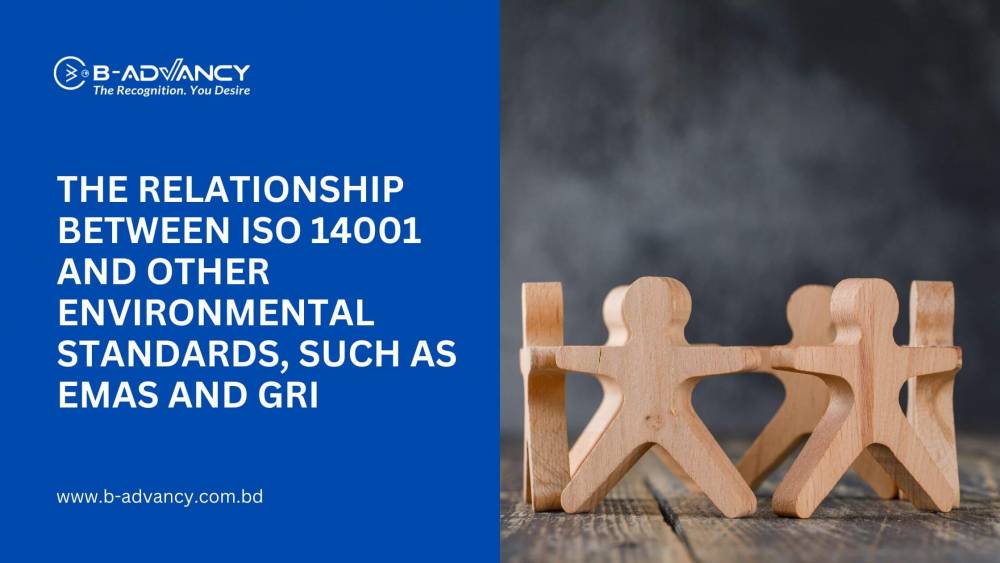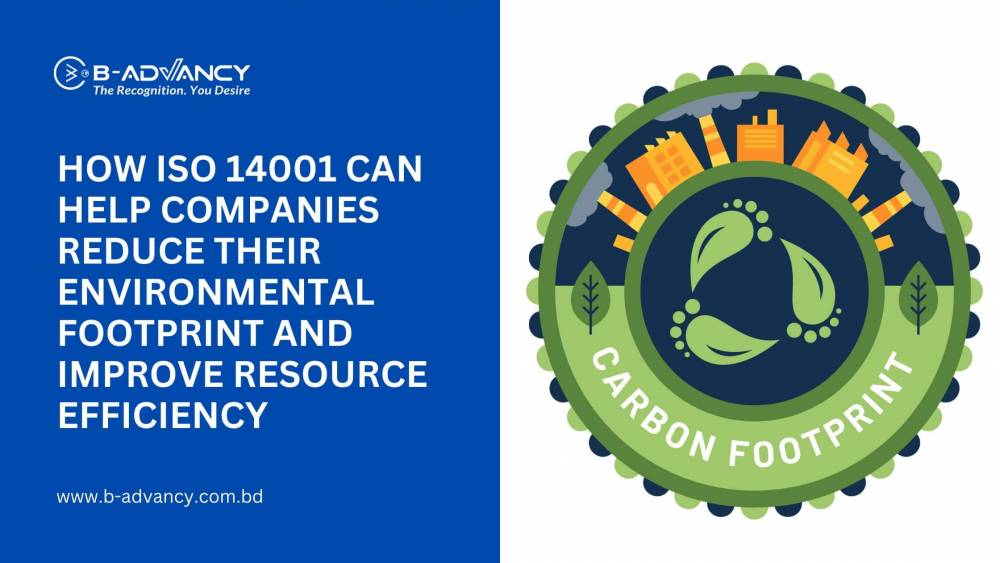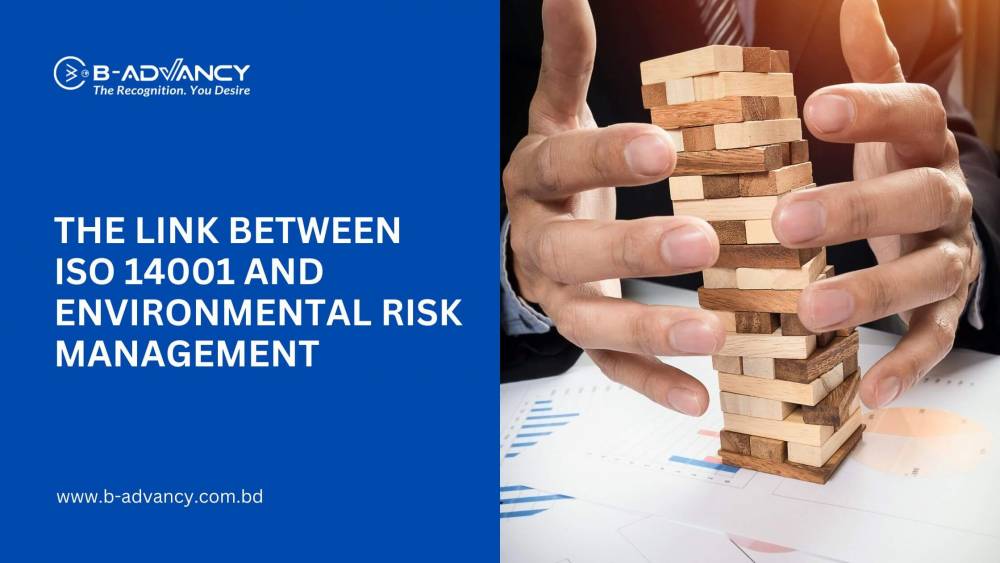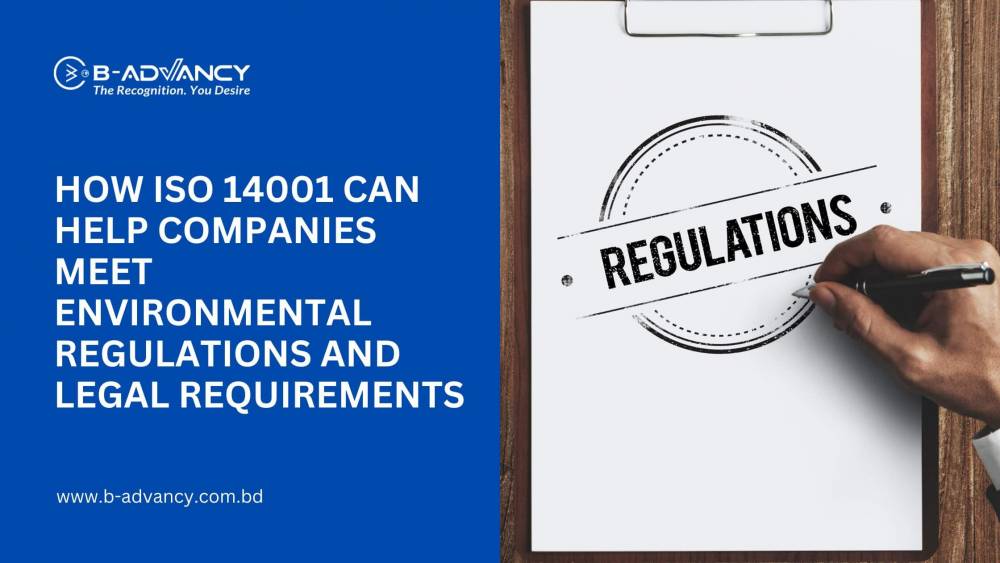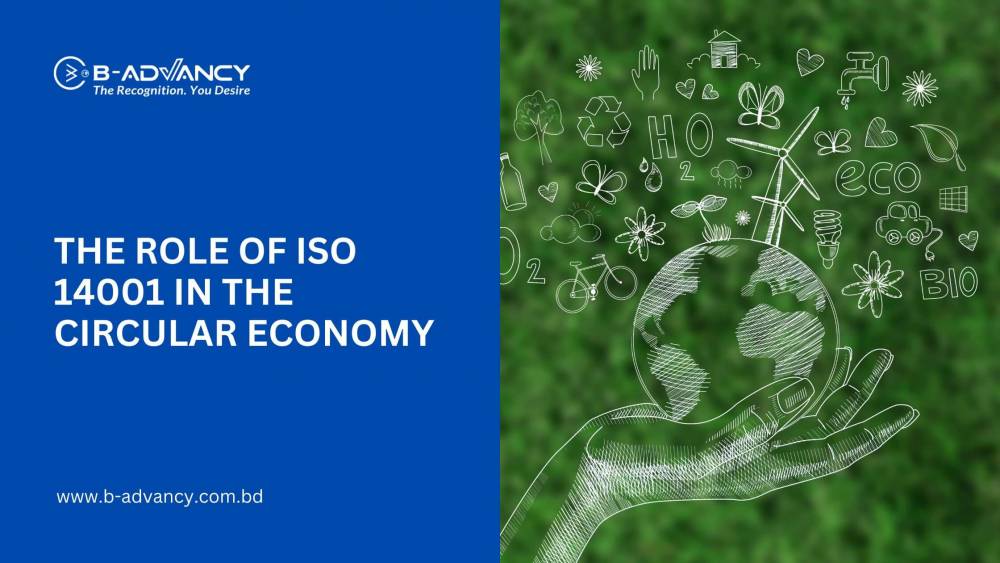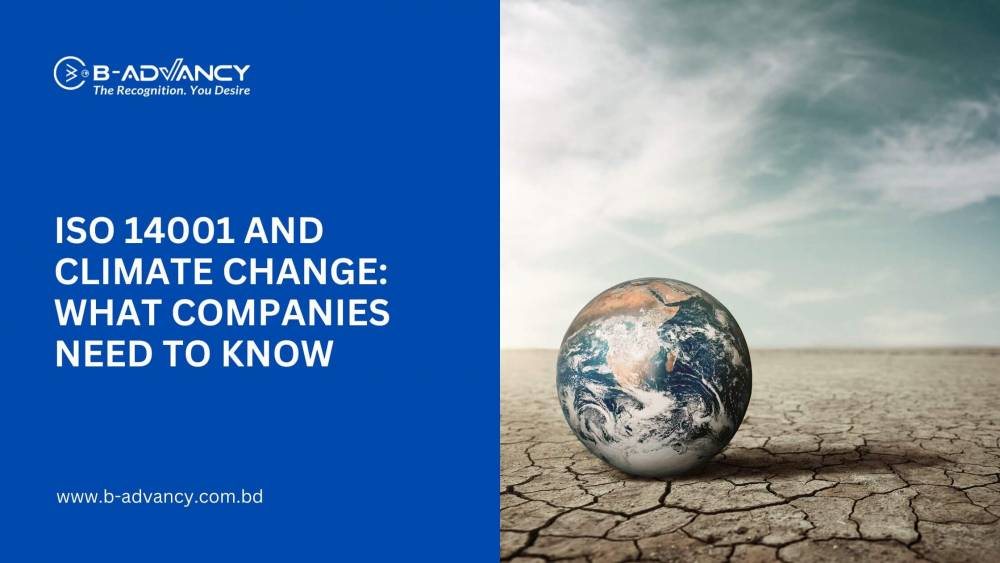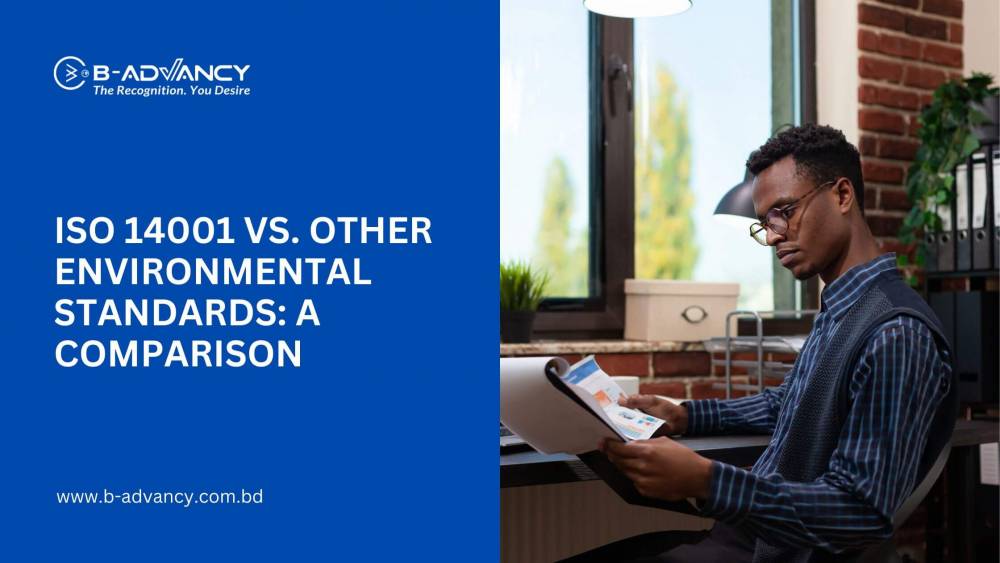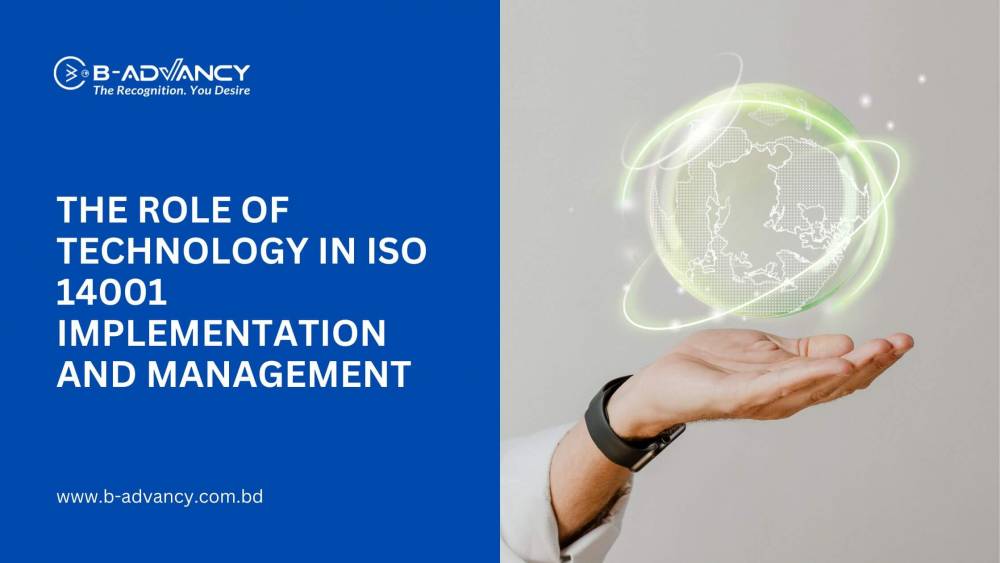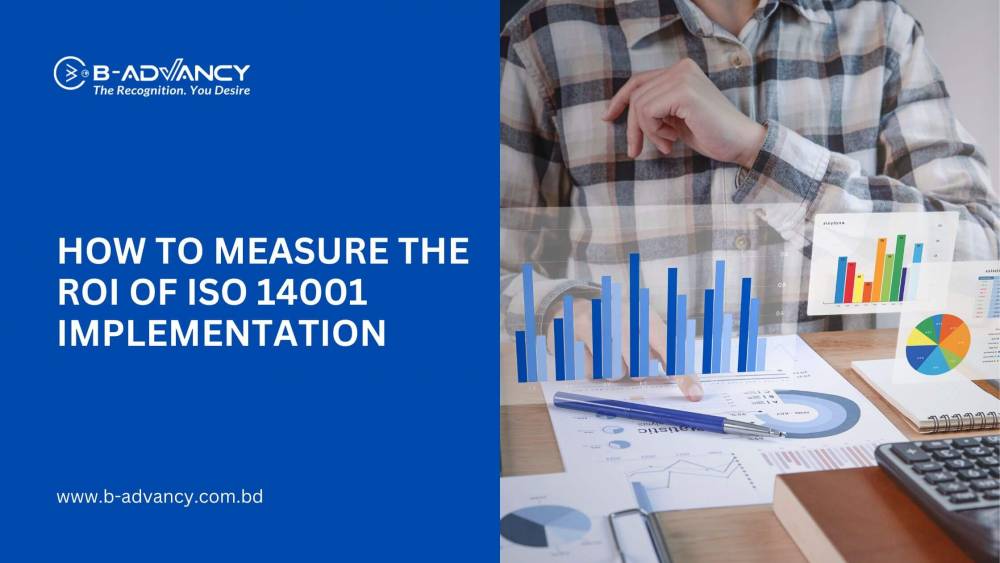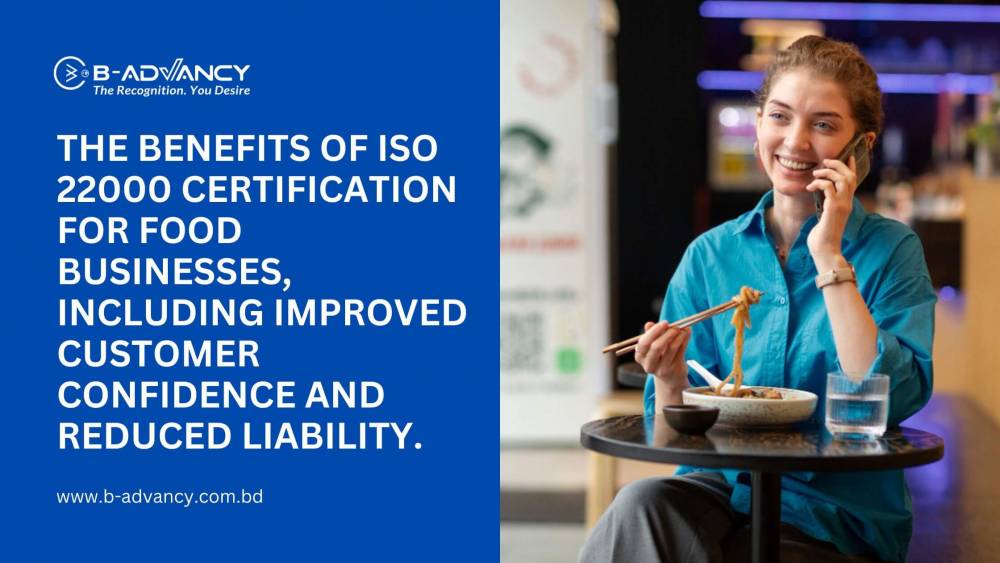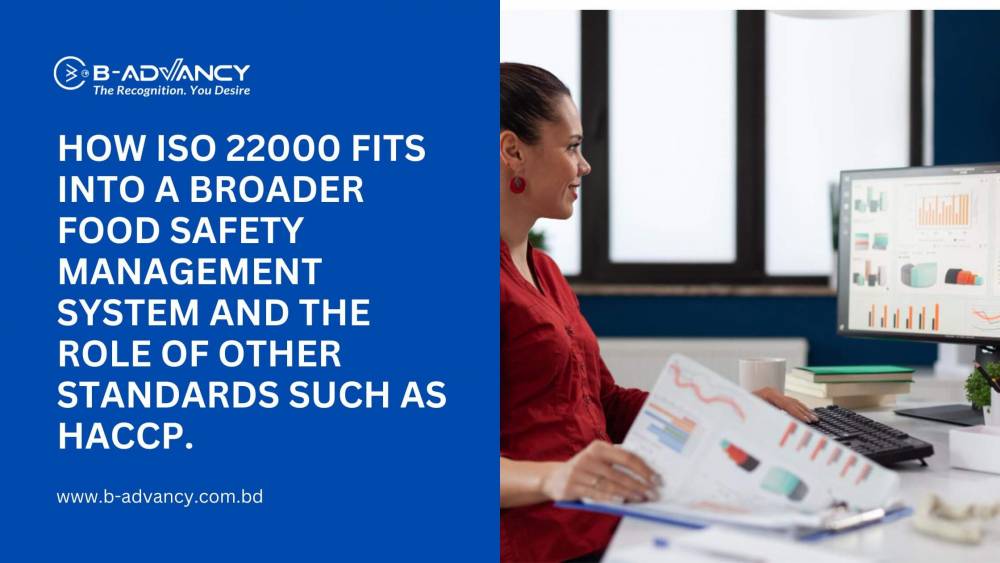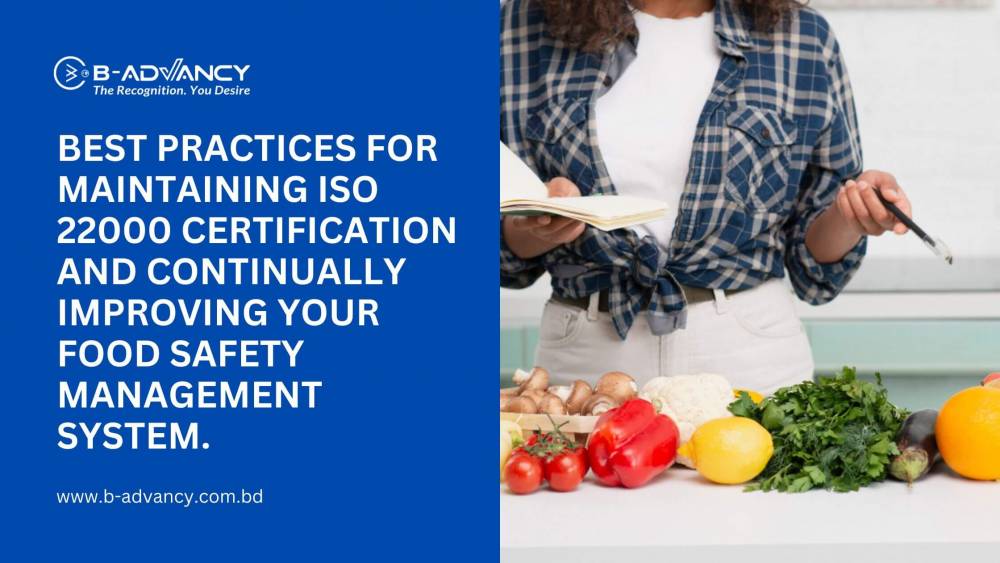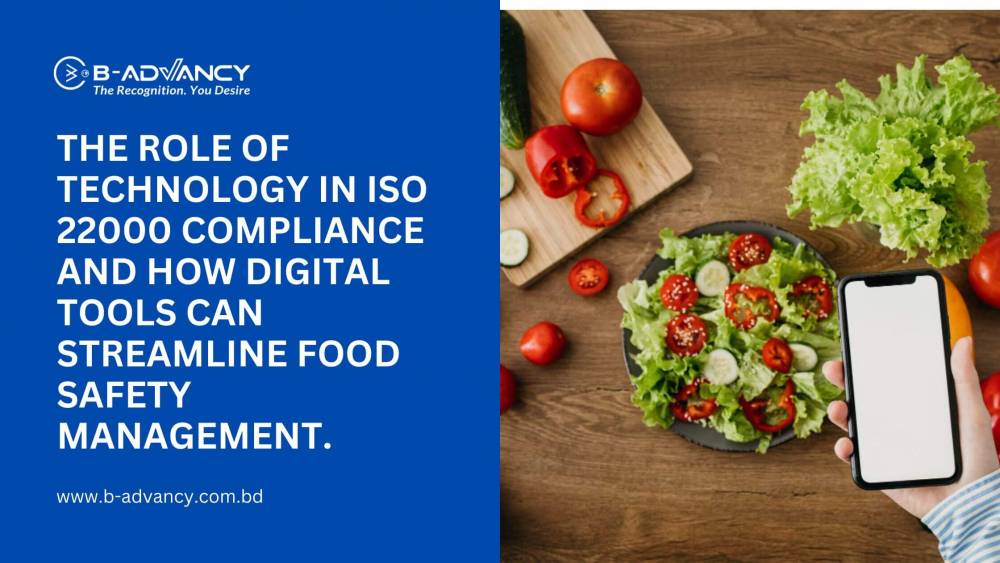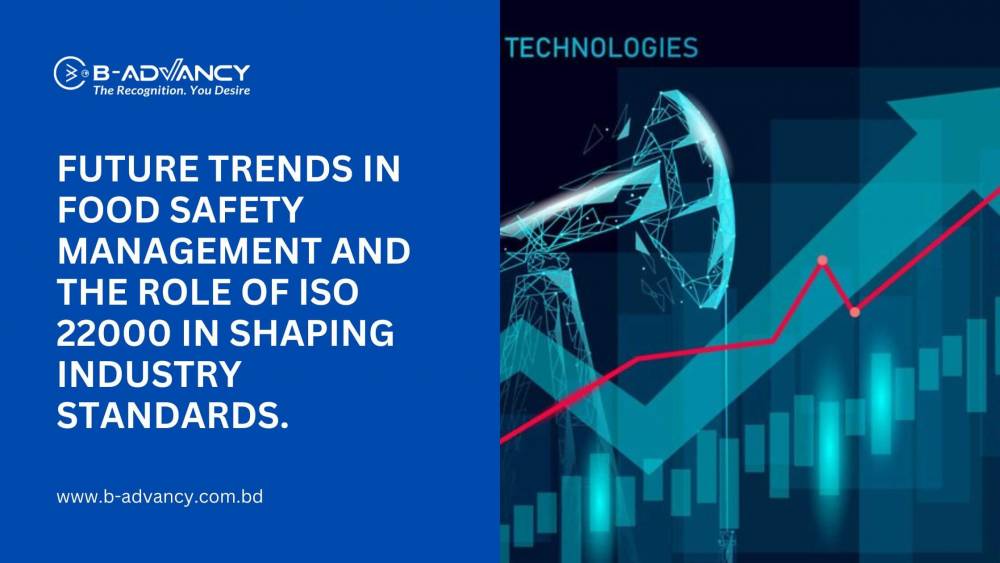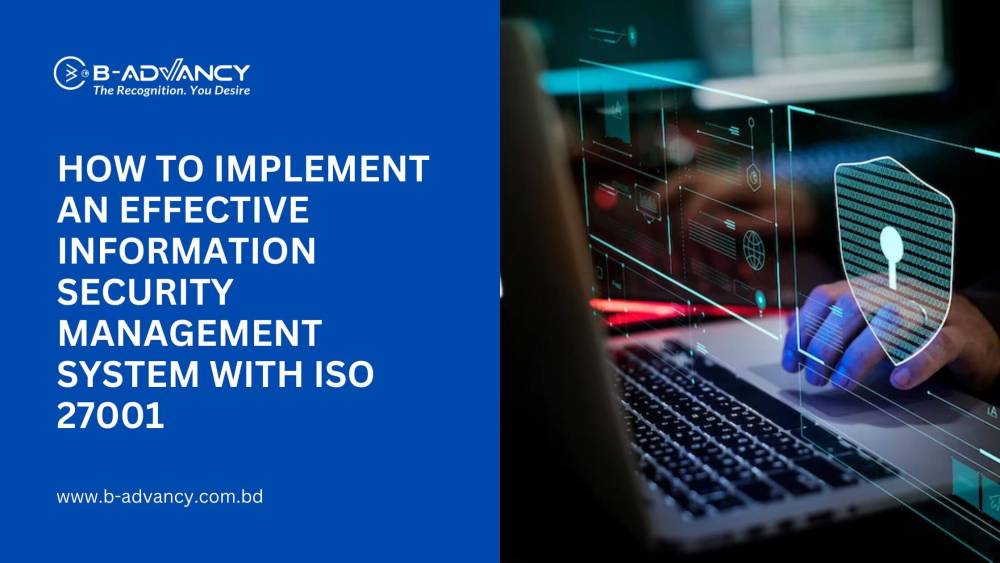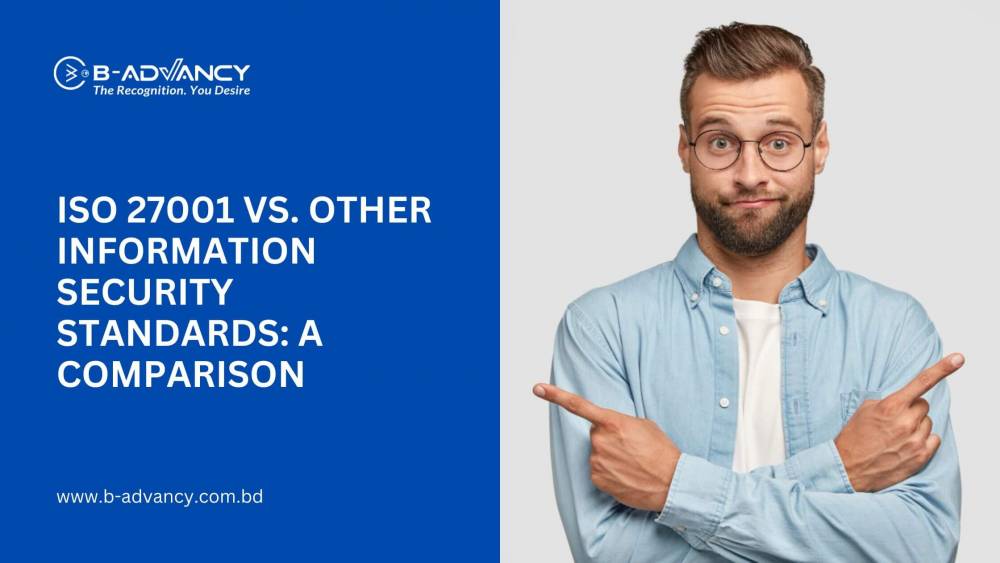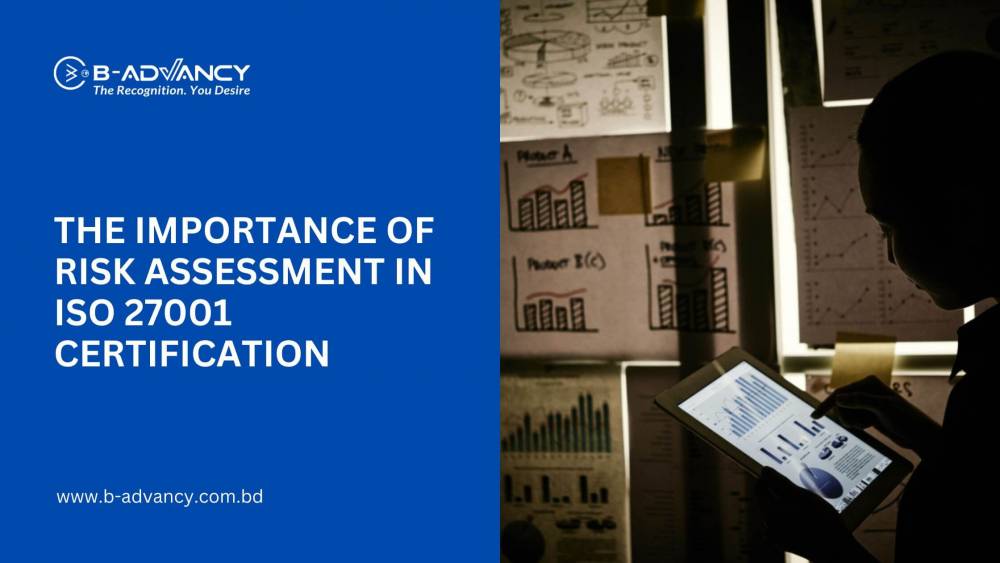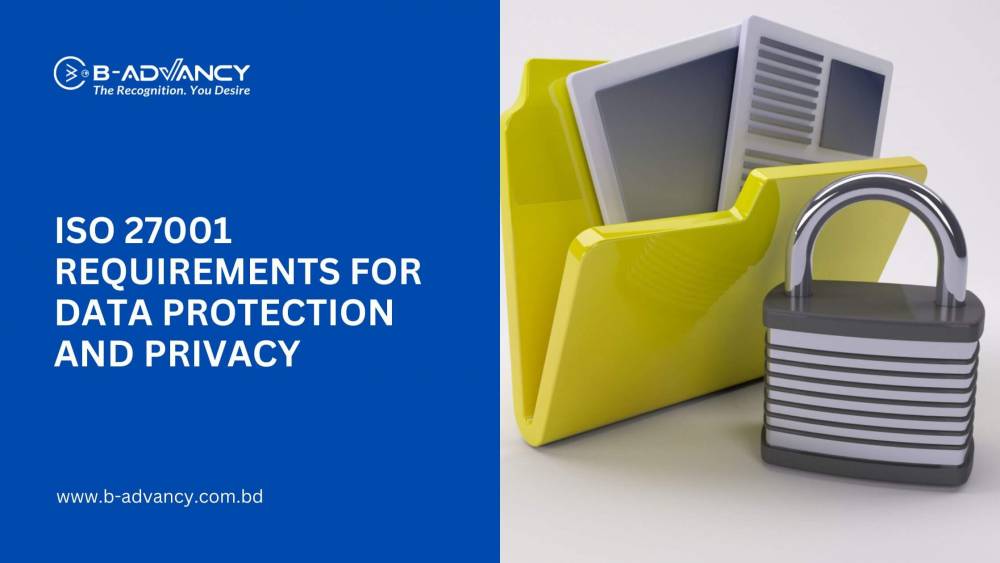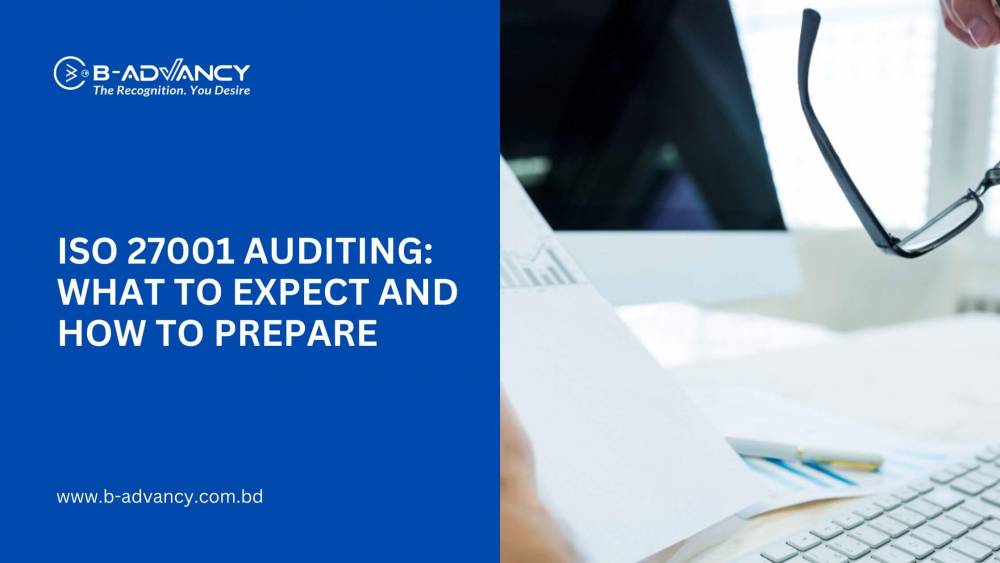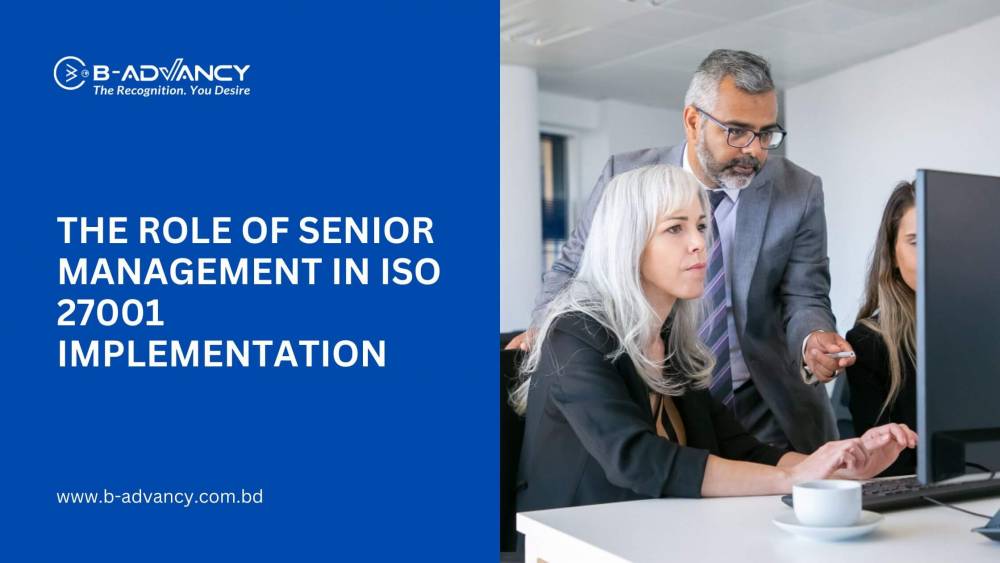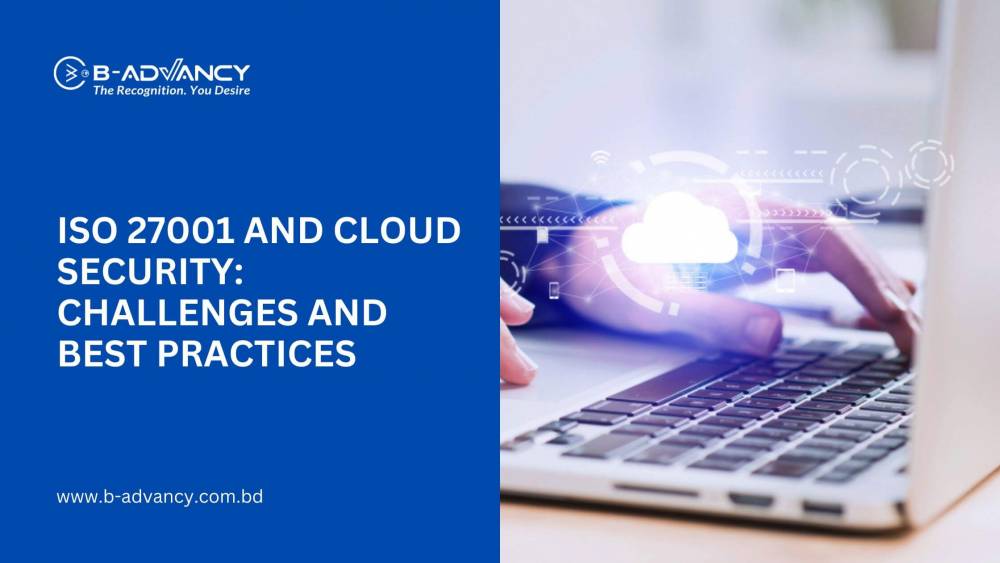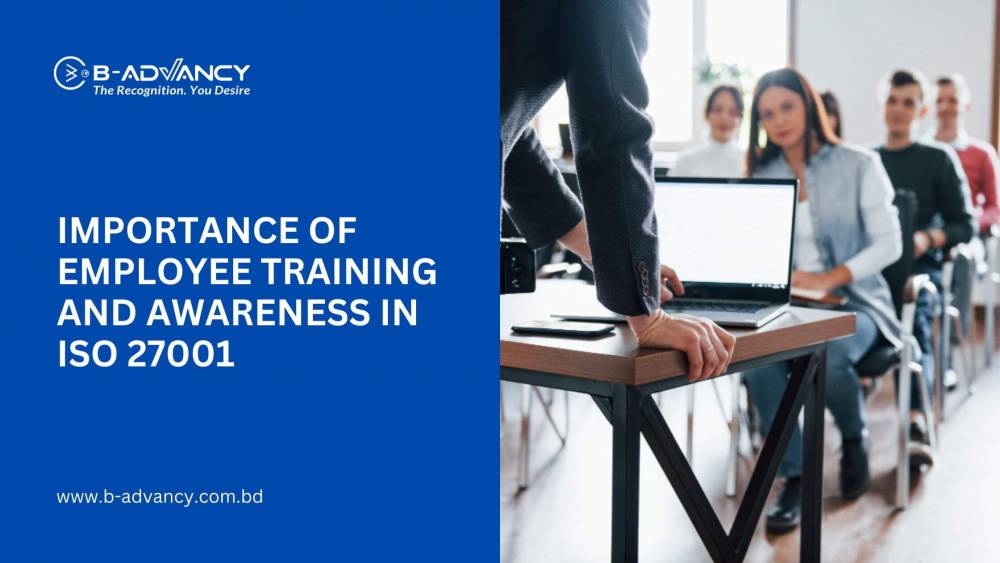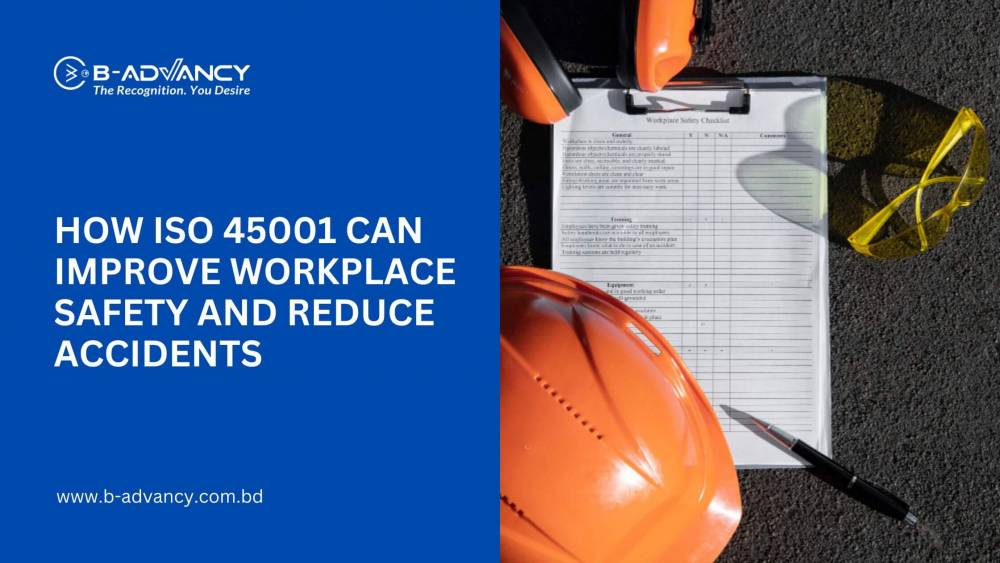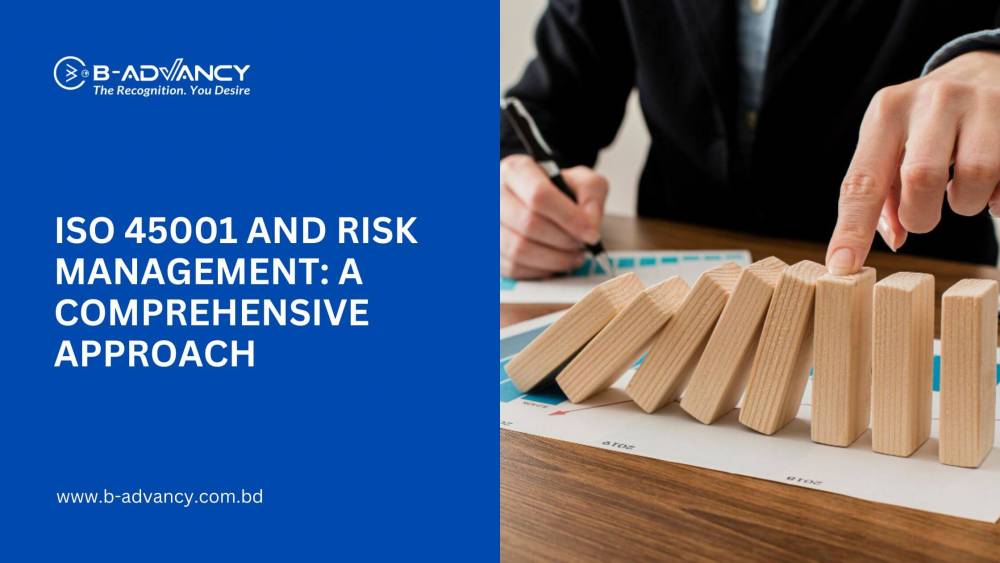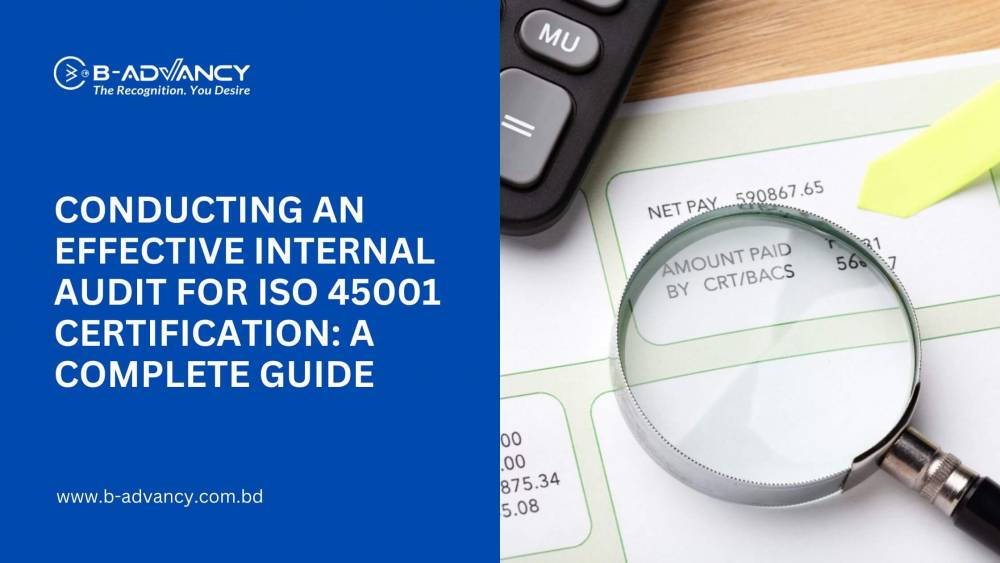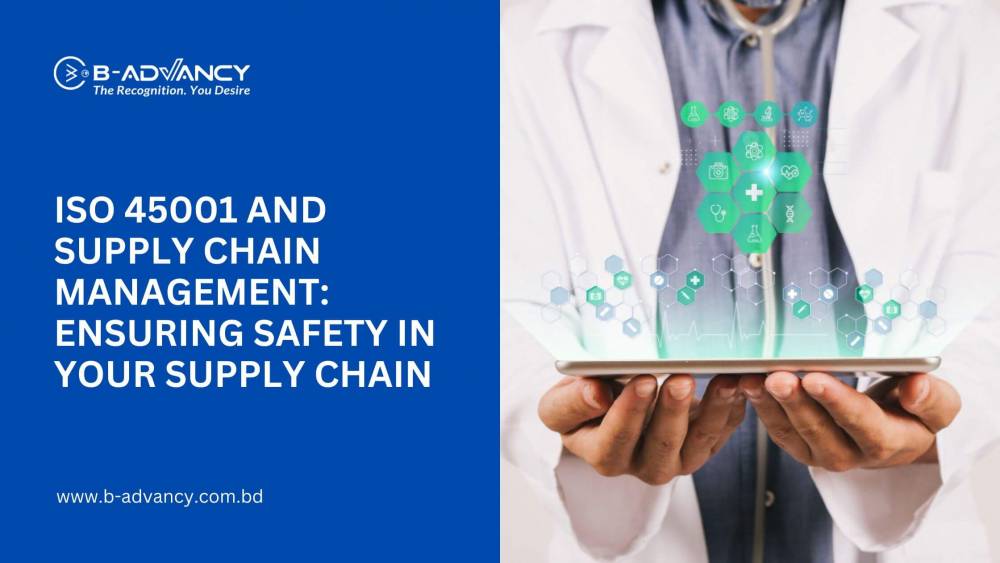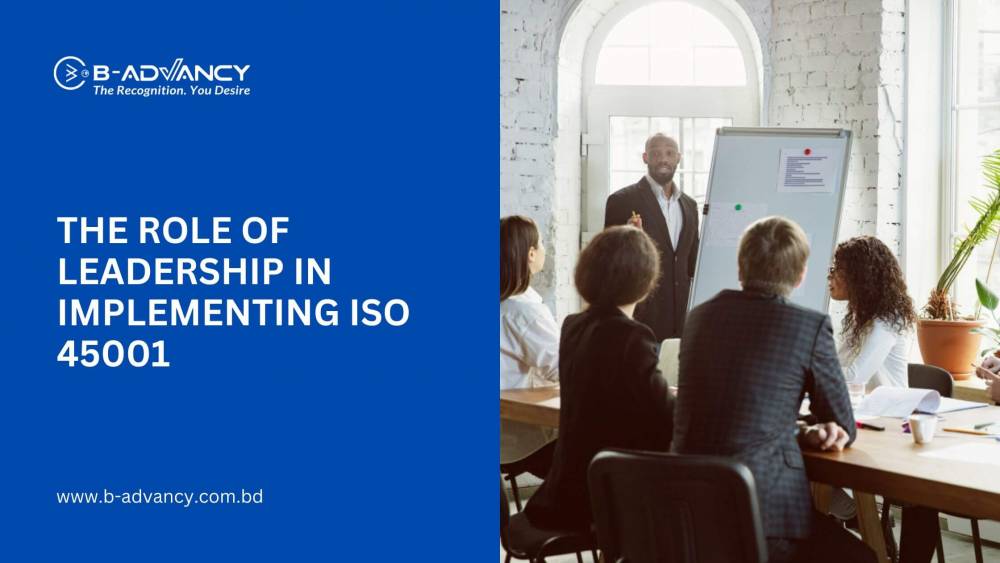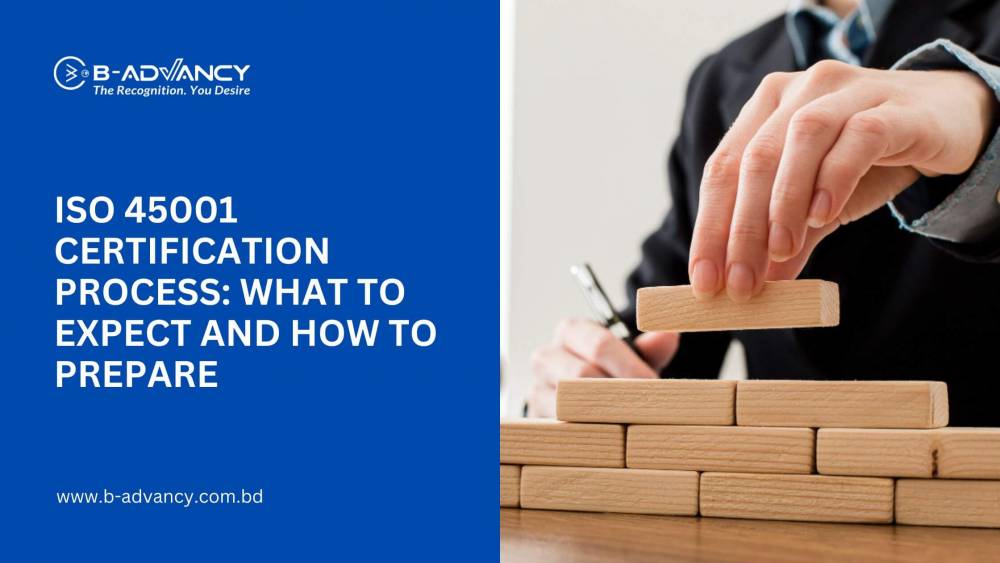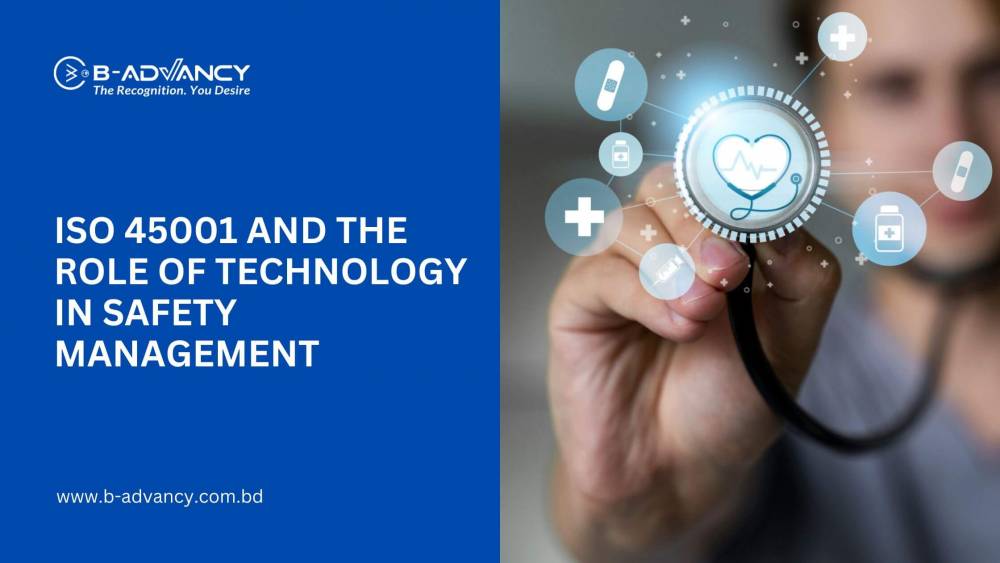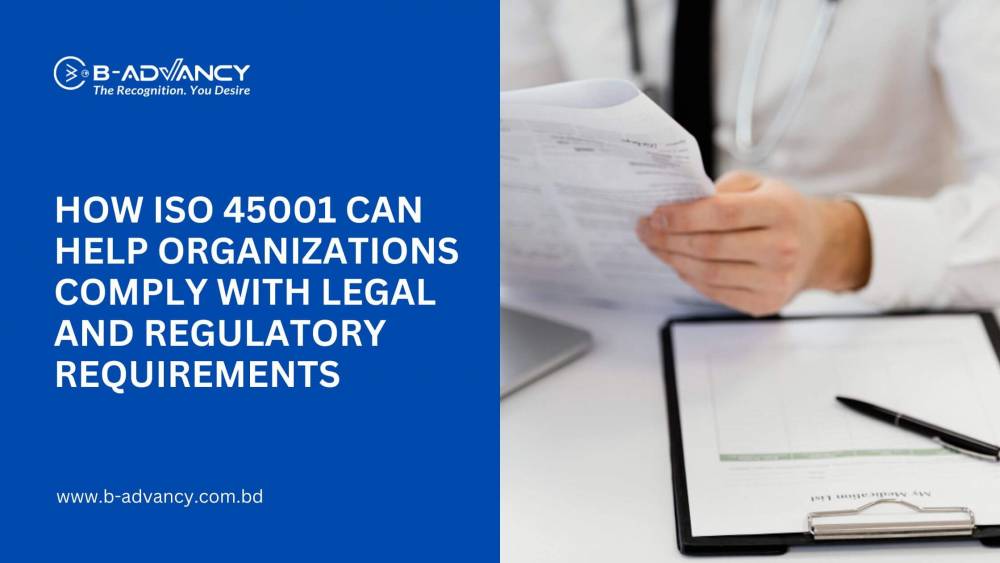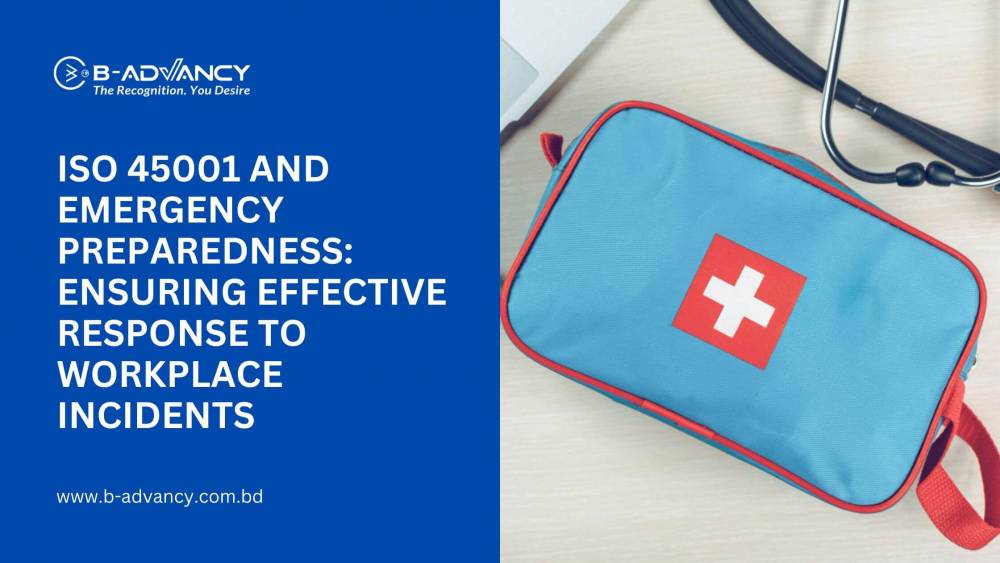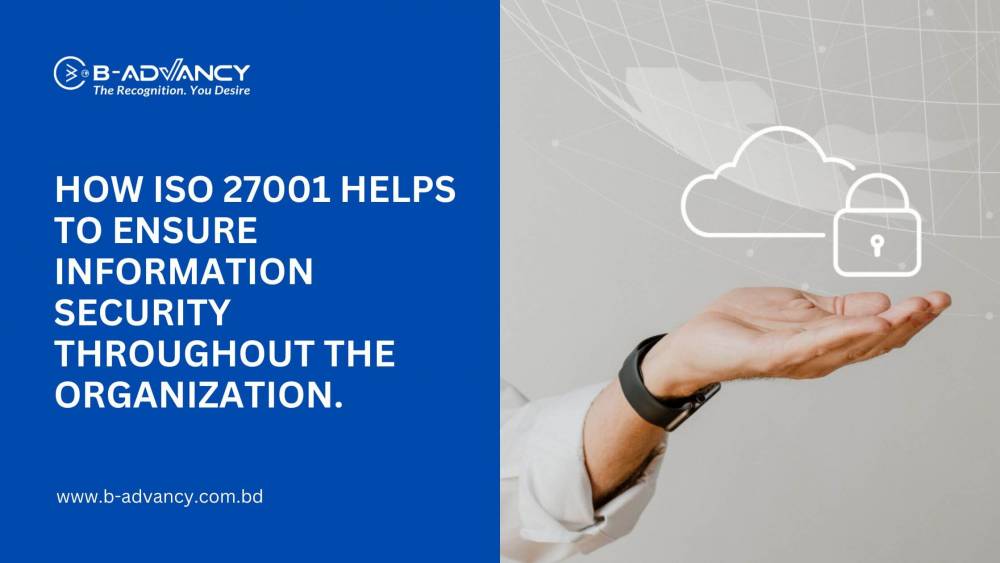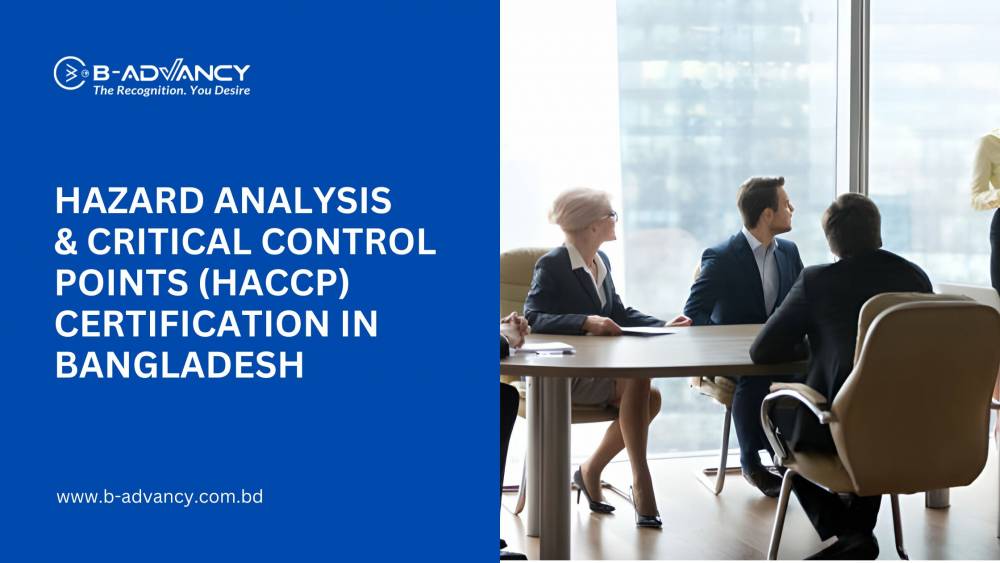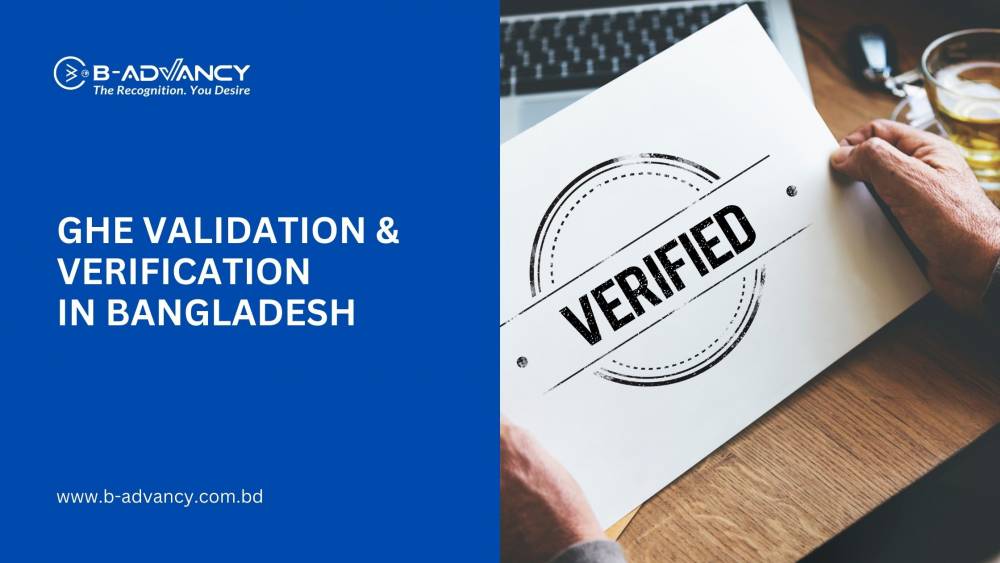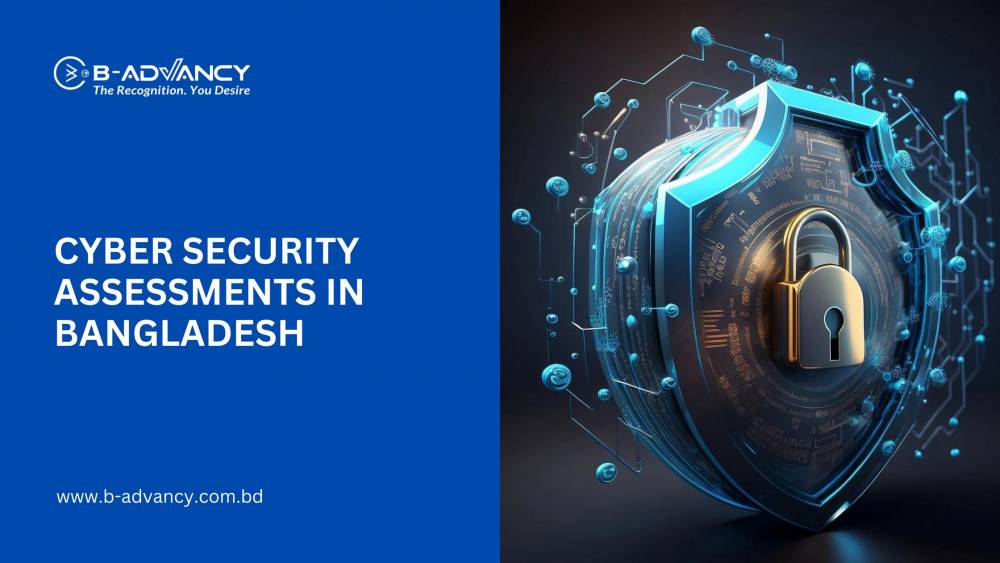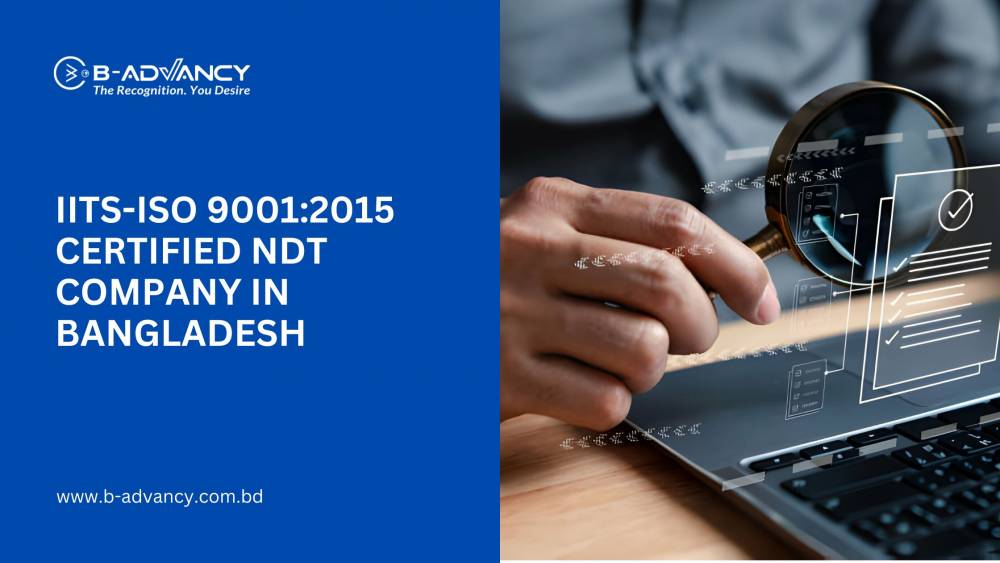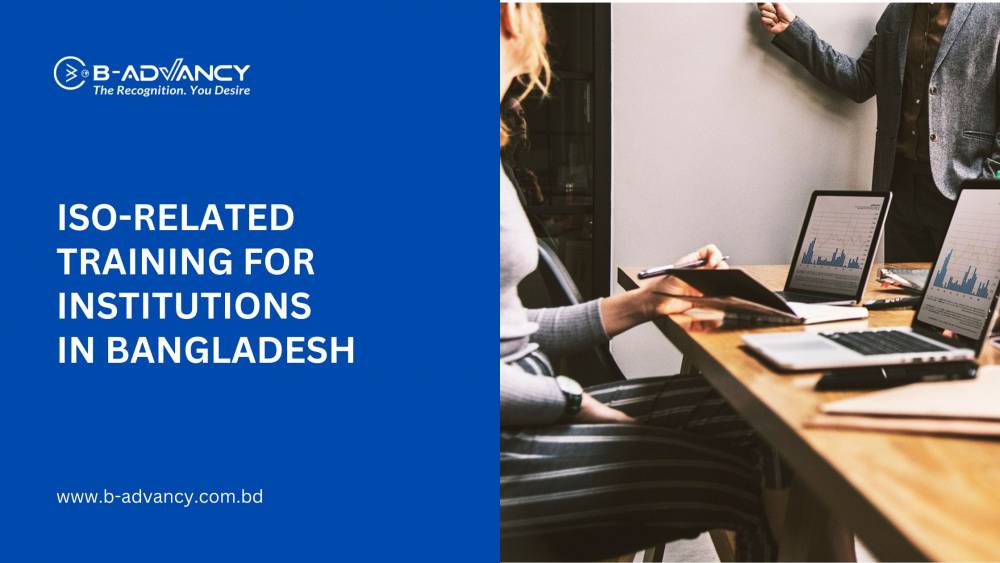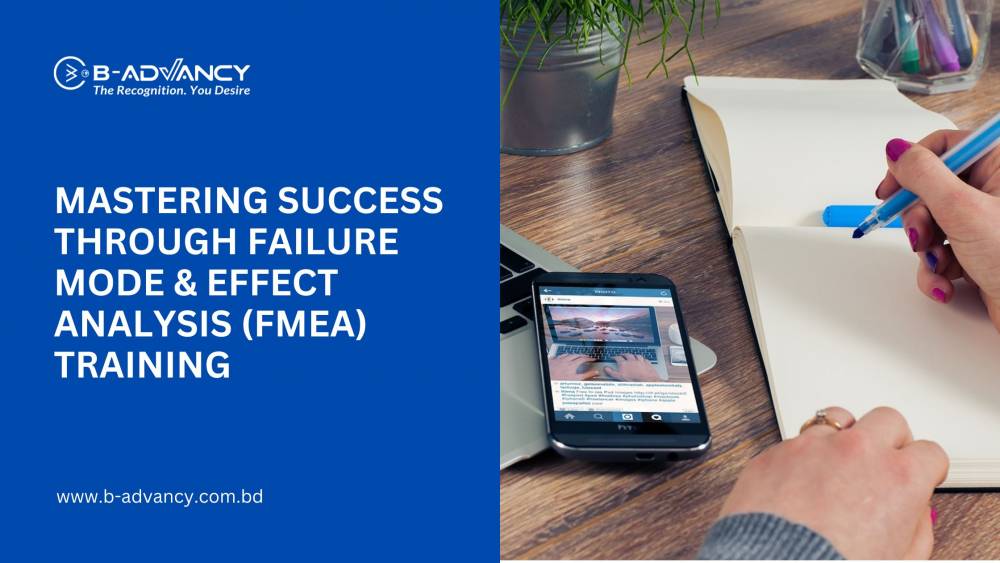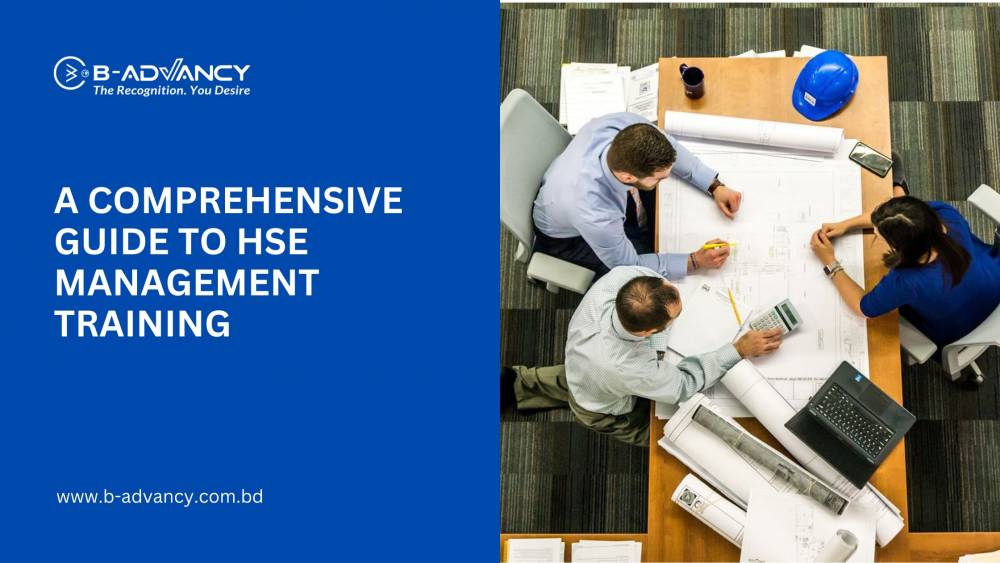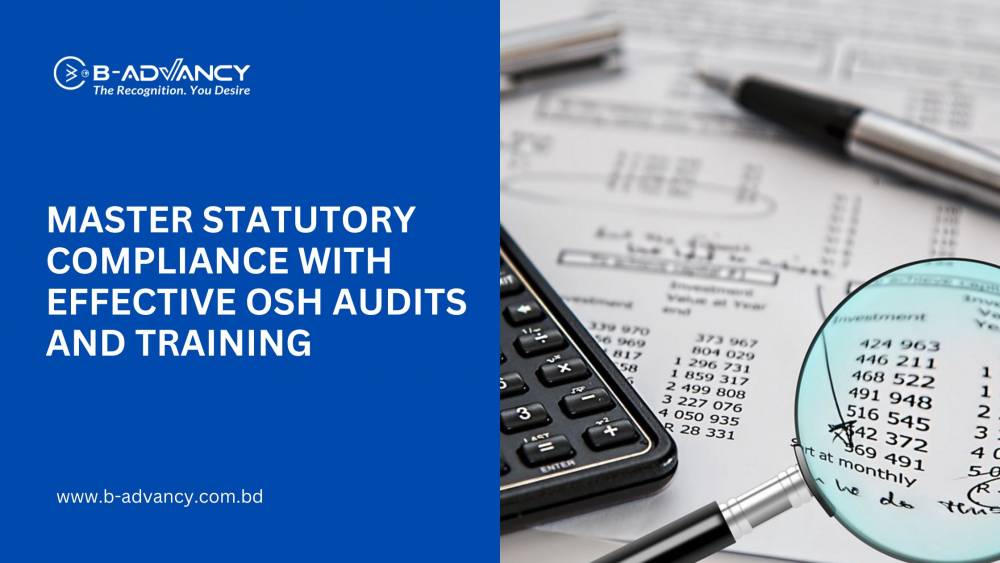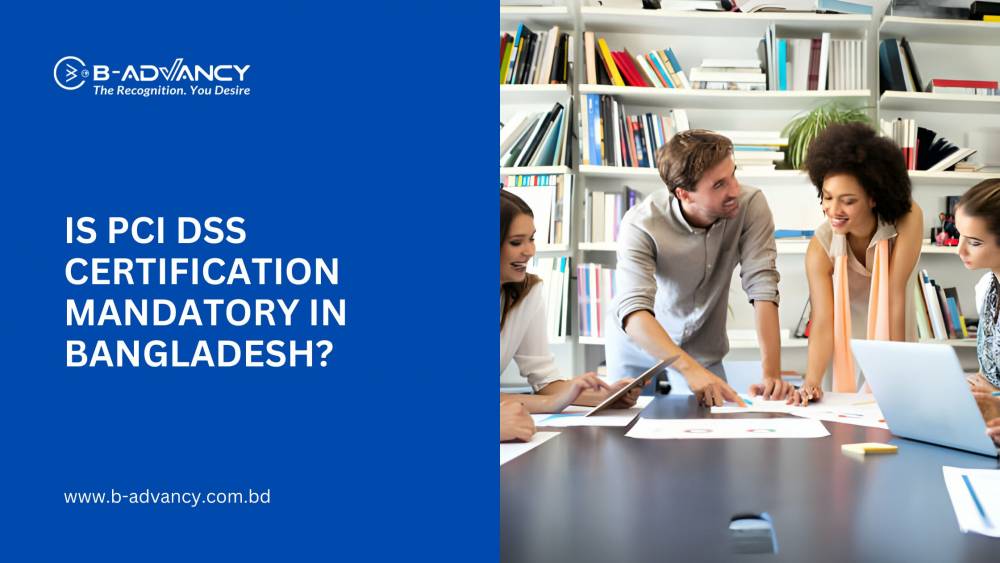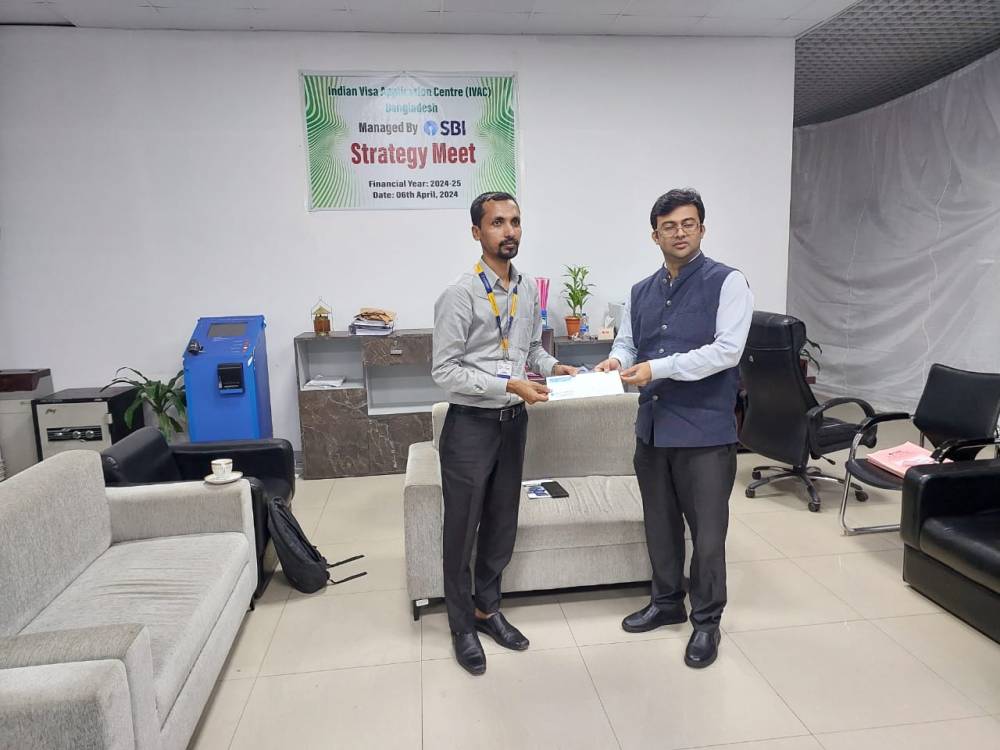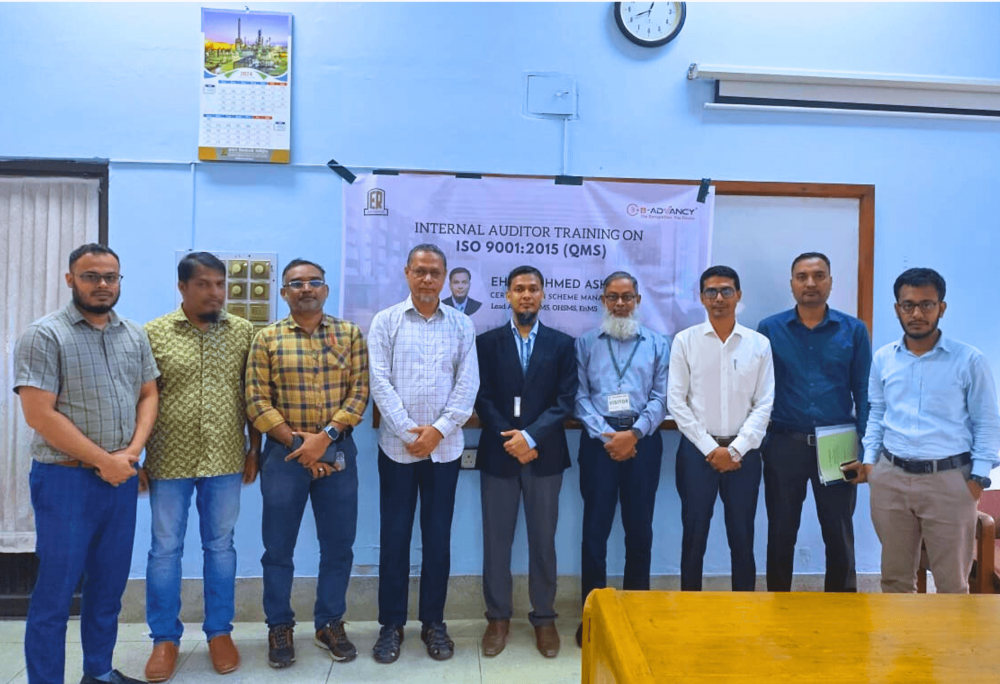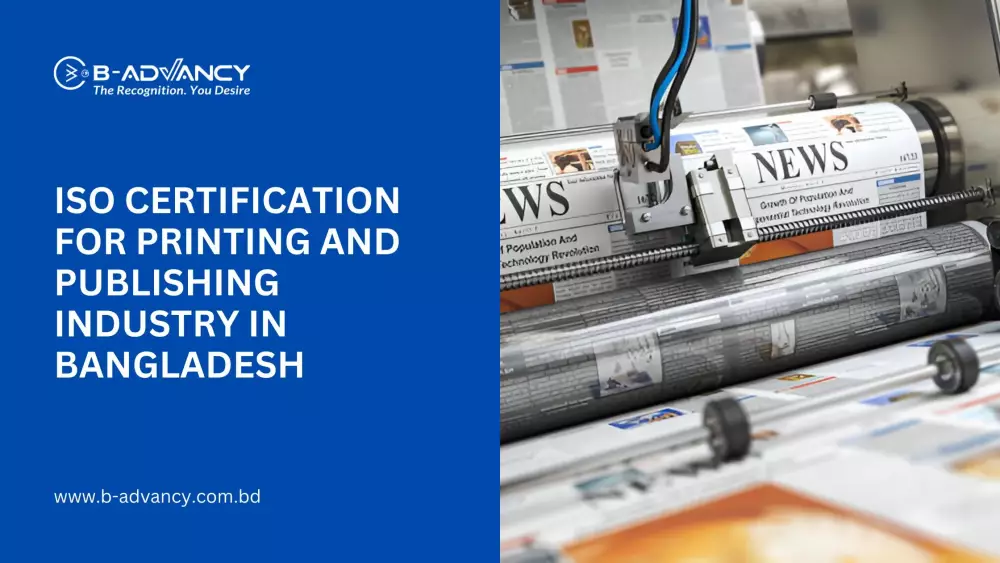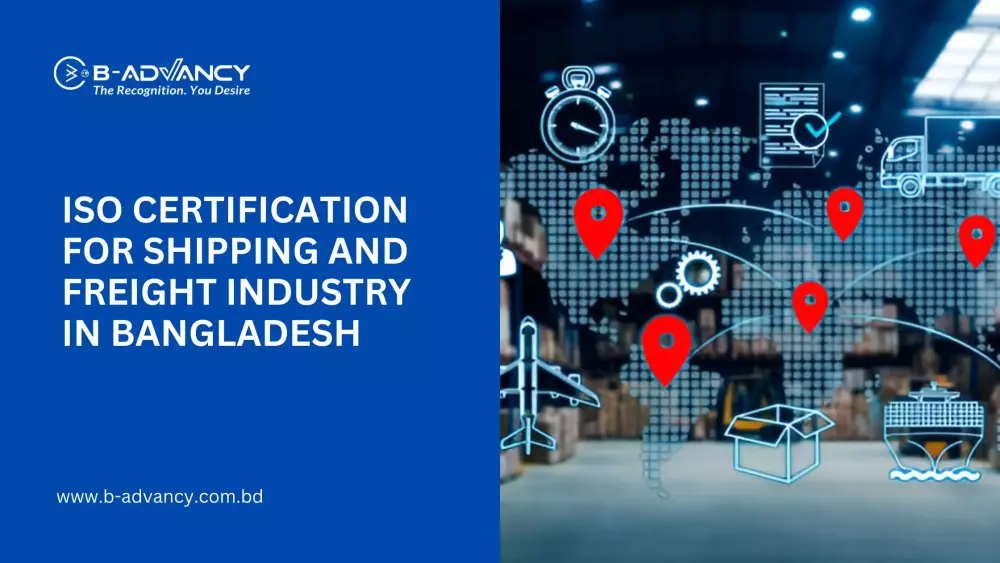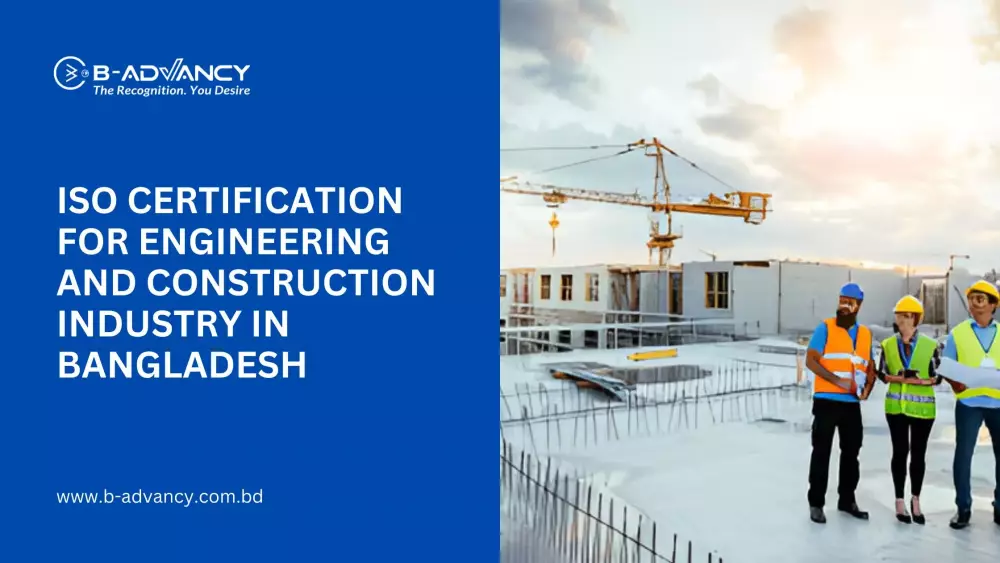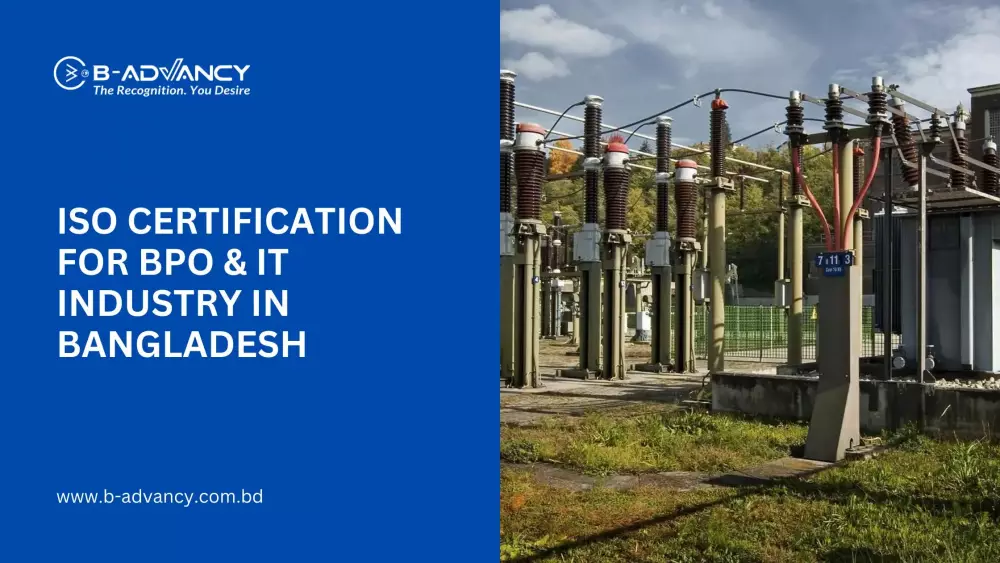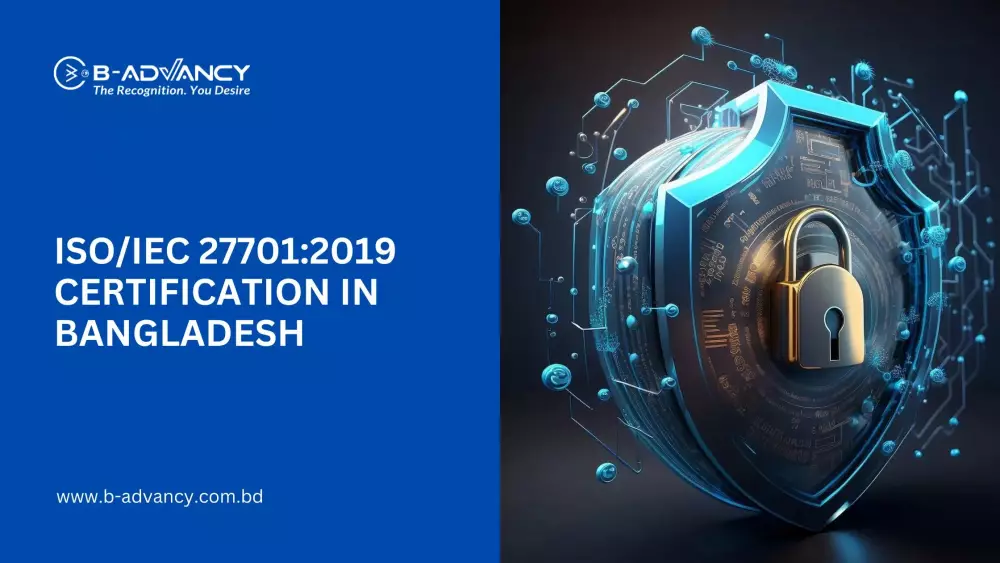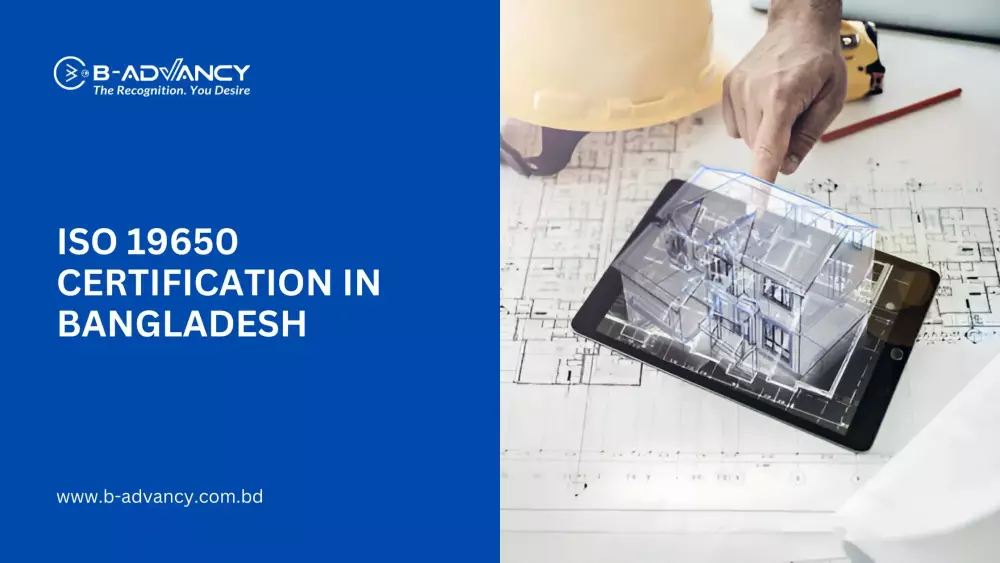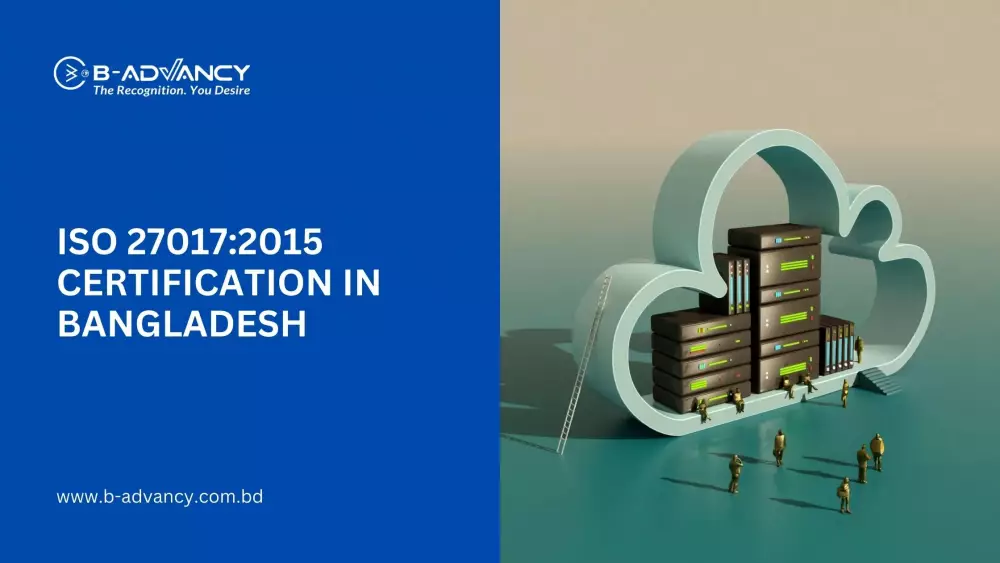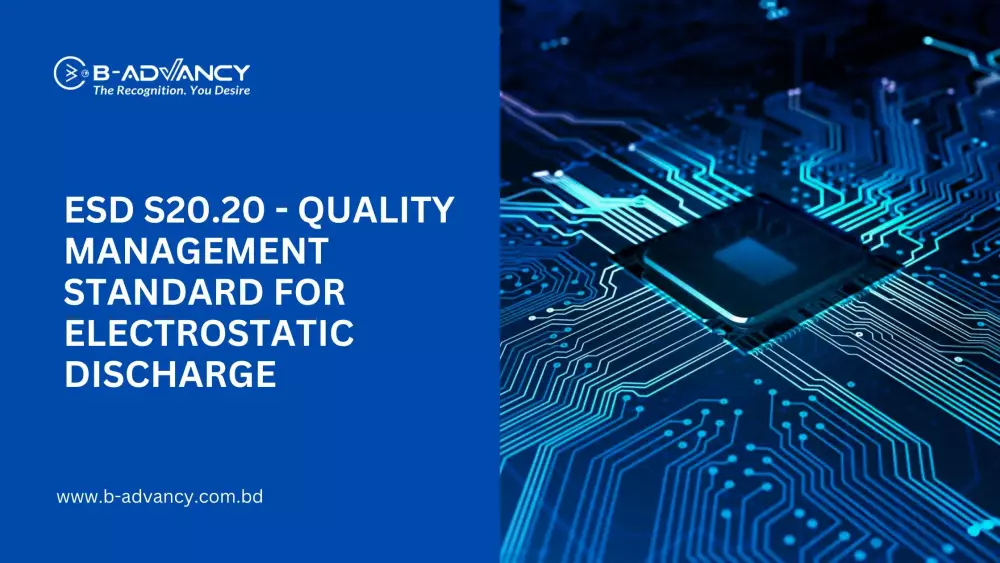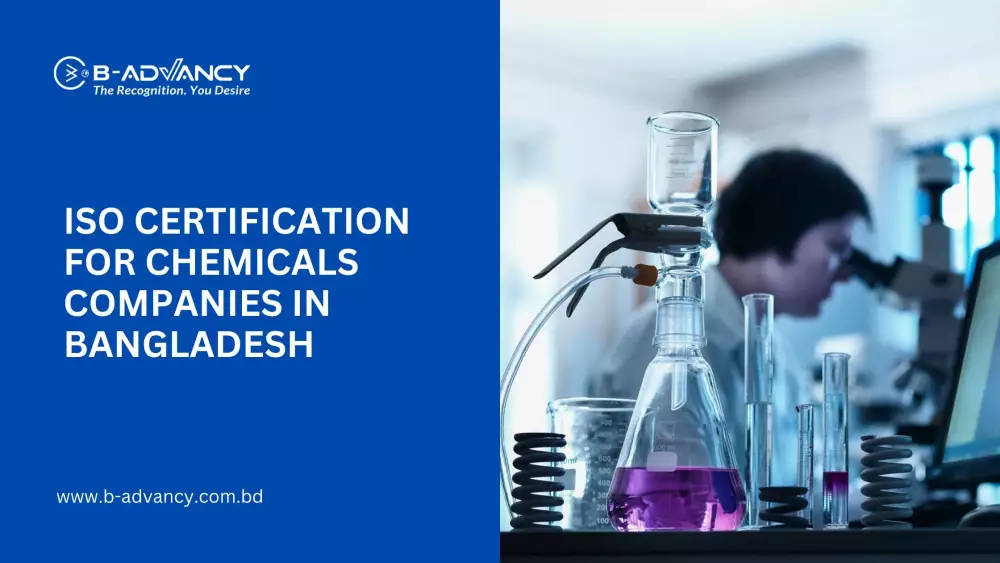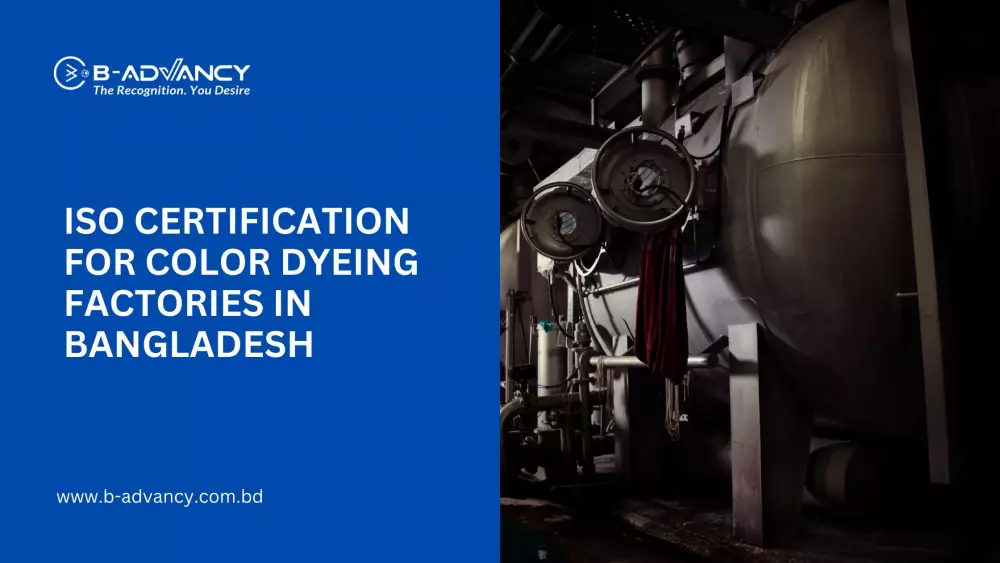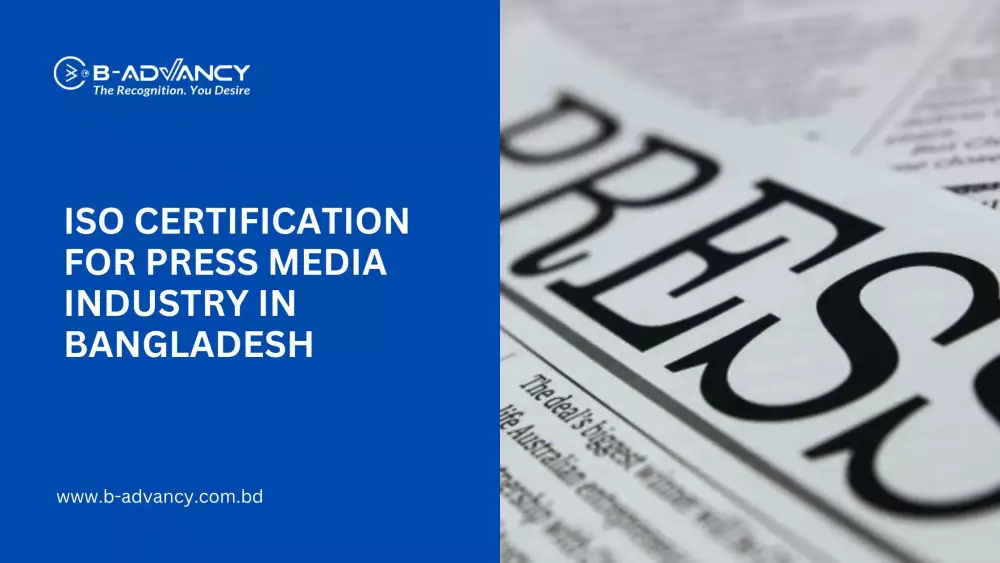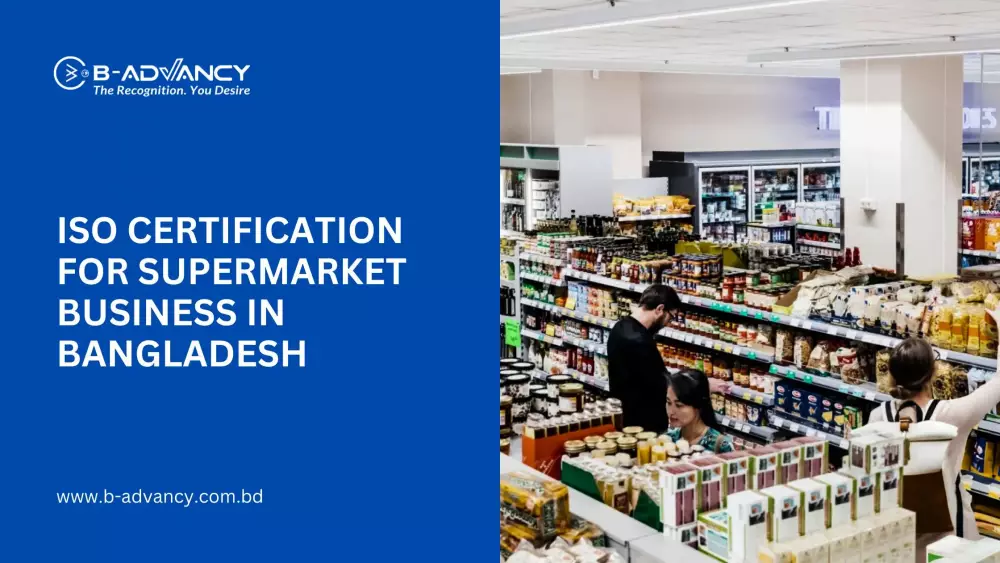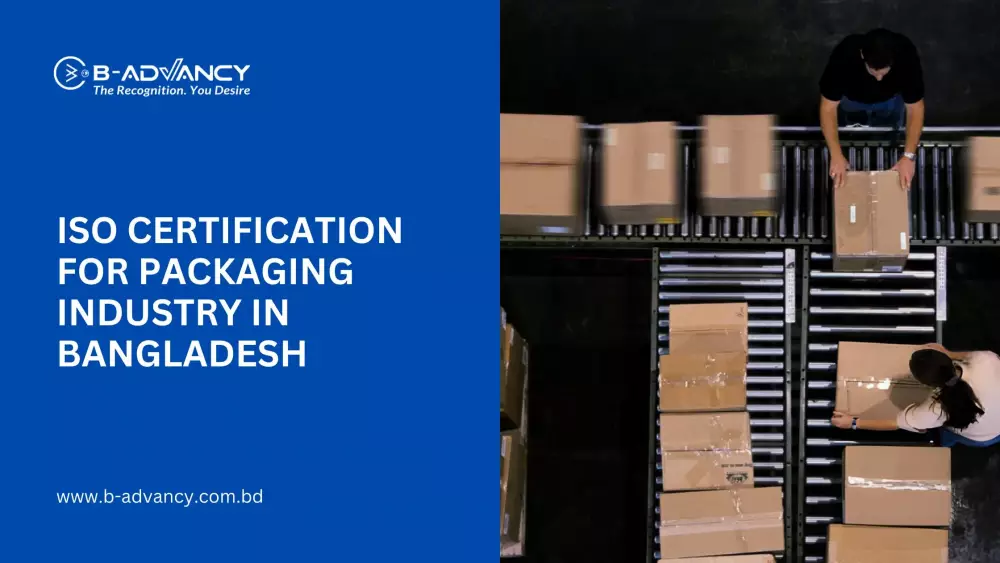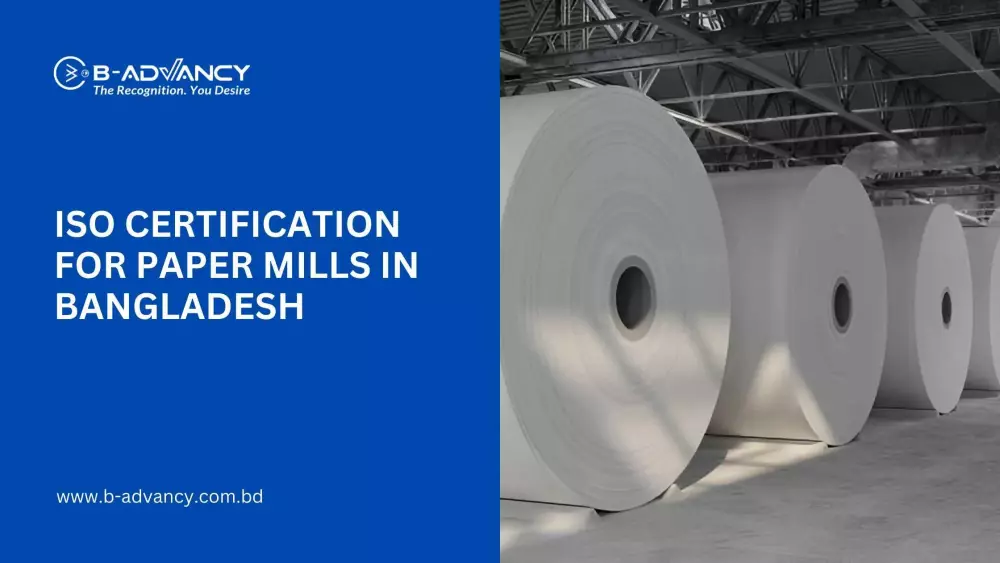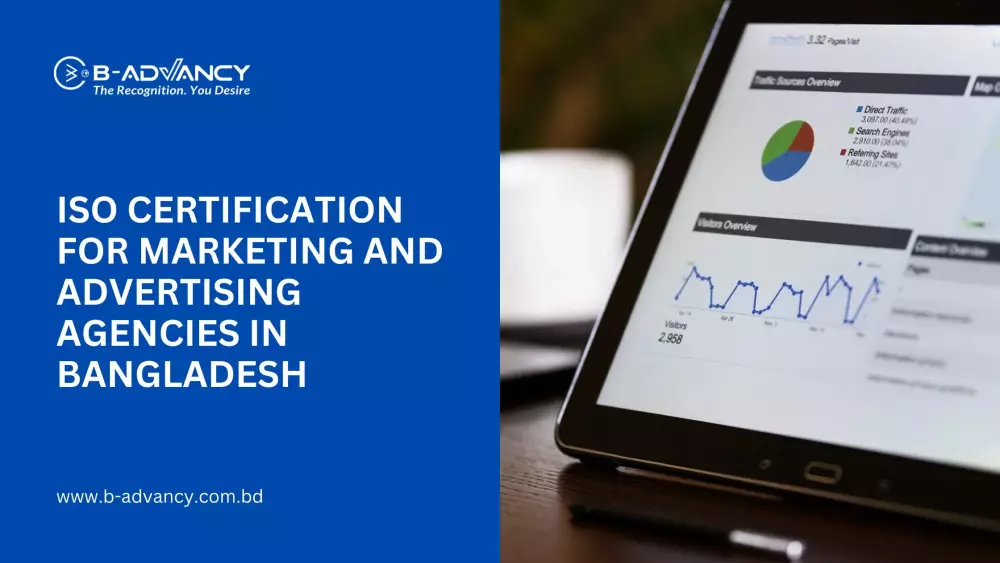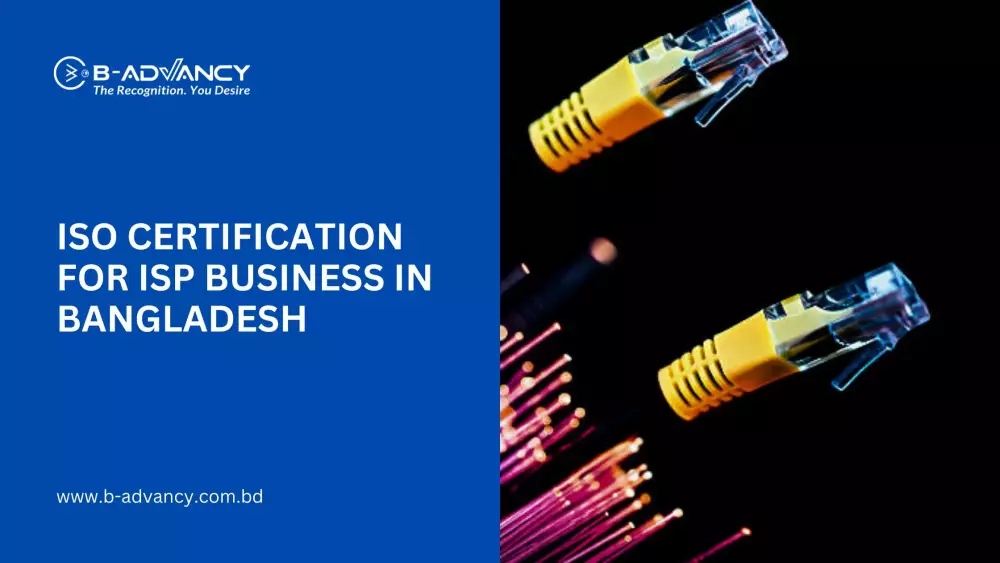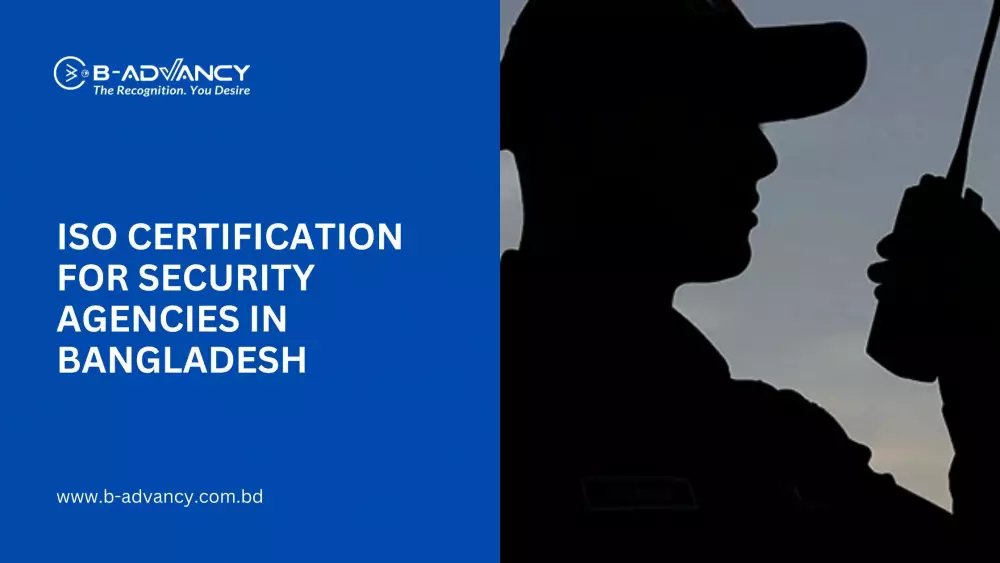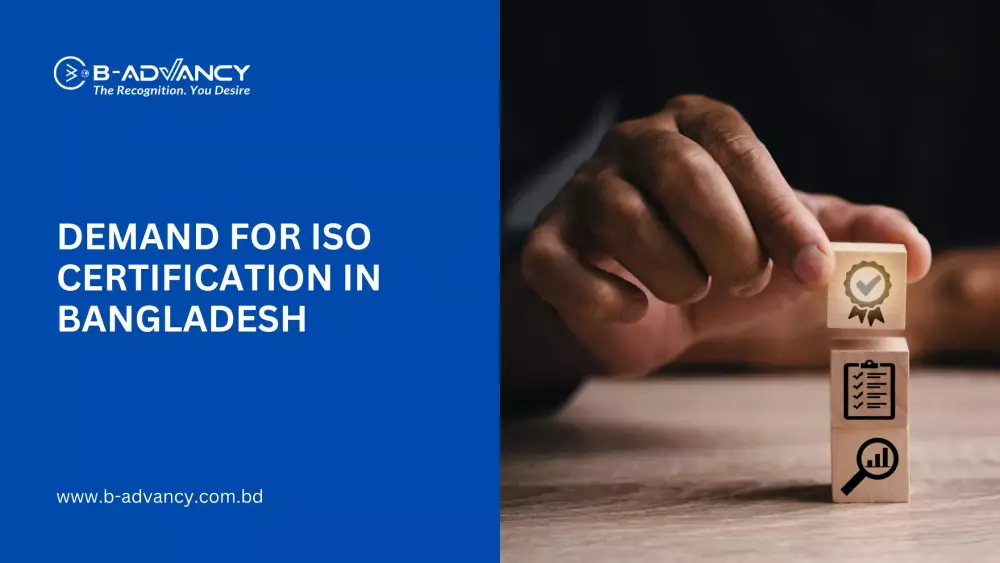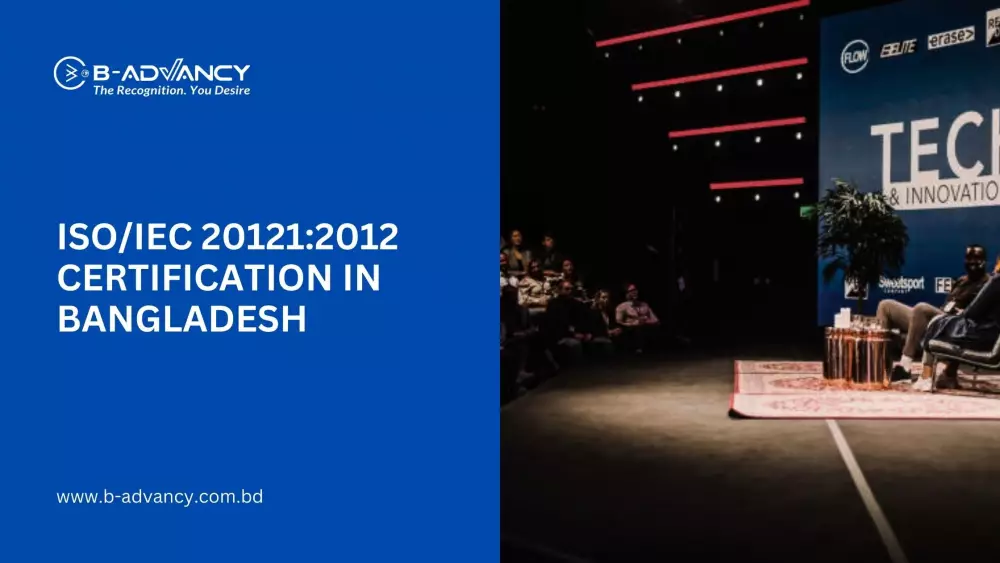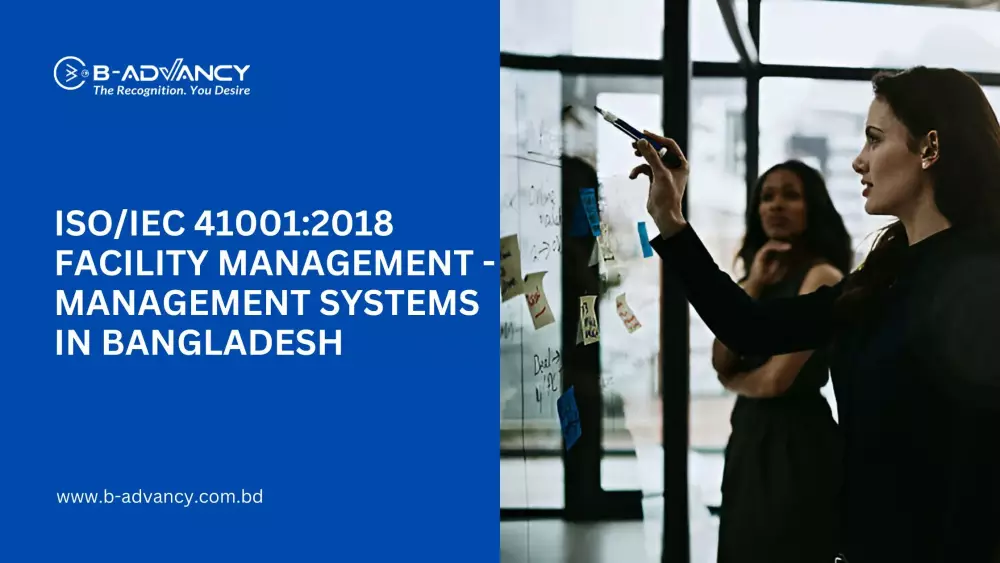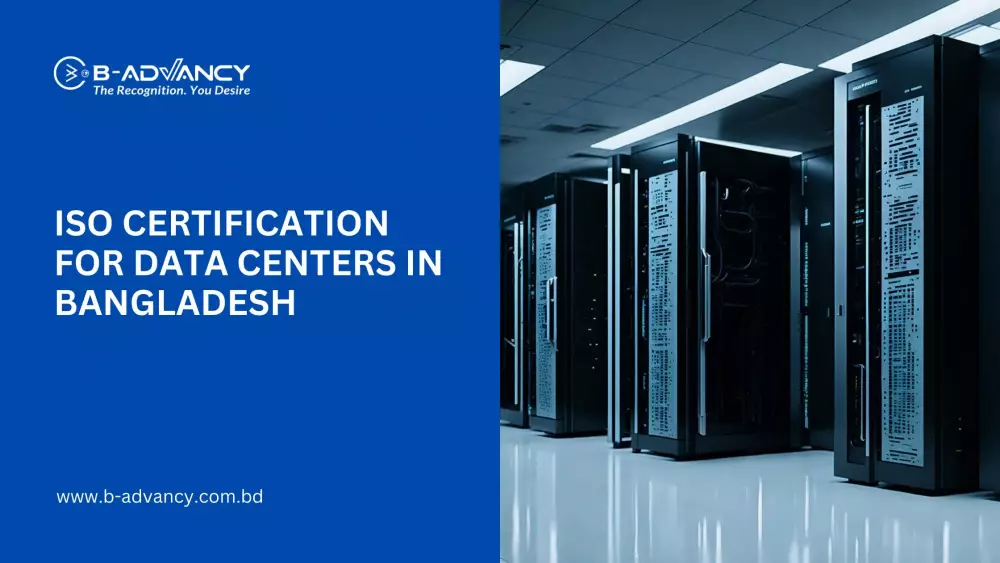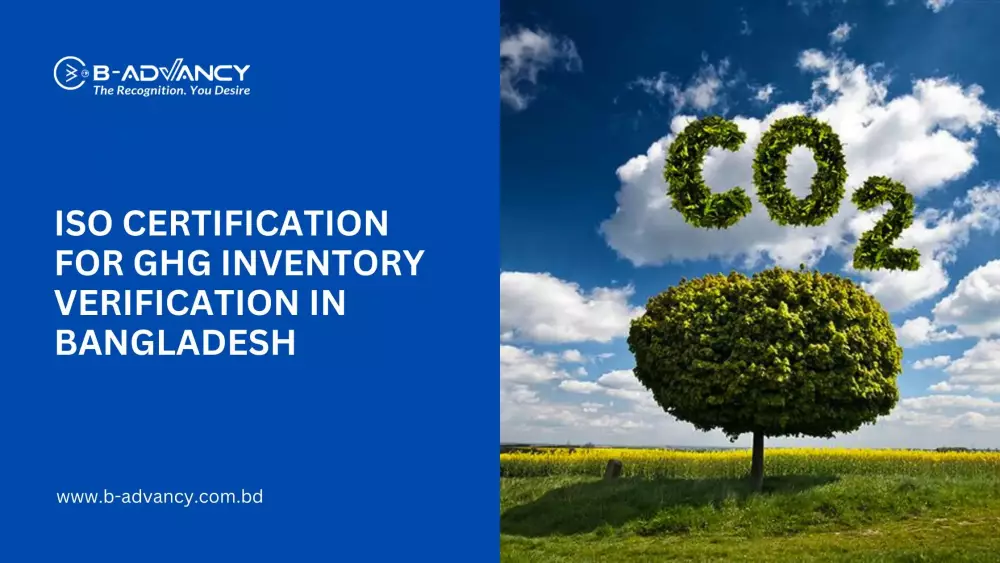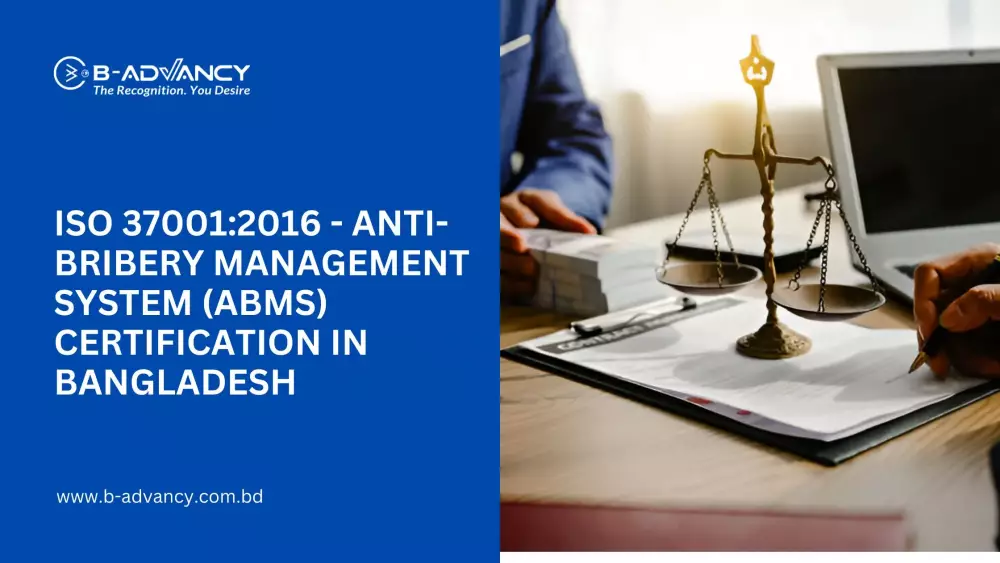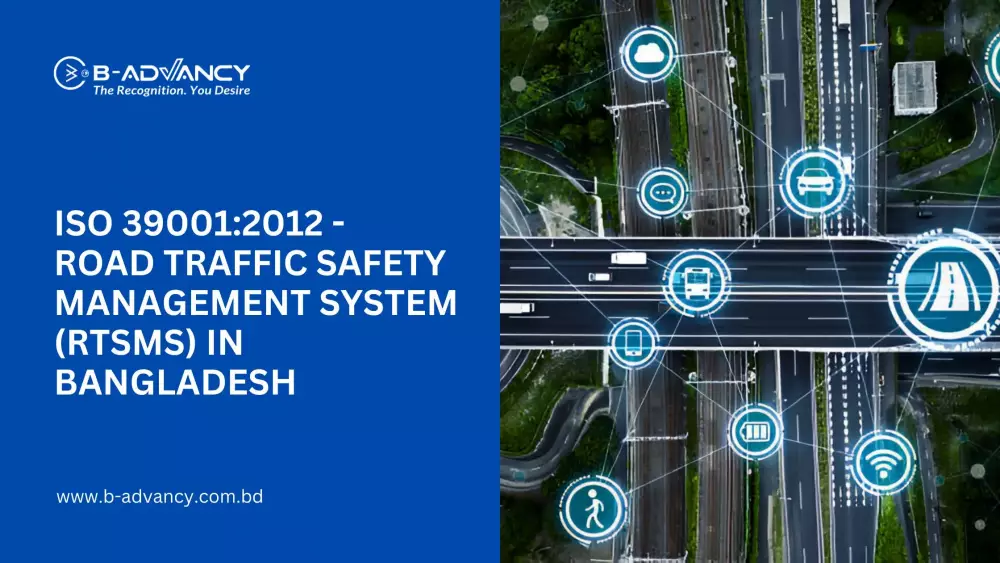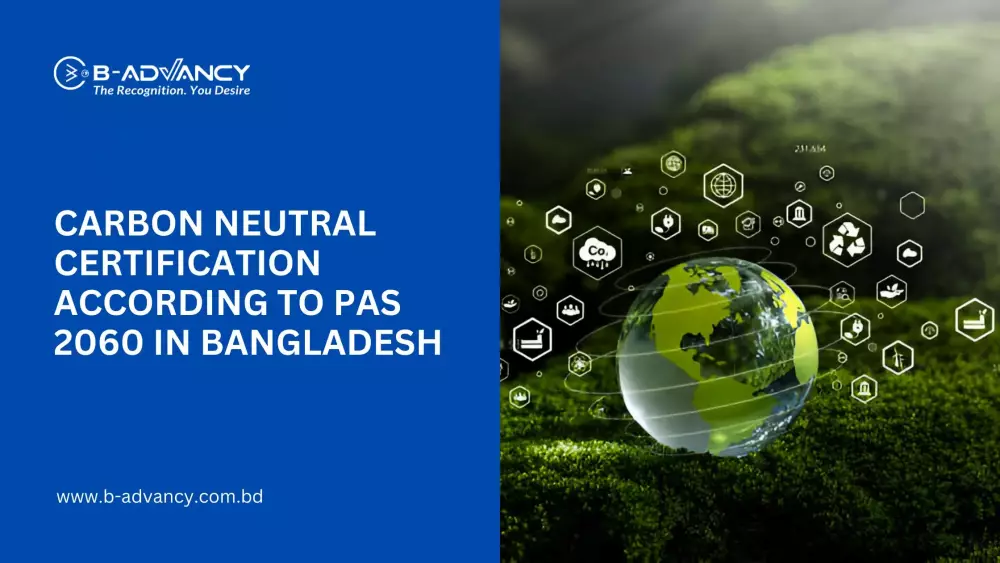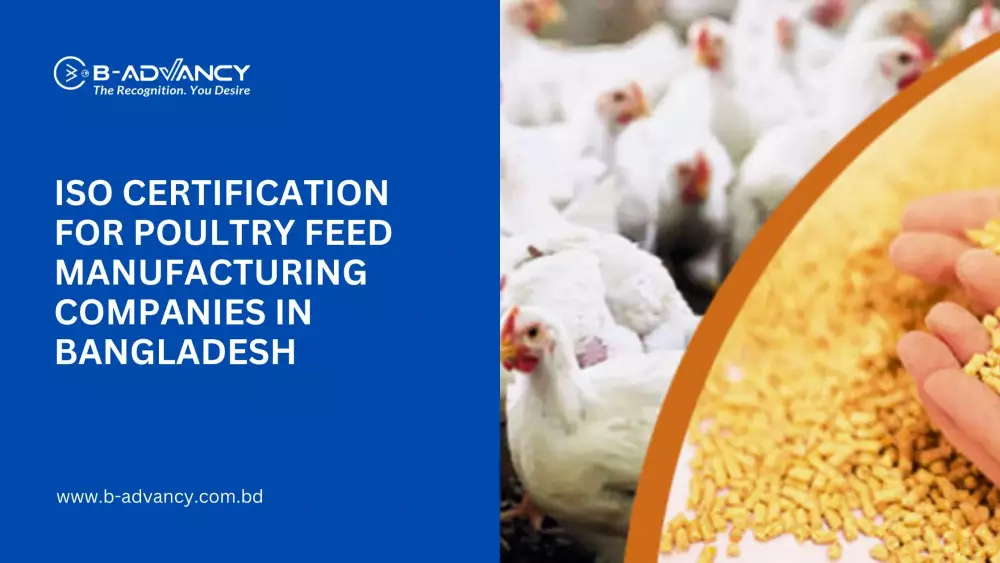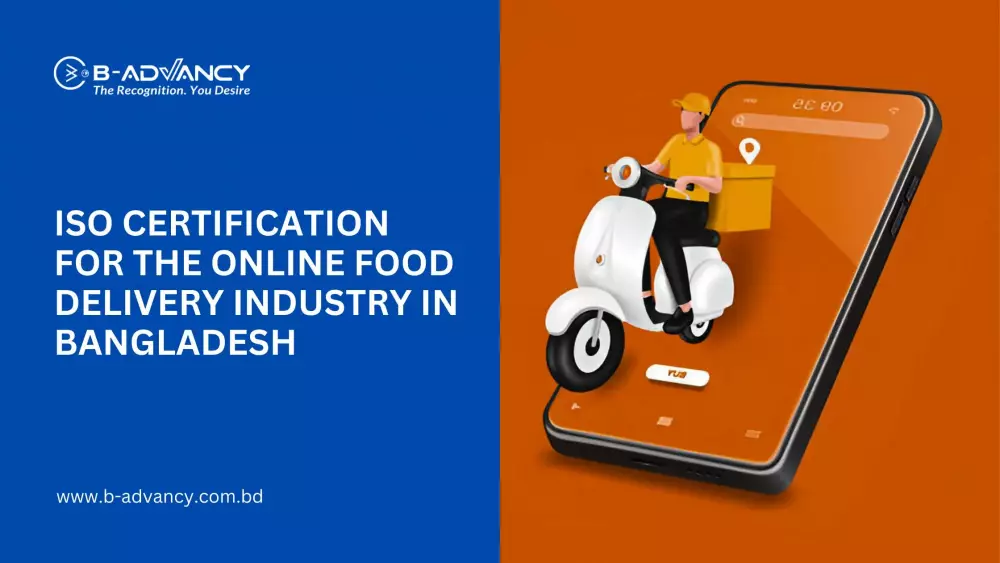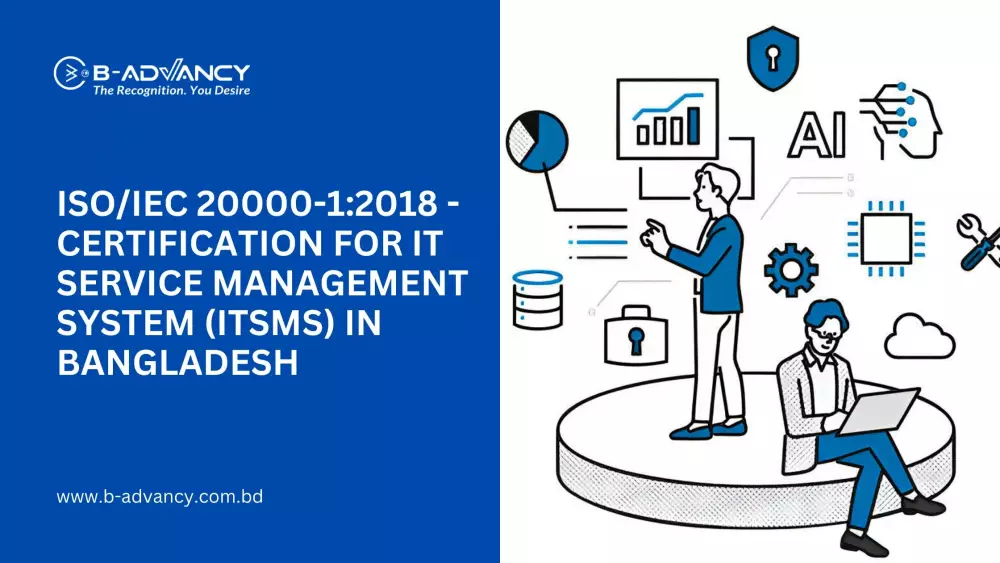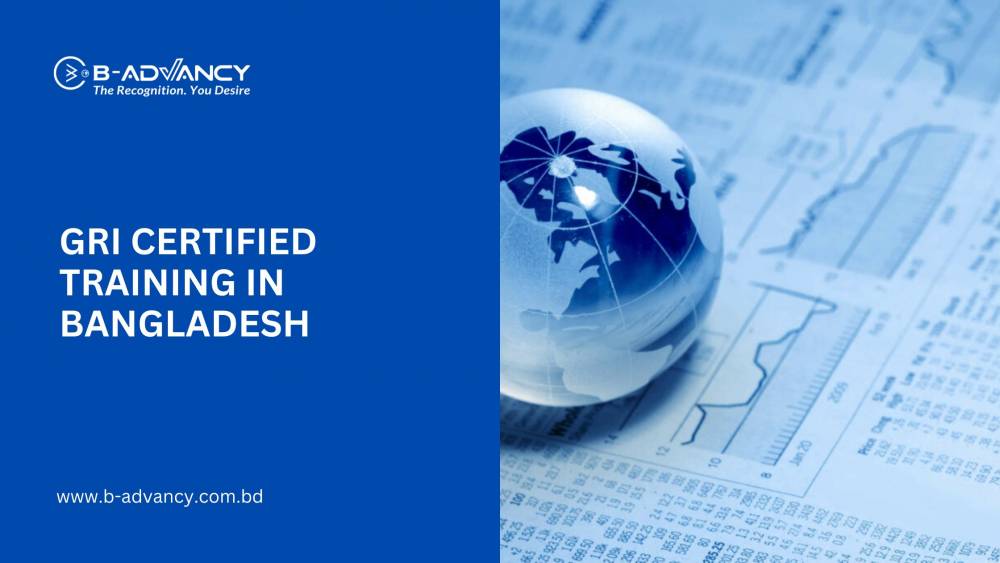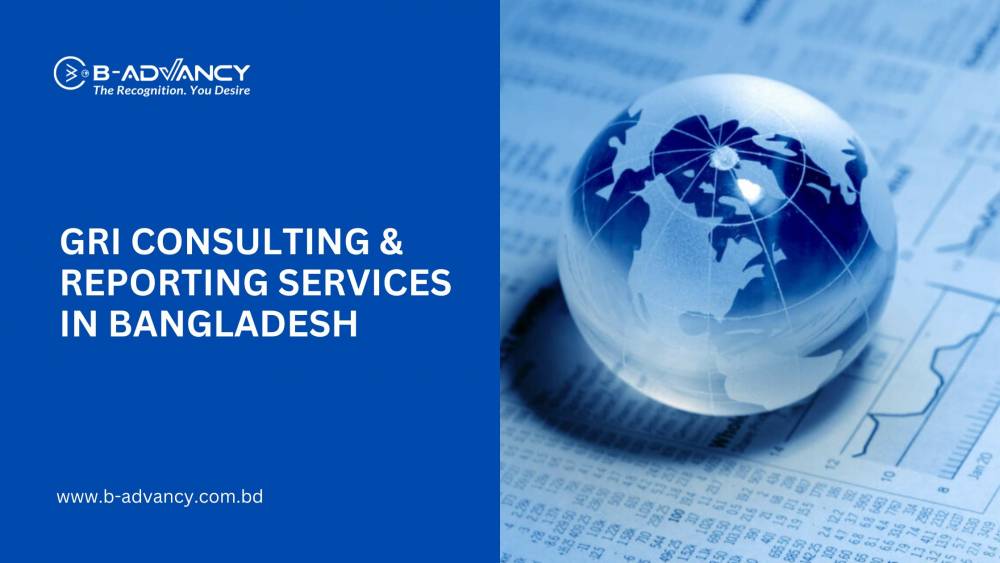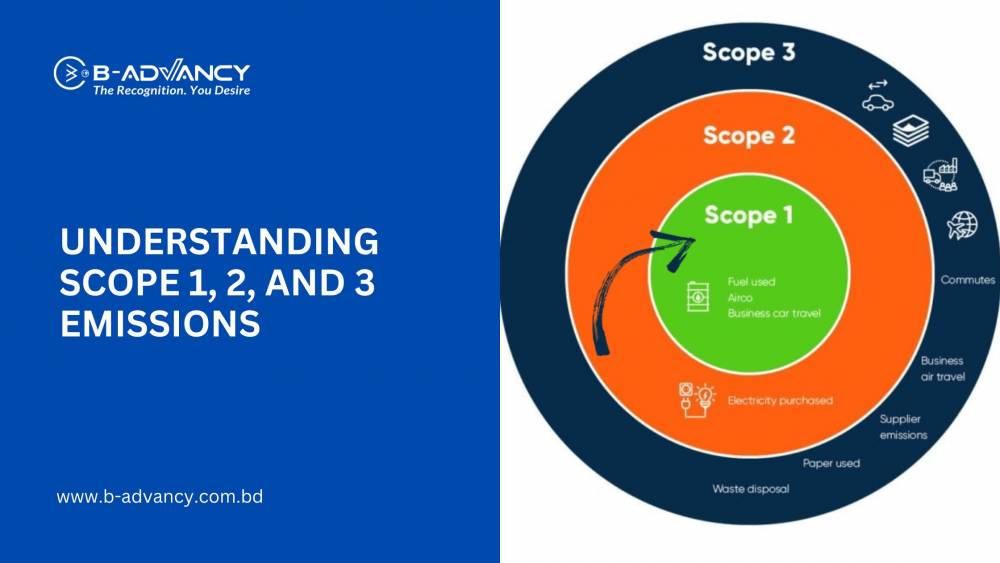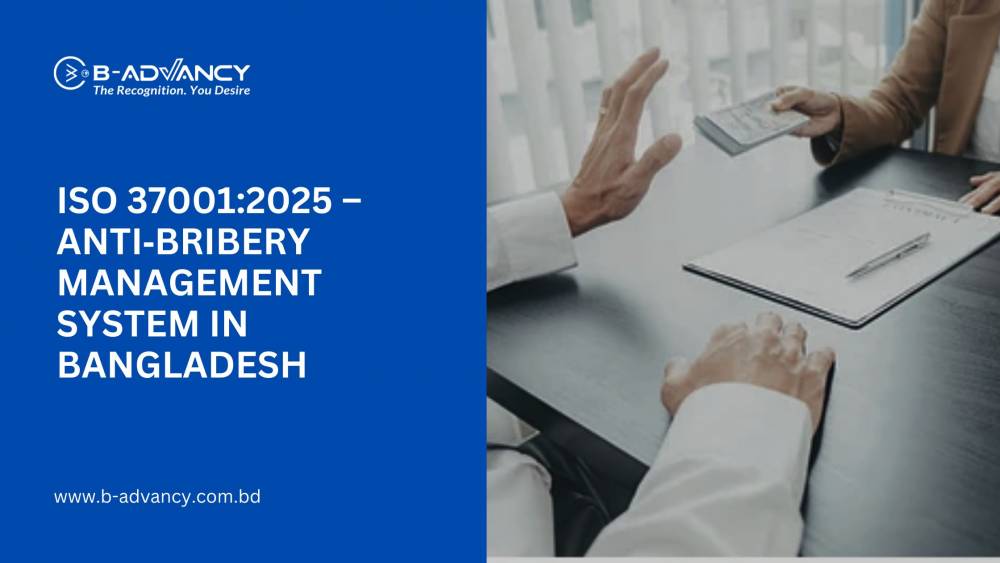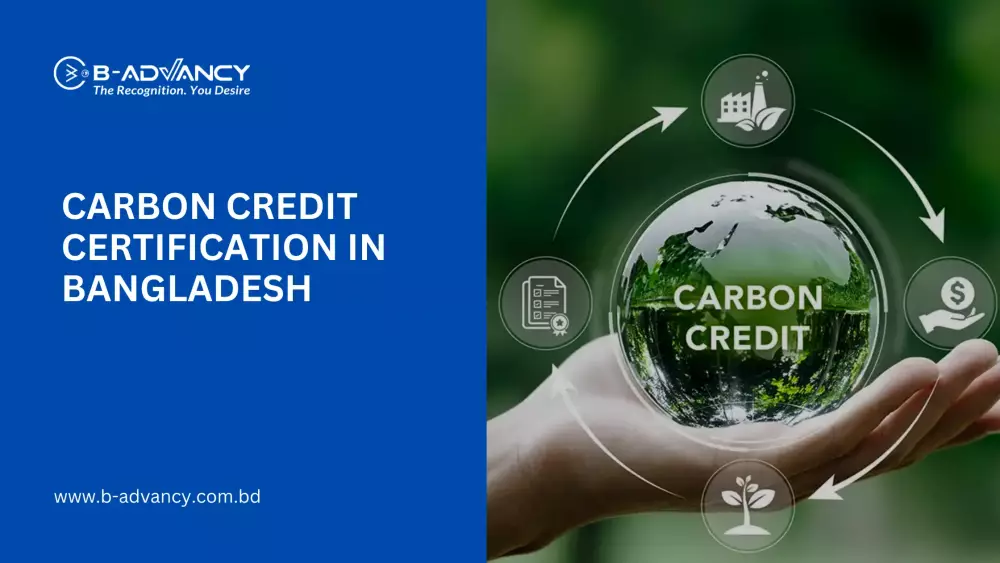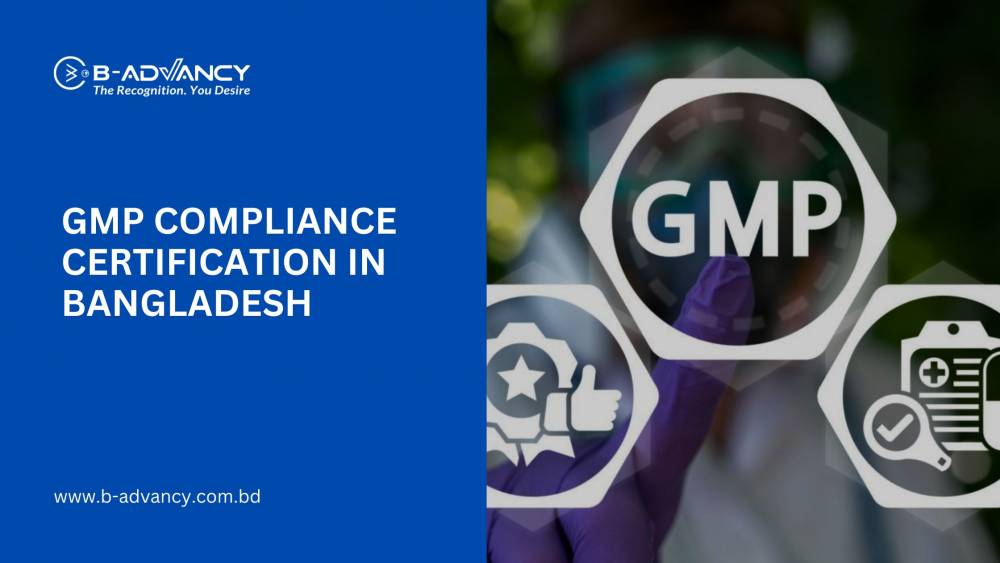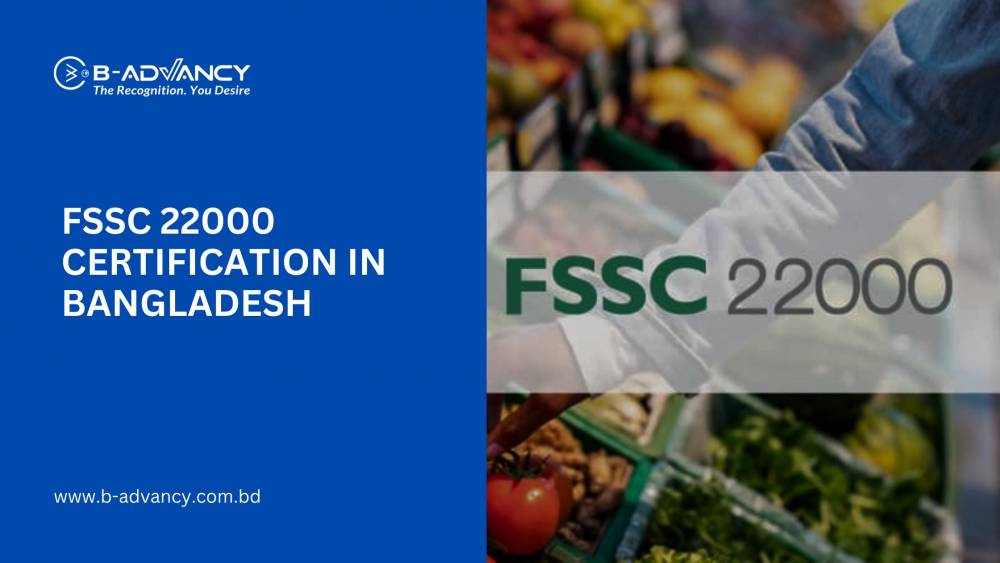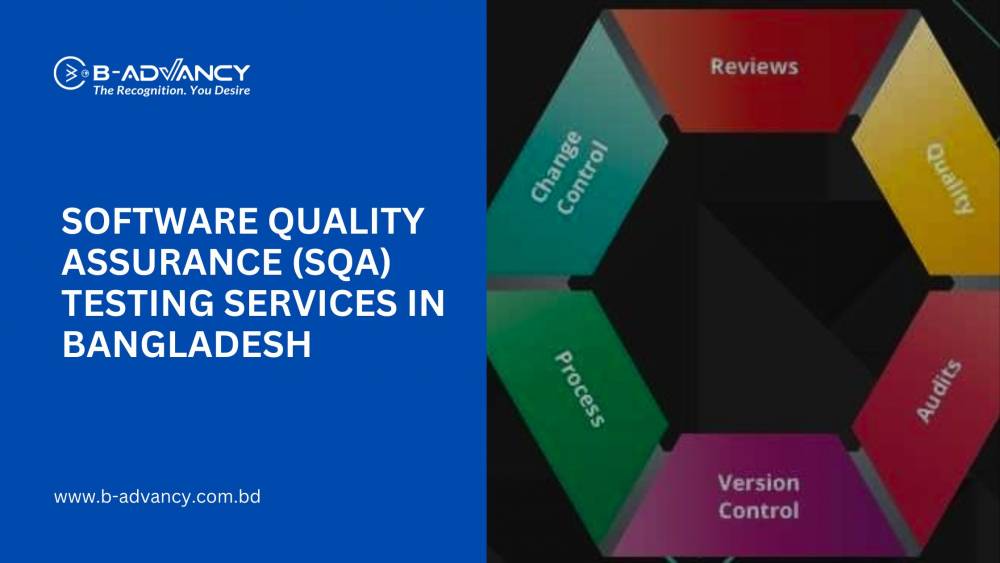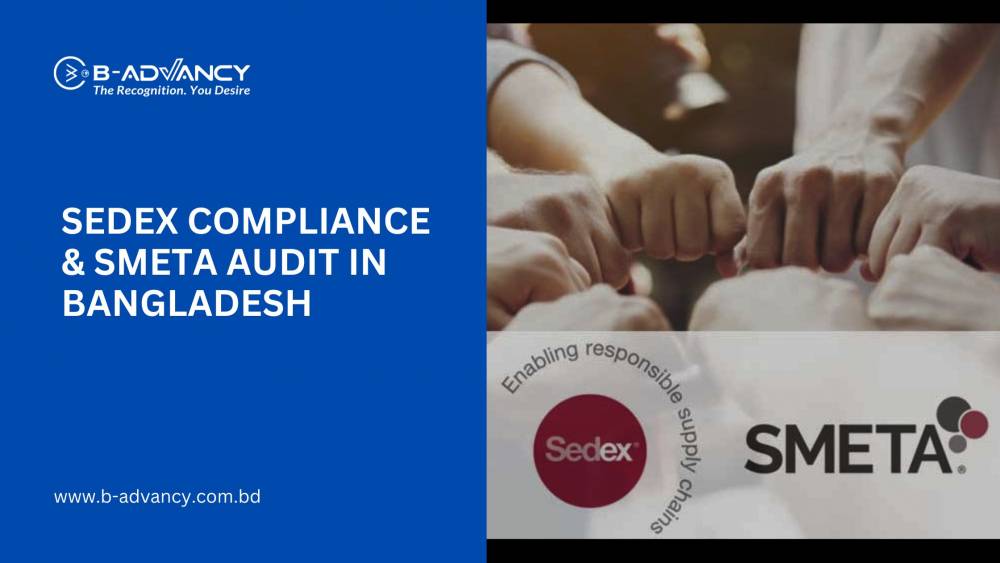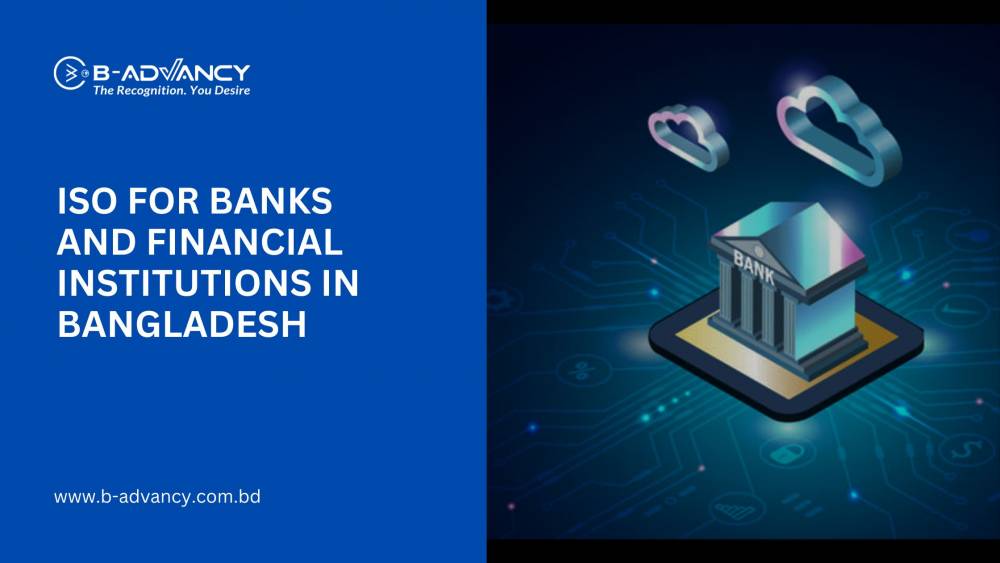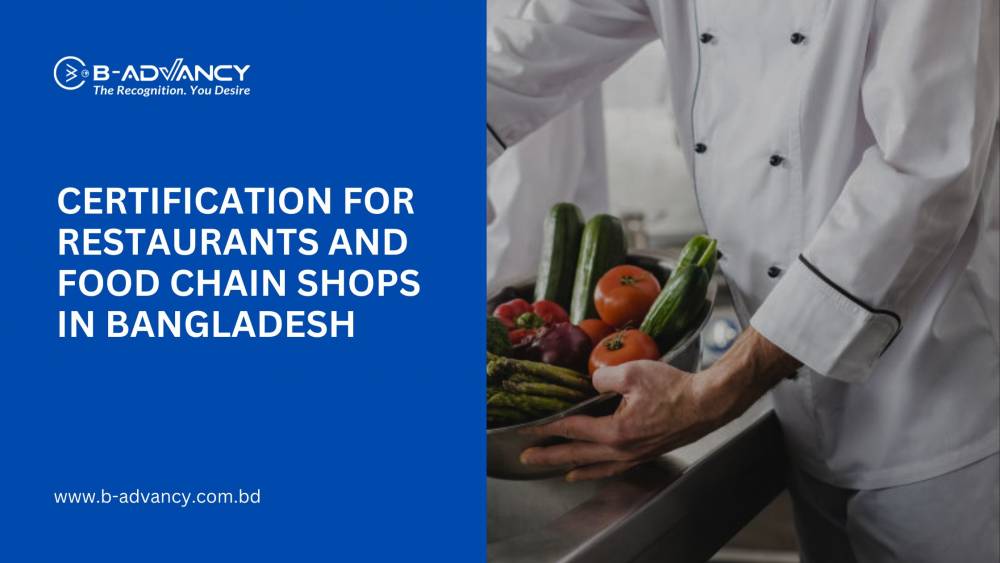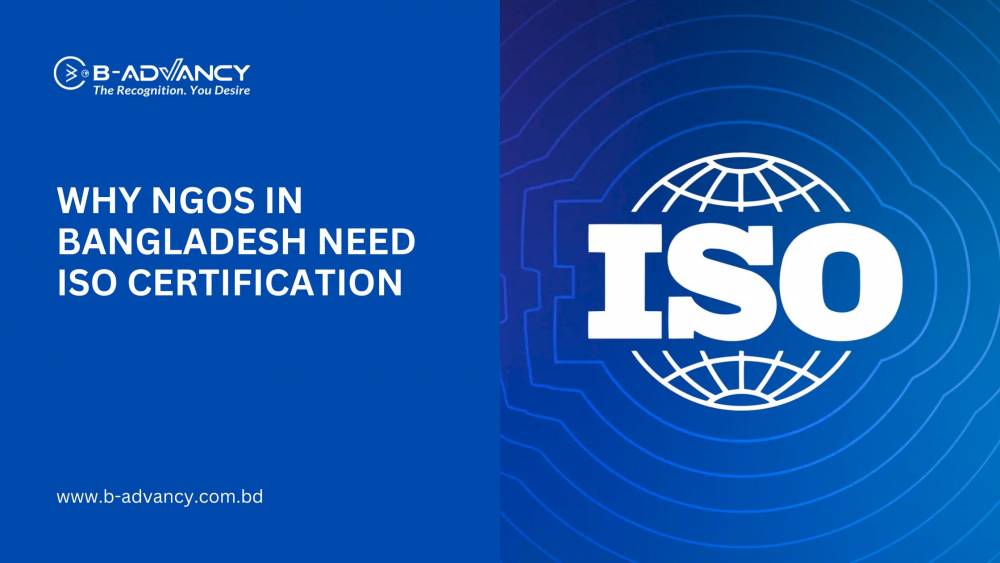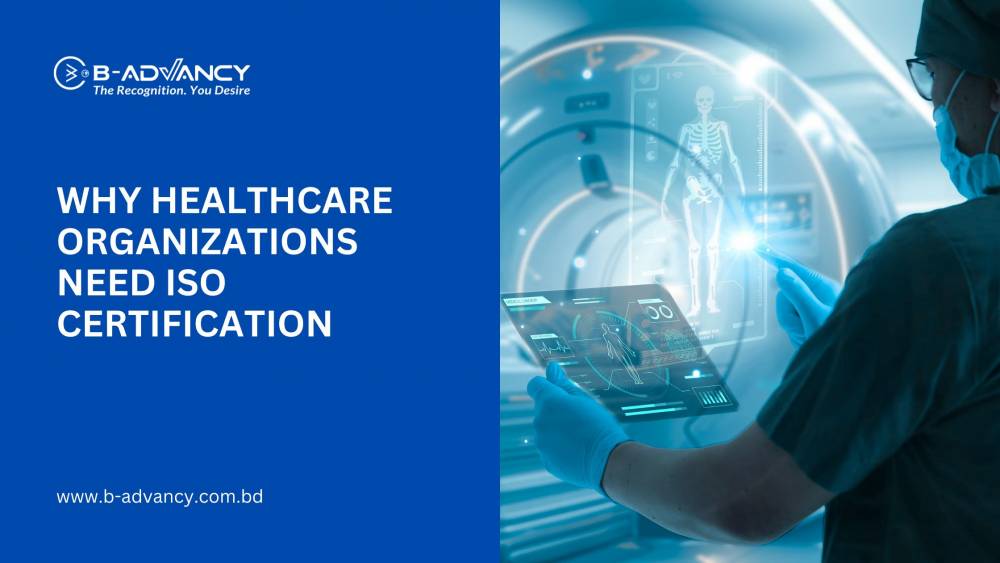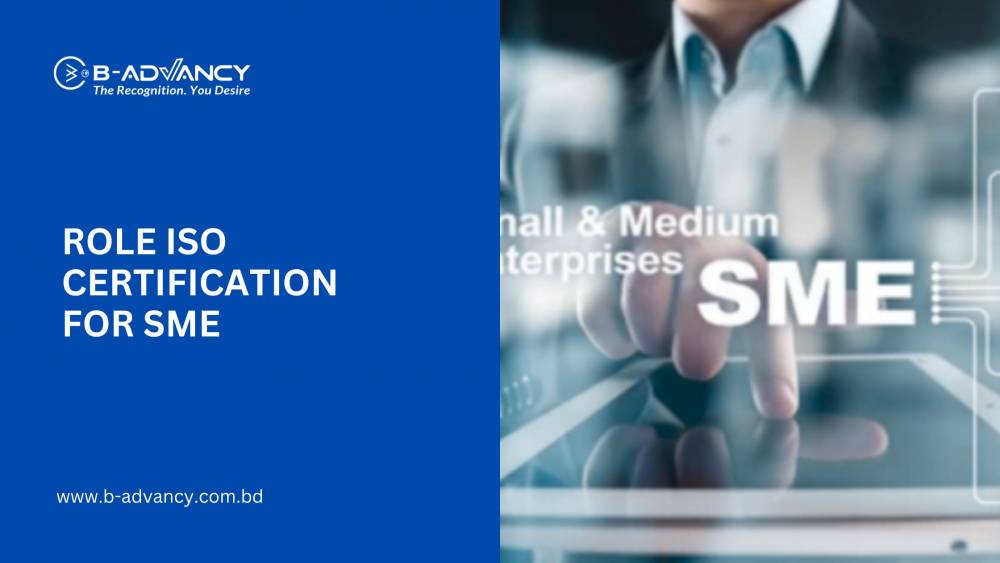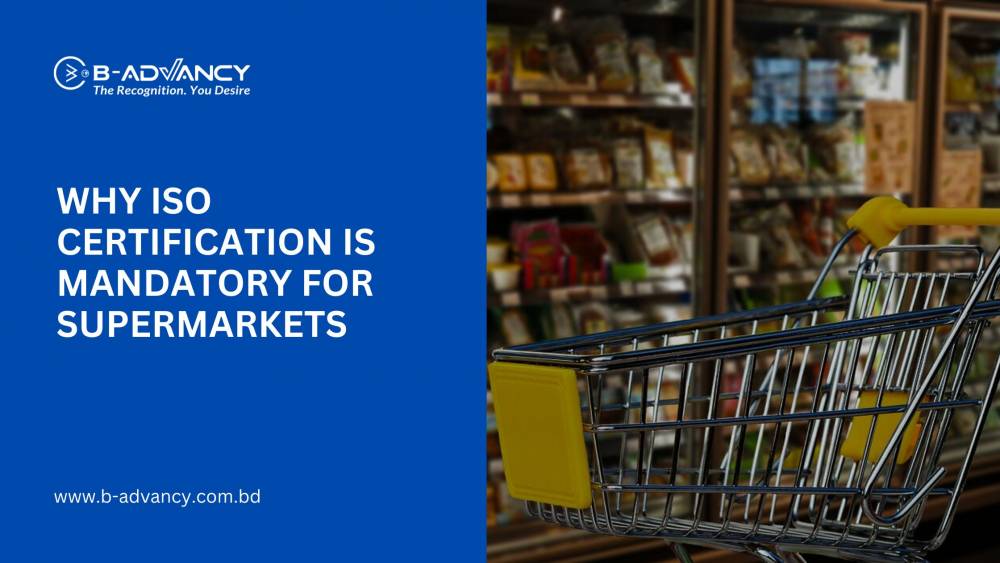The business world is constantly evolving, driven by new technologies, shifting global challenges, and a growing emphasis on sustainability. To ensure the world's most widely adopted Quality Management System (QMS) standard remains relevant, the next revision of ISO 9001 is on its way, likely to be published as ISO 9001:2026.
While the full, final details are still under wraps (with the Draft International Standard or DIS already circulated), early indications point to a pivotal shift that focuses on making quality management more resilient, ethical, and forward-looking. This isn't a radical overhaul, but an essential evolution from the 2015 version.
Here’s a look at the key themes and changes you should be thinking about now to prepare your organization for the next generation of quality.
🎯 Key Focus Areas of the New ISO 9001
The upcoming revision is primarily focused on incorporating lessons learned over the last decade and aligning the standard with modern business practices. Expect a deeper dive into these critical areas:
1. Stronger Emphasis on Quality Culture & Ethics
The new standard will place a more explicit responsibility on Top Management to actively promote a Quality Culture and ensure Ethical Behavior are embedded throughout the organization. Quality is no longer just a set of procedures; it's a fundamental part of the organization's DNA and its leadership.
-
Action Point: Review your leadership and awareness programs. Are you demonstrating and training on a true culture of quality and ethical conduct?
2. Enhanced Risk and Opportunity Management
While Risk-Based Thinking was central to ISO 9001:2015, the new version reframes and strengthens this requirement. Expect clearer separation and expanded requirements for addressing:
-
Risks: Moving beyond simple identification to a more robust analysis and evaluation of potential threats to your QMS and objectives.
-
Opportunities: Giving proactive development of opportunities equal weight to risk mitigation, encouraging innovation and growth.
3. Integration of Climate Change and Sustainability
Driven by an amendment released in 2024, the revision formally integrates climate change considerations into the context of the organization (Clause 4.1). Organizations must now consider the effects of climate change on their ability to achieve the intended results of the QMS. Broader sustainability and social responsibility are also expected to feature more prominently, urging organizations to look at their environmental and social footprint.
-
Action Point: Evaluate how climate-related factors could impact your raw materials, supply chain, production environment, or distribution, and factor this into your QMS planning.
4. Digital Transformation and Technology
In a world increasingly reliant on AI, IoT, and automation, the new standard is expected to address the impact of digital transformation on quality management. This includes considerations for data integrity, cyber resilience, and leveraging digital tools for efficient QMS operations.
5. Greater Focus on Resilience and Supply Chain
Following global disruptions, there is an increased focus on organizational resilience and the robustness of the supply chain. Organizations will likely need to demonstrate stronger processes for managing supplier performance and ensuring continuity during external challenges.
🗓️ What is the Timeline and Next Step?
While the original target was late 2025, the new version is now widely anticipated to be published as ISO 9001:2026.
-
Status: The Draft International Standard (DIS) has been circulated to national bodies for review.
-
Target Publication: September 2026 (estimated).
-
Transition Period: Historically, the International Accreditation Forum (IAF) grants organizations a three-year transition period following publication.
This means you have time, but the time to prepare is now.
✅ How to Proactively Prepare Your QMS
Don't wait for the final standard to drop. Start preparing for a smooth transition today by taking these key steps:
-
Understand the Core Themes: Stay informed about the likely changes in leadership, risk/opportunity, and sustainability.
-
Conduct a Gap Analysis: Once the Final Draft International Standard (FDIS) is available, perform a gap analysis of your current ISO 9001:2015 QMS against the new requirements.
-
Strengthen Leadership & Culture: Begin reinforcing the concepts of quality culture and ethical behavior with your top management and employees.
-
Incorporate Climate Factors: Address the 2024 climate change amendment in your Context of the Organization (Clause 4.1).
-
Invest in Training: Plan for updated training across all levels of your organization, especially for internal auditors.
The next version of ISO 9001 isn't just about compliance; it's an opportunity to future-proof your Quality Management System, making it more dynamic, ethical, and resilient in the face of modern challenges.

